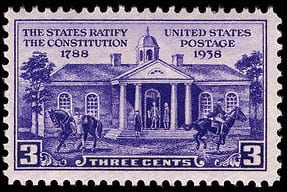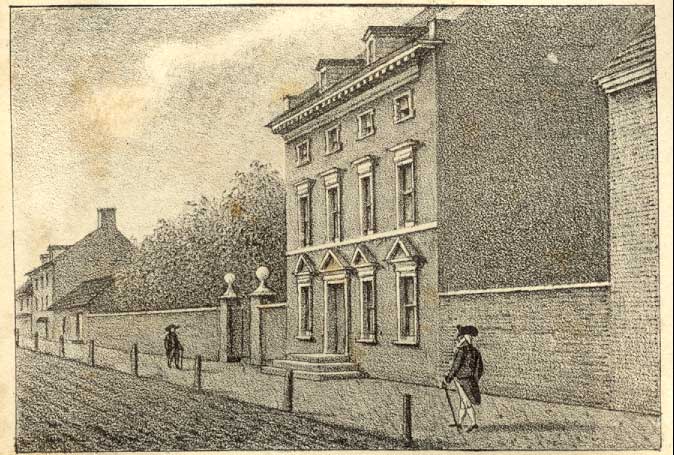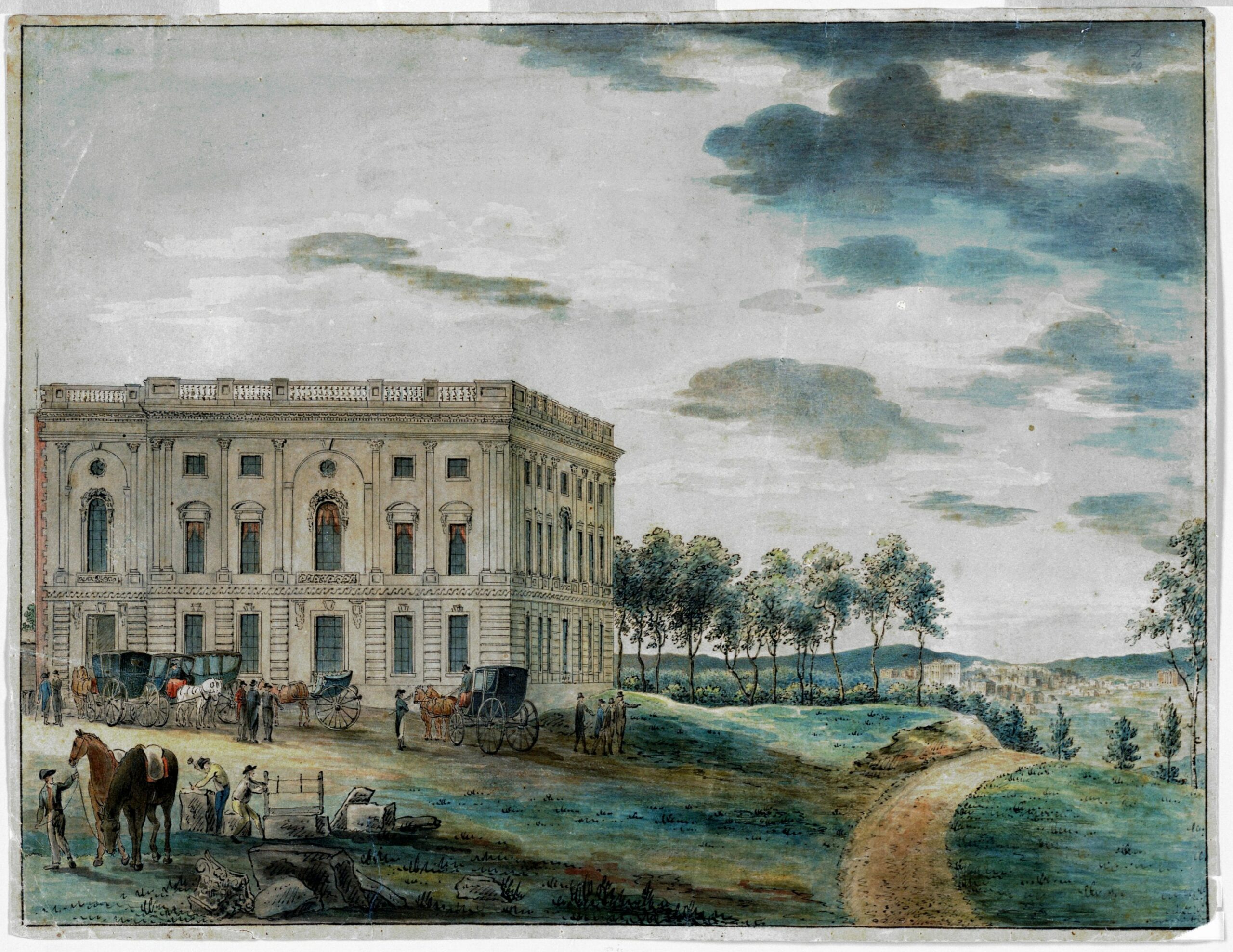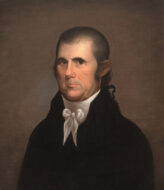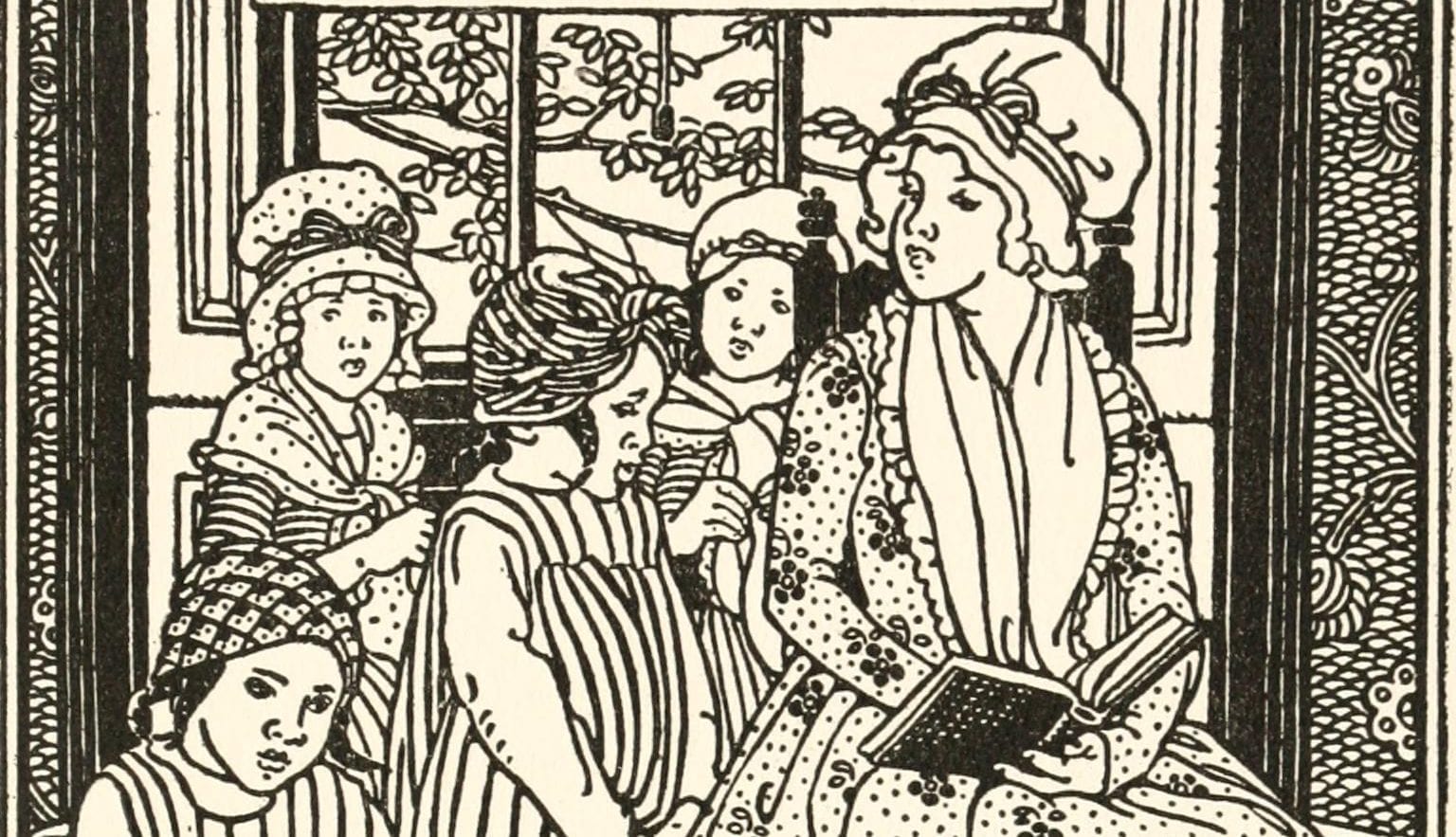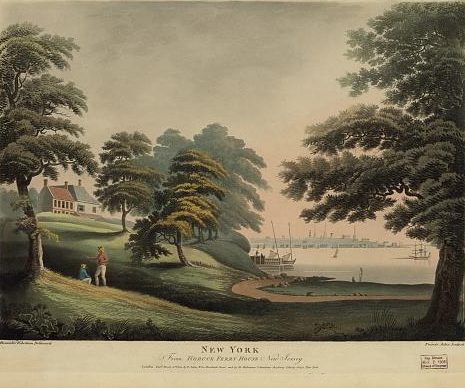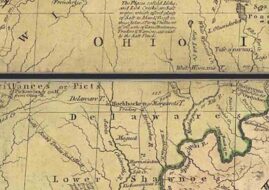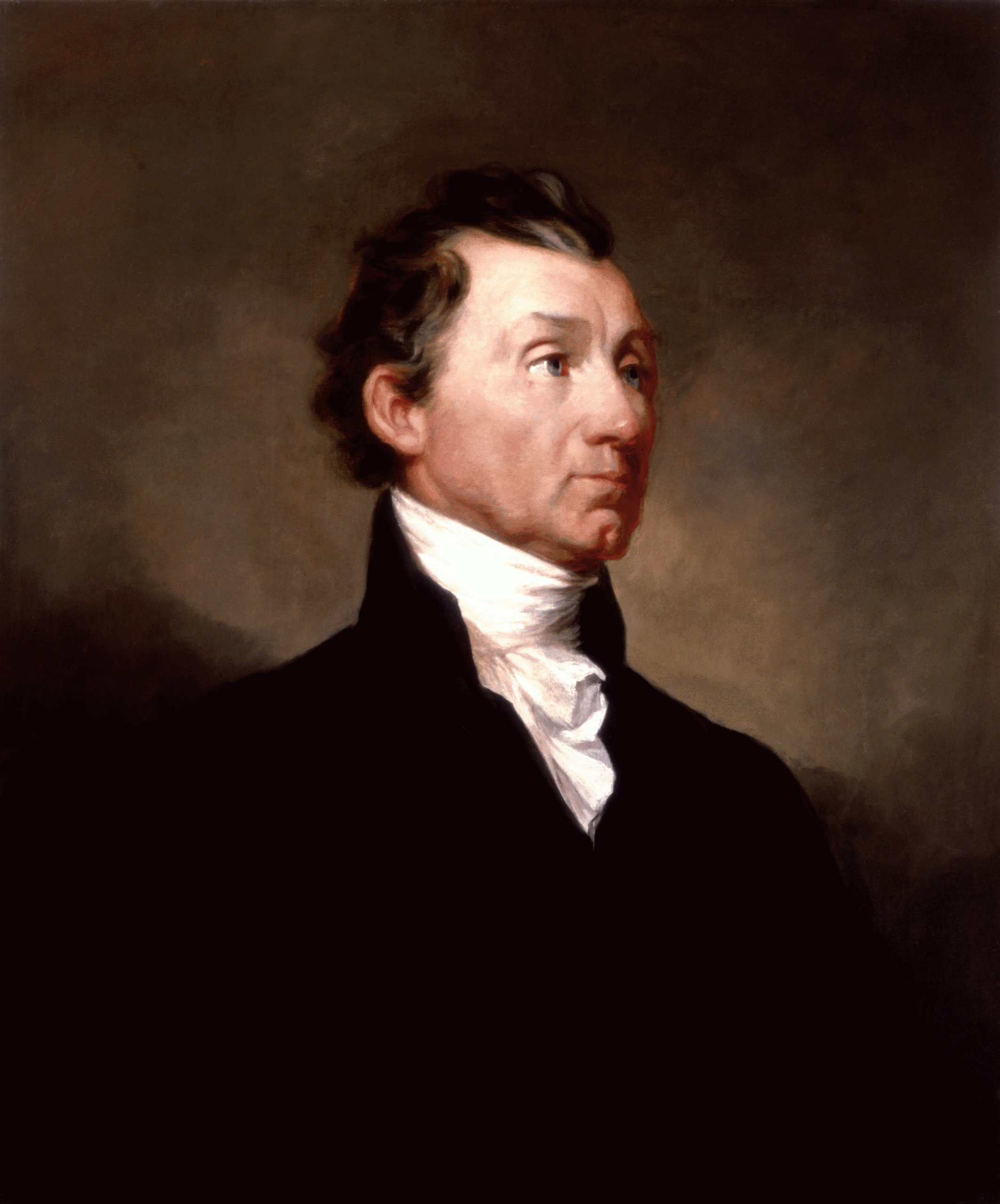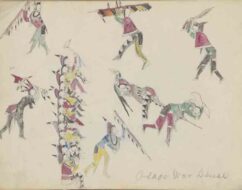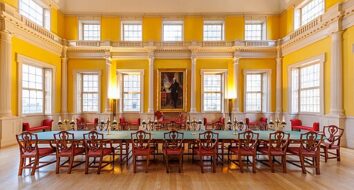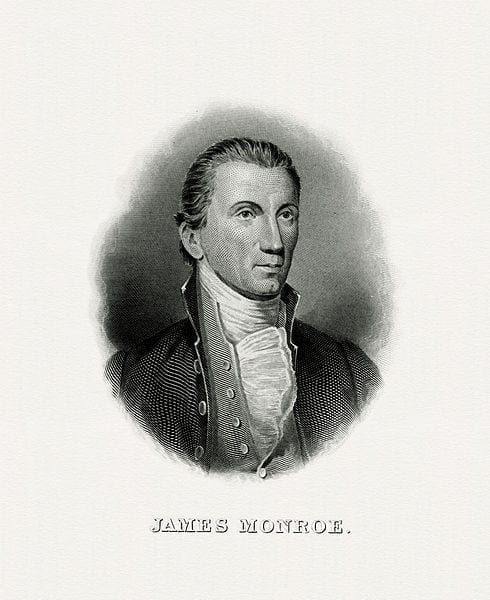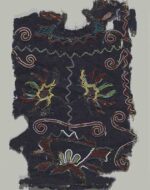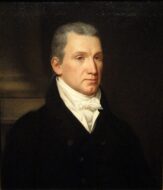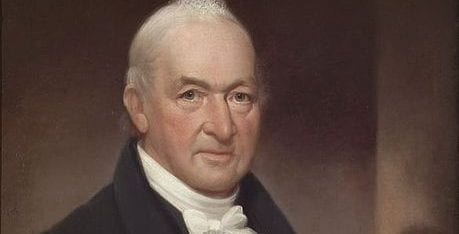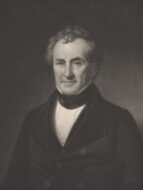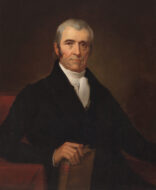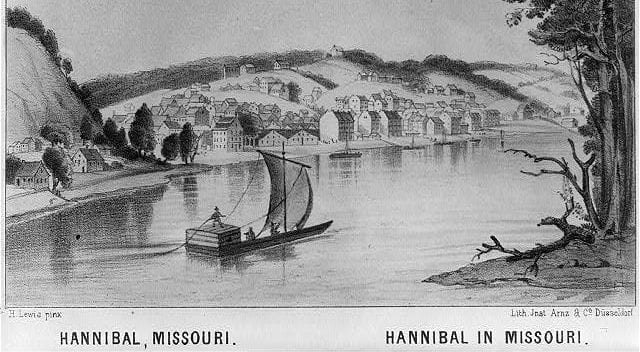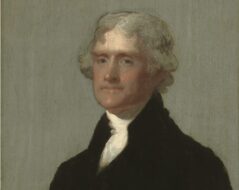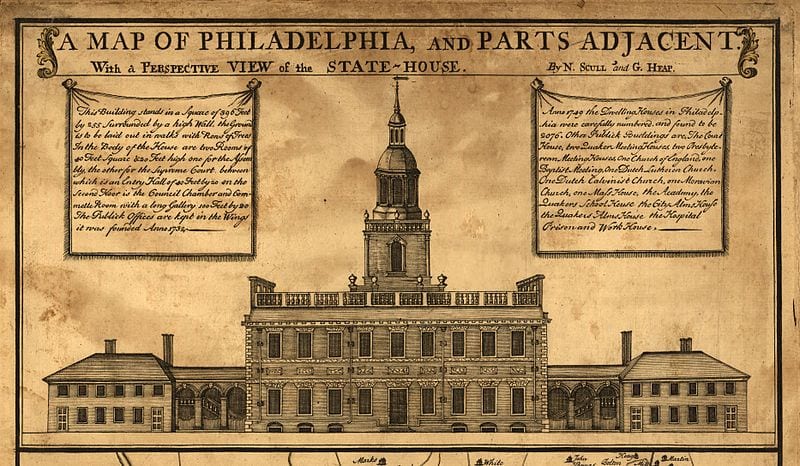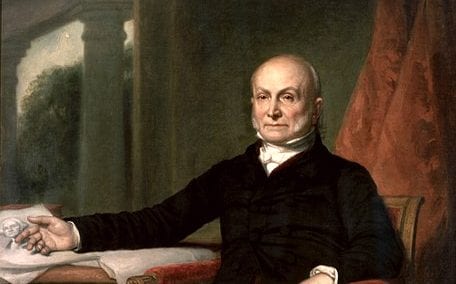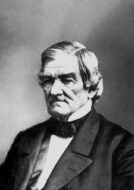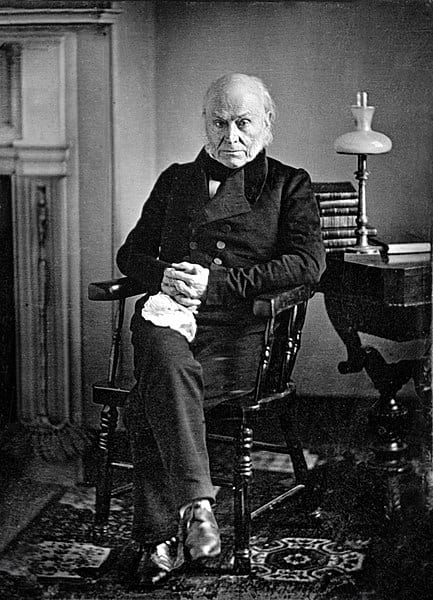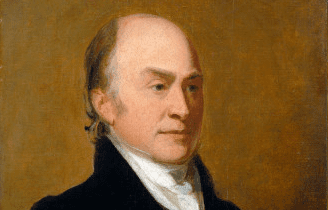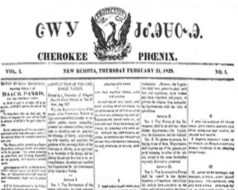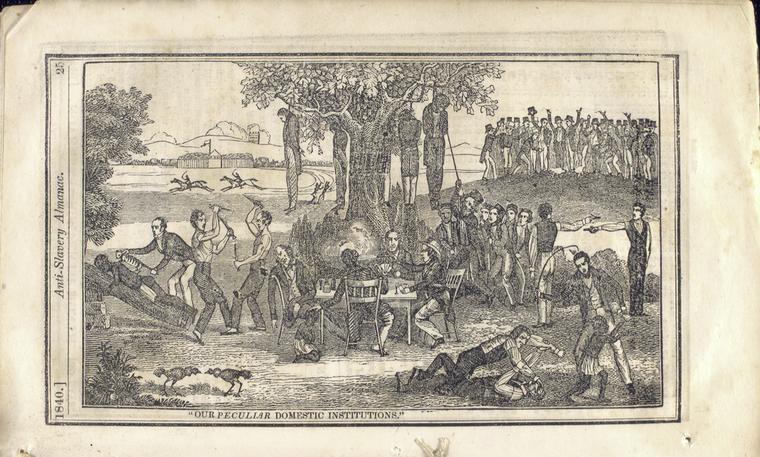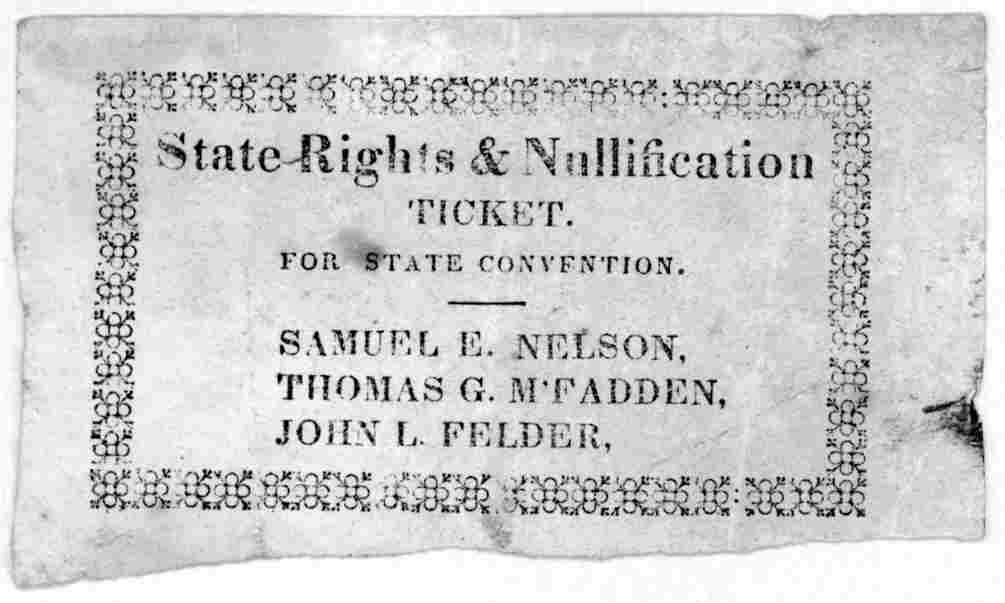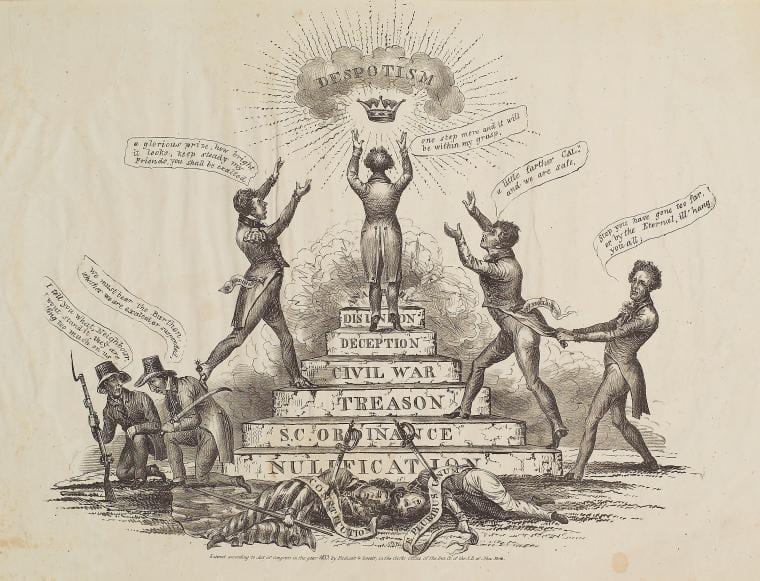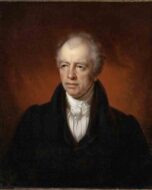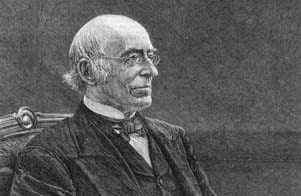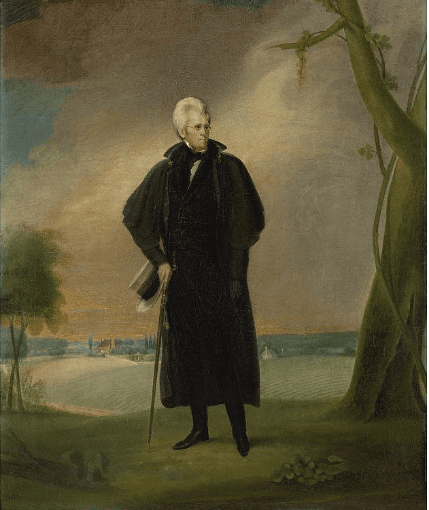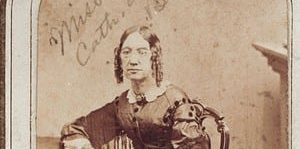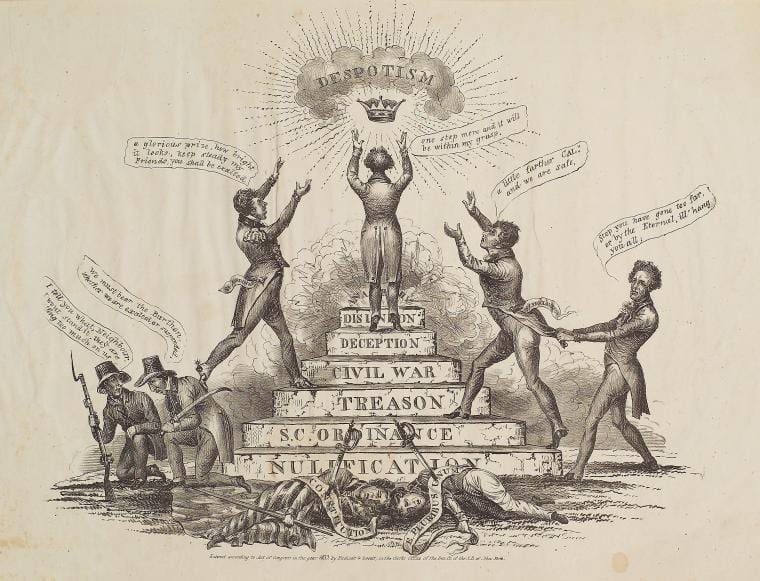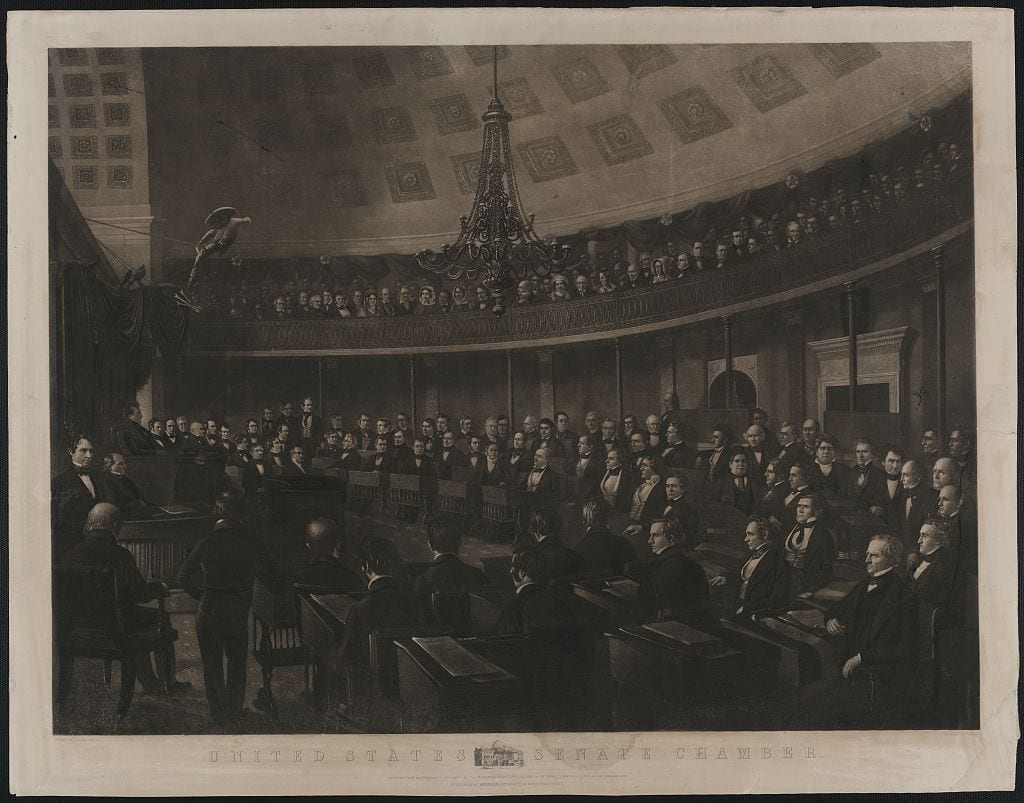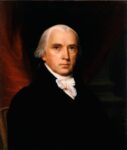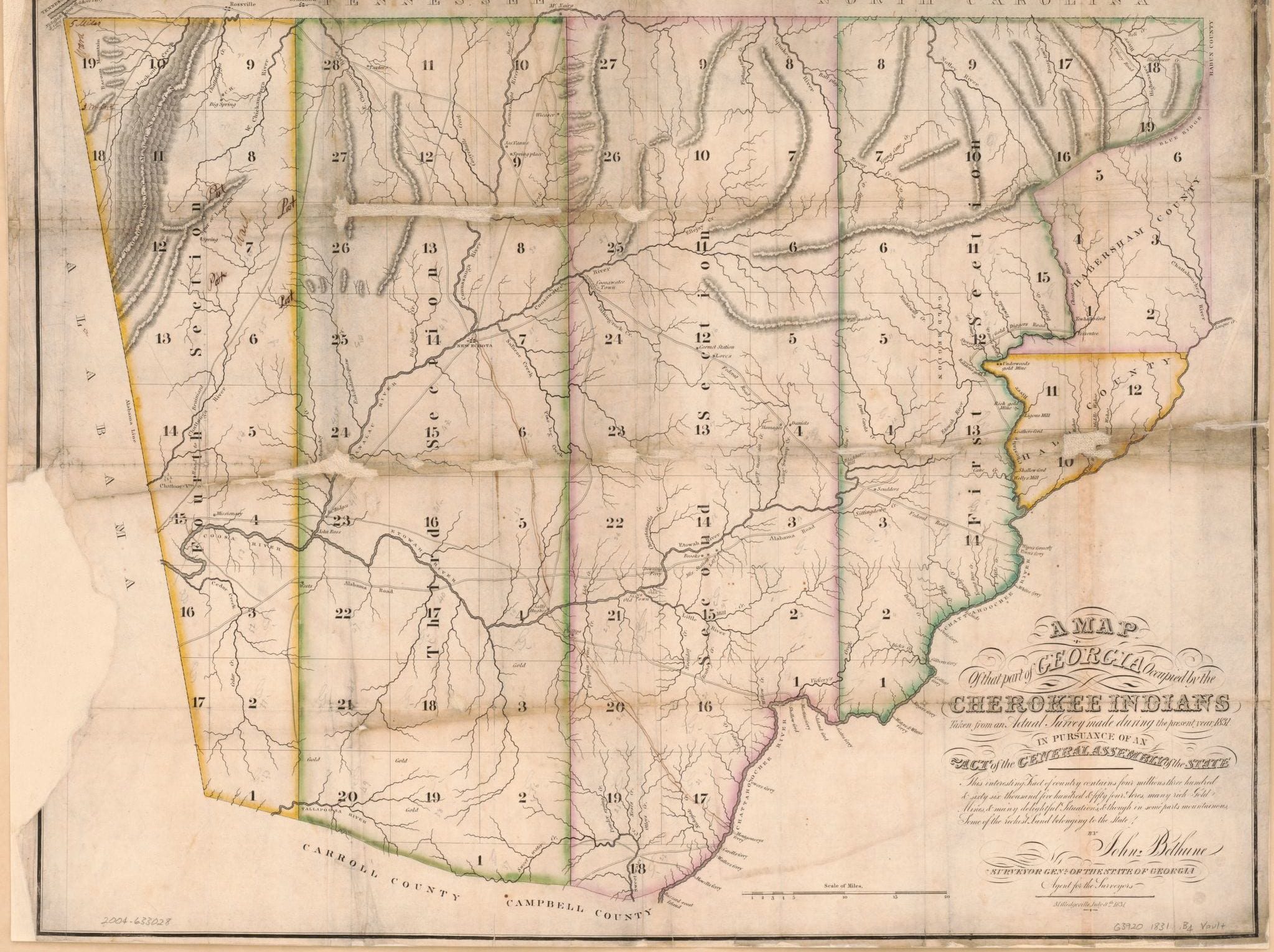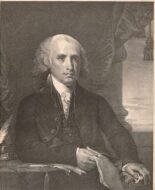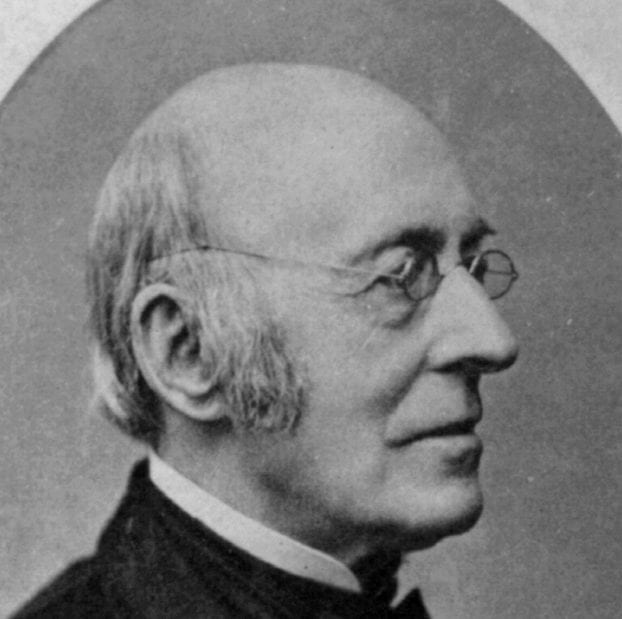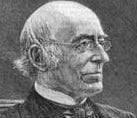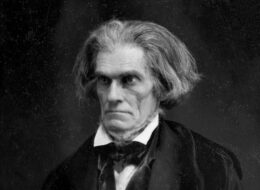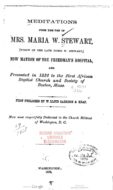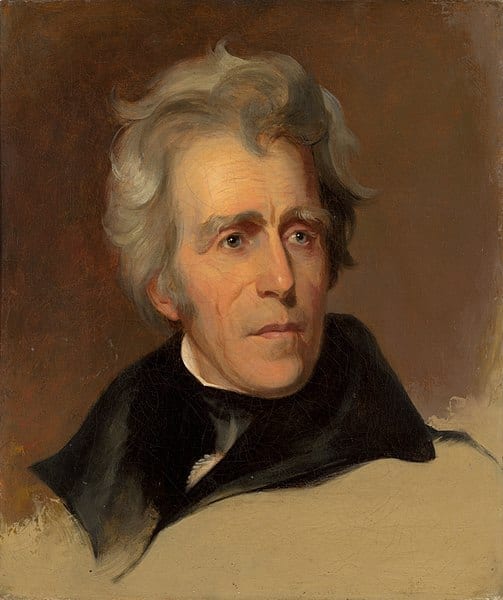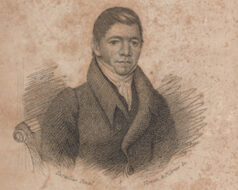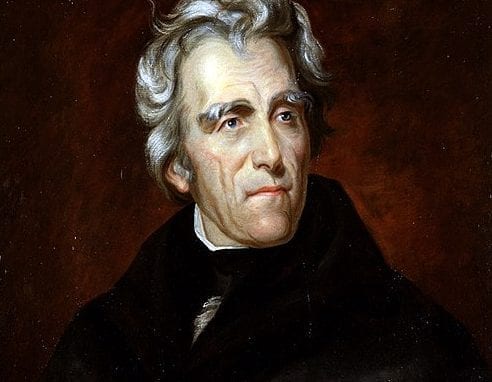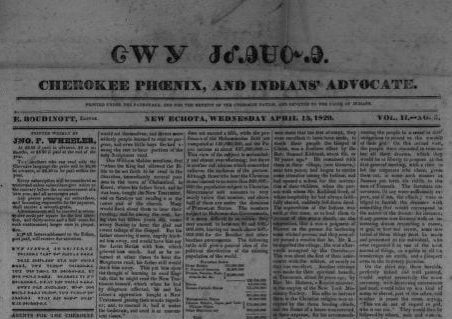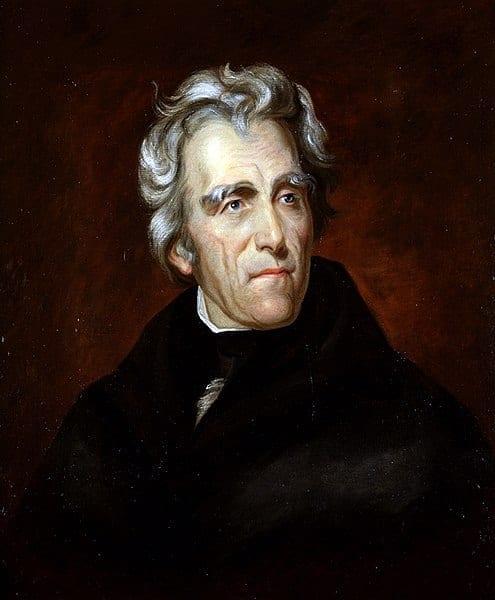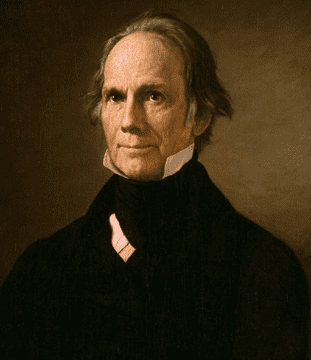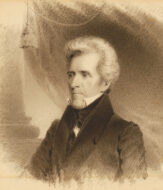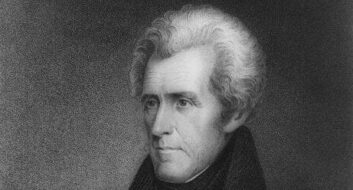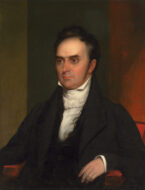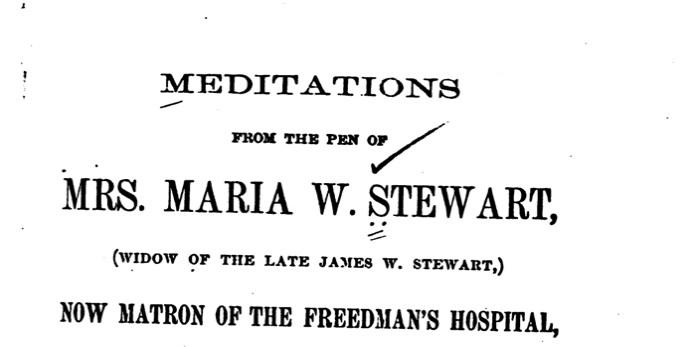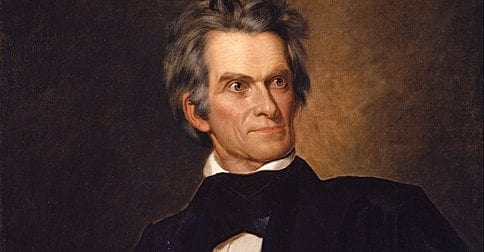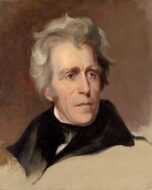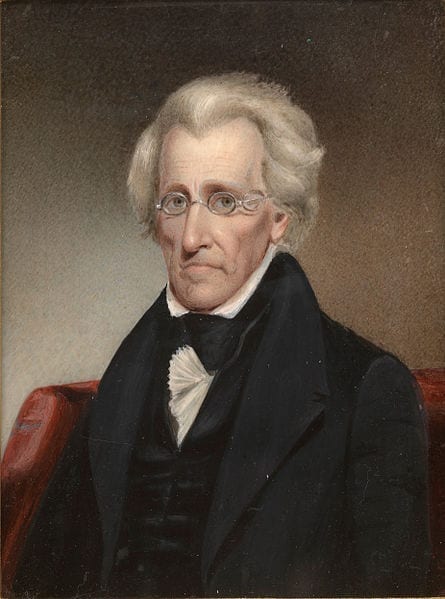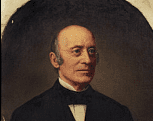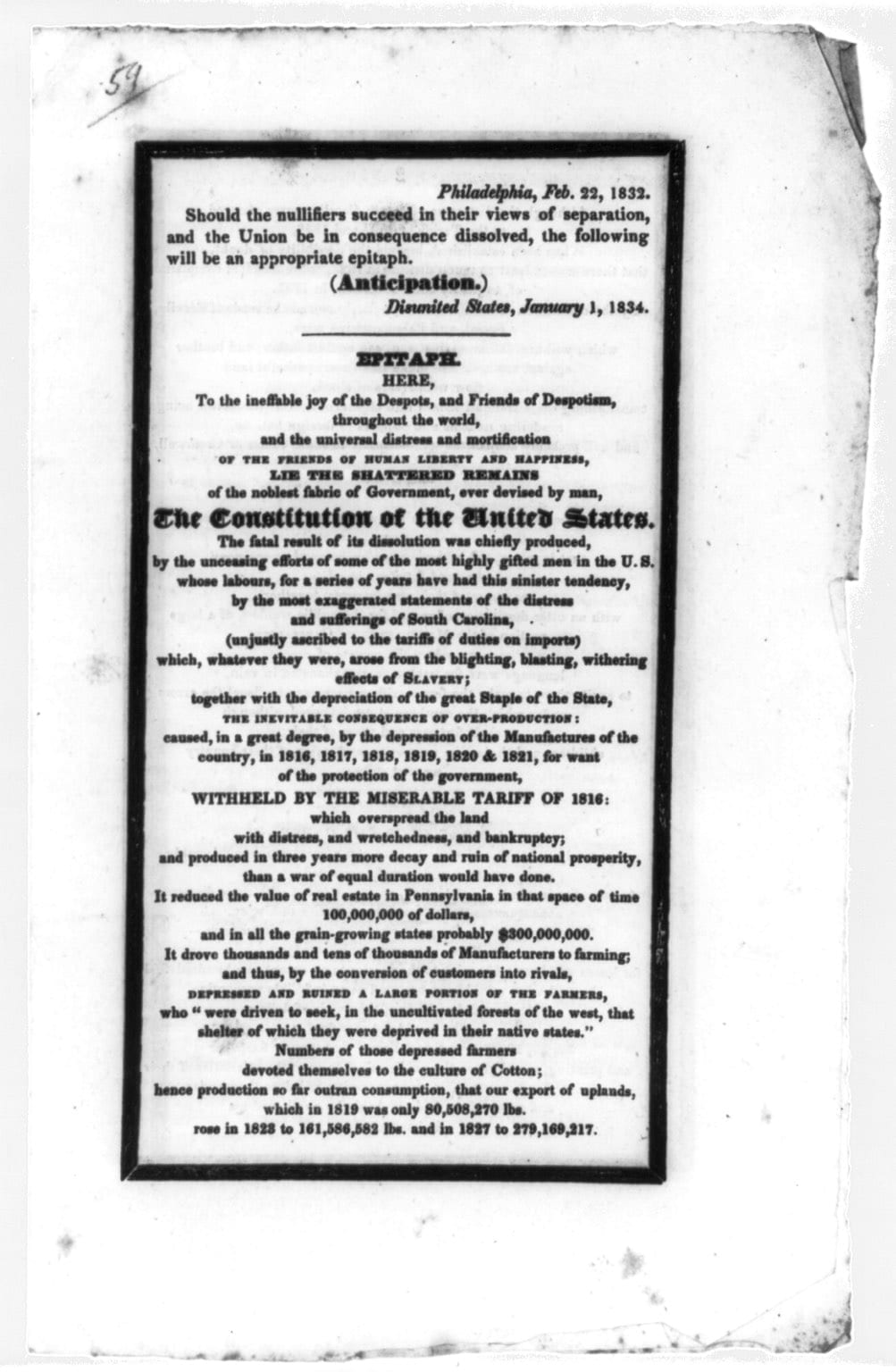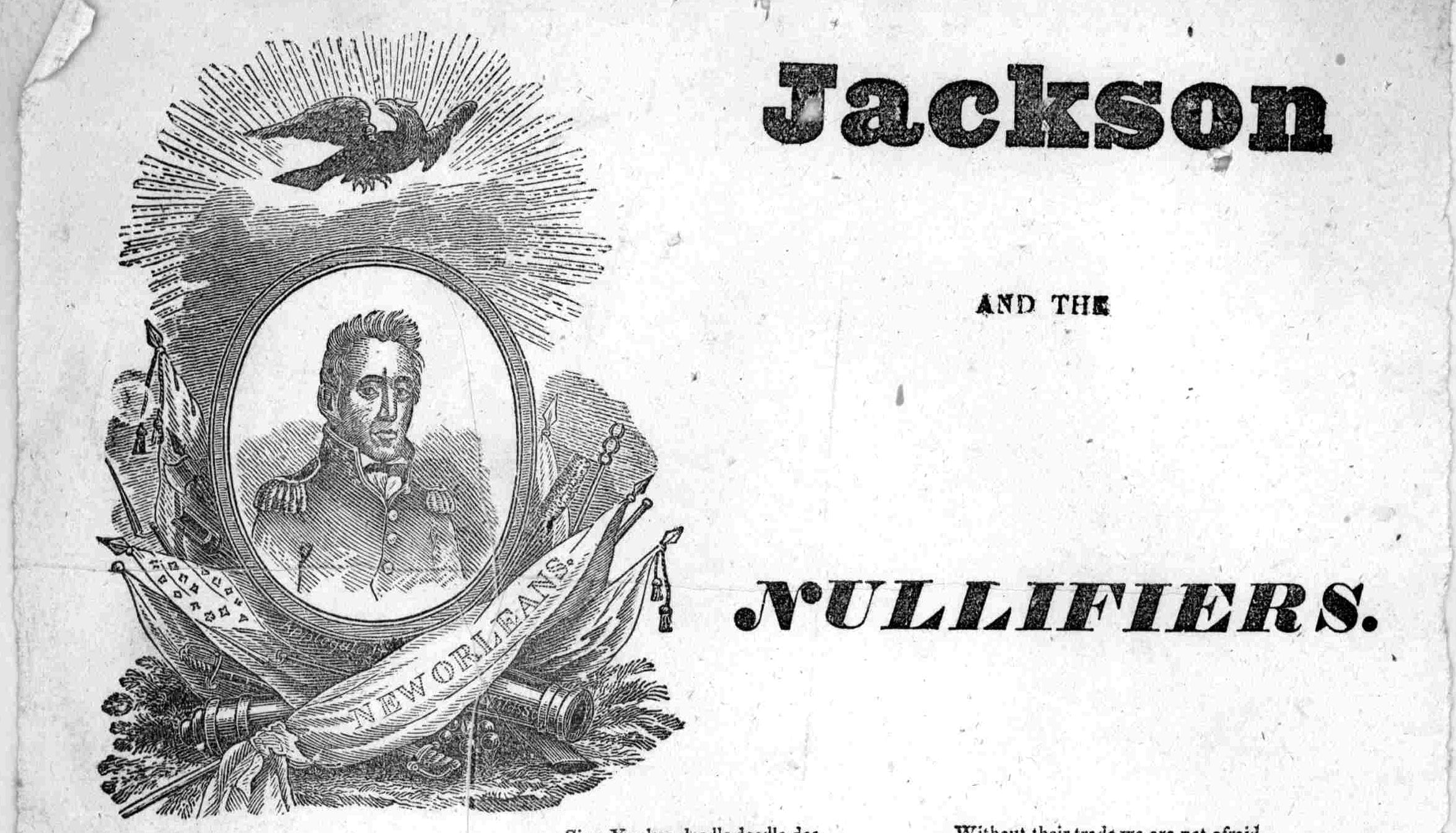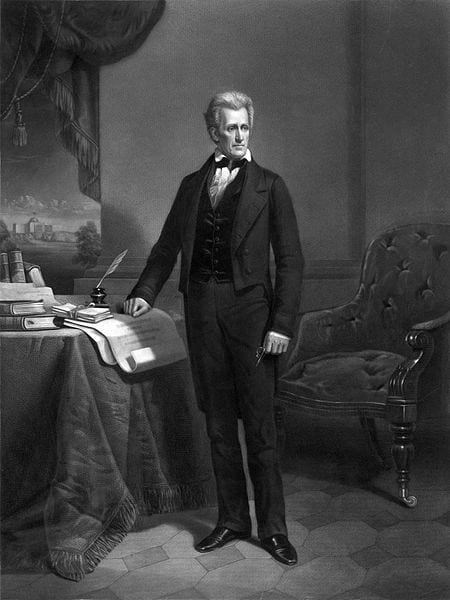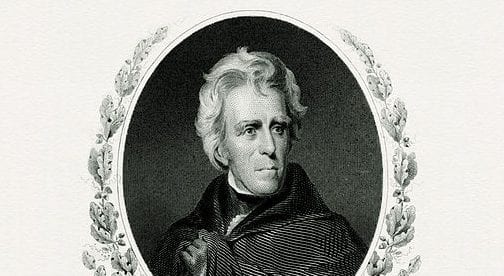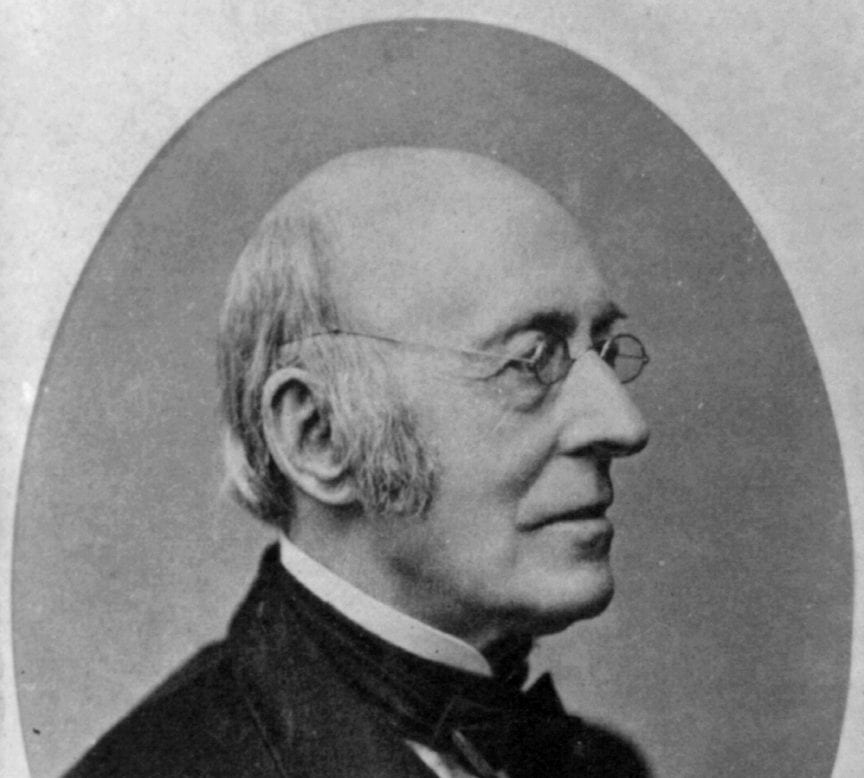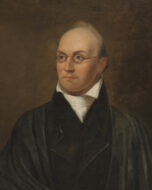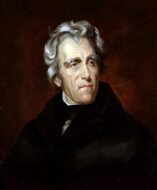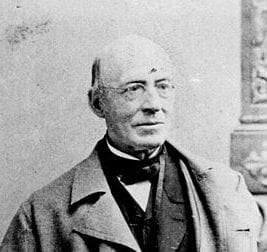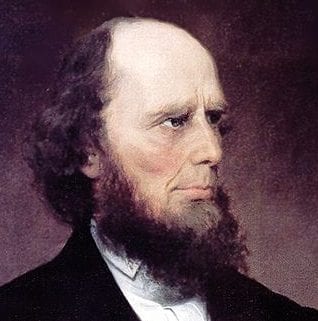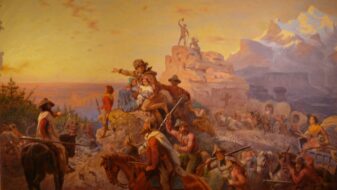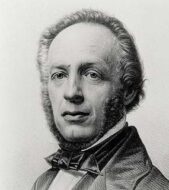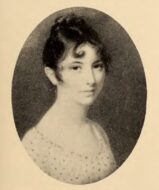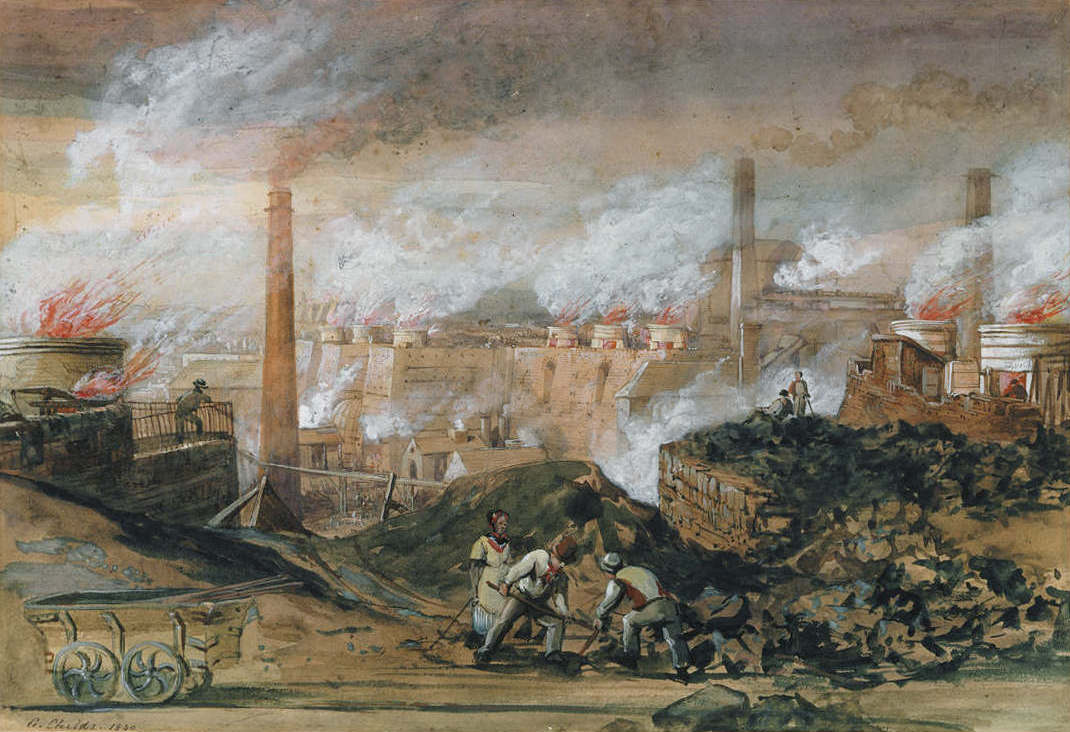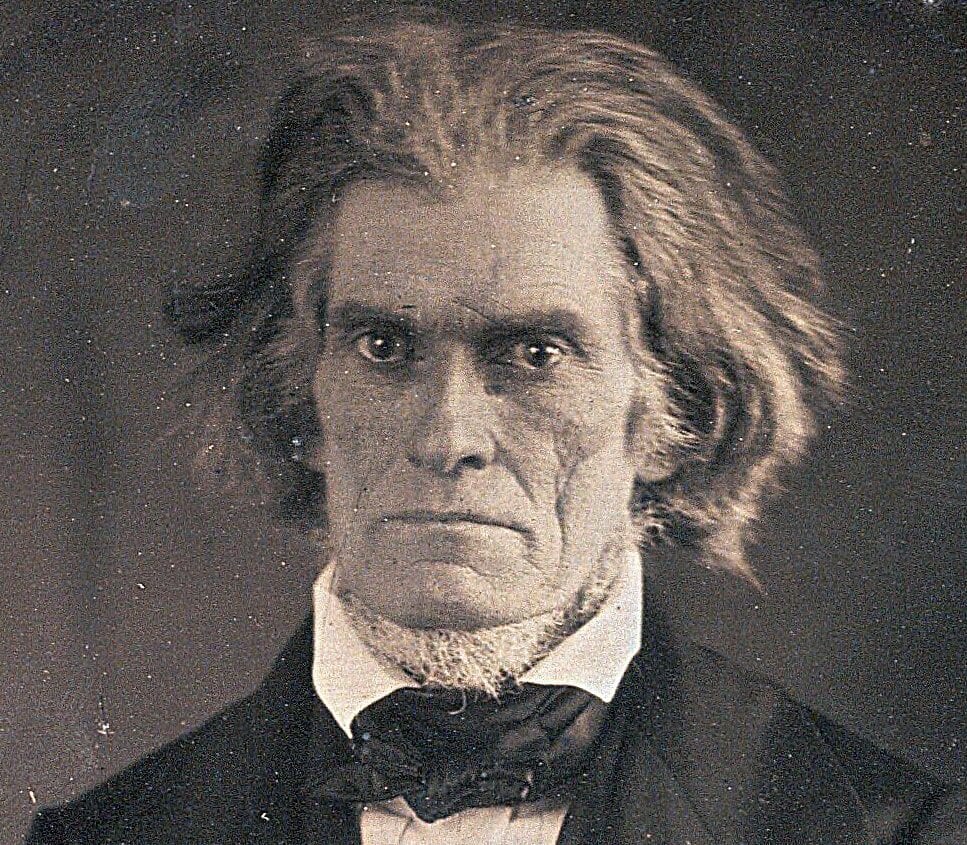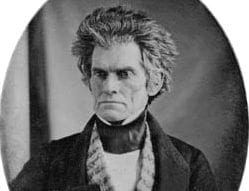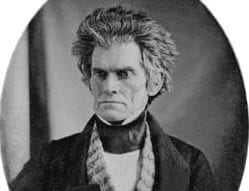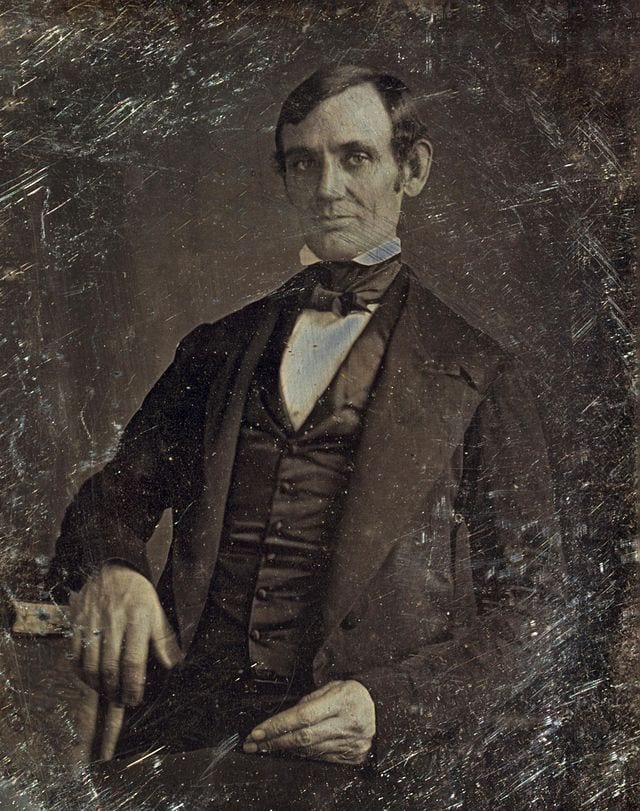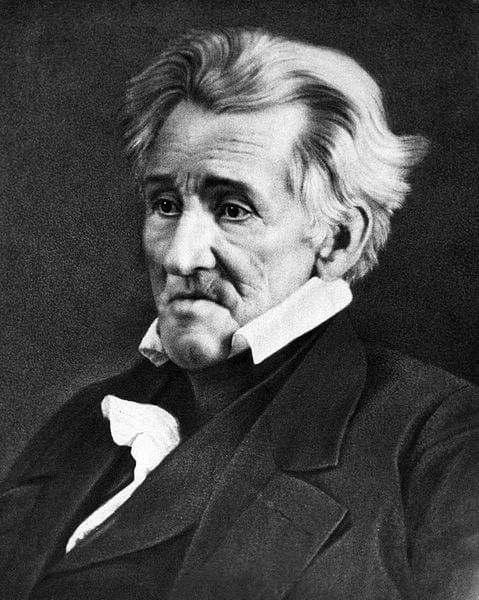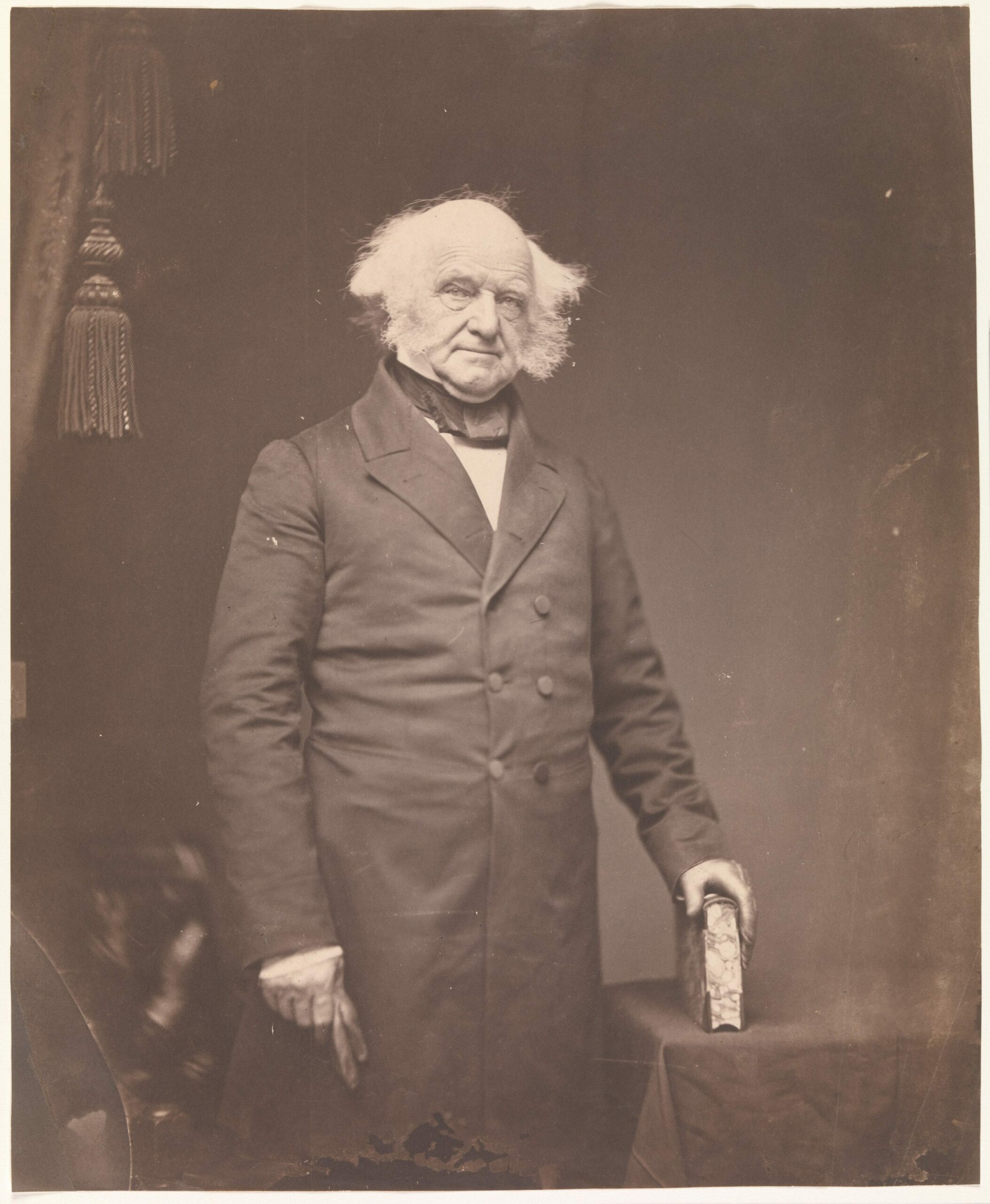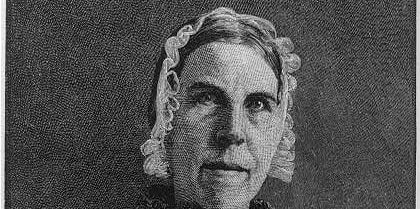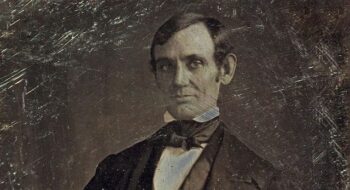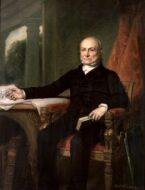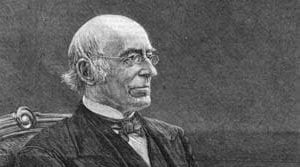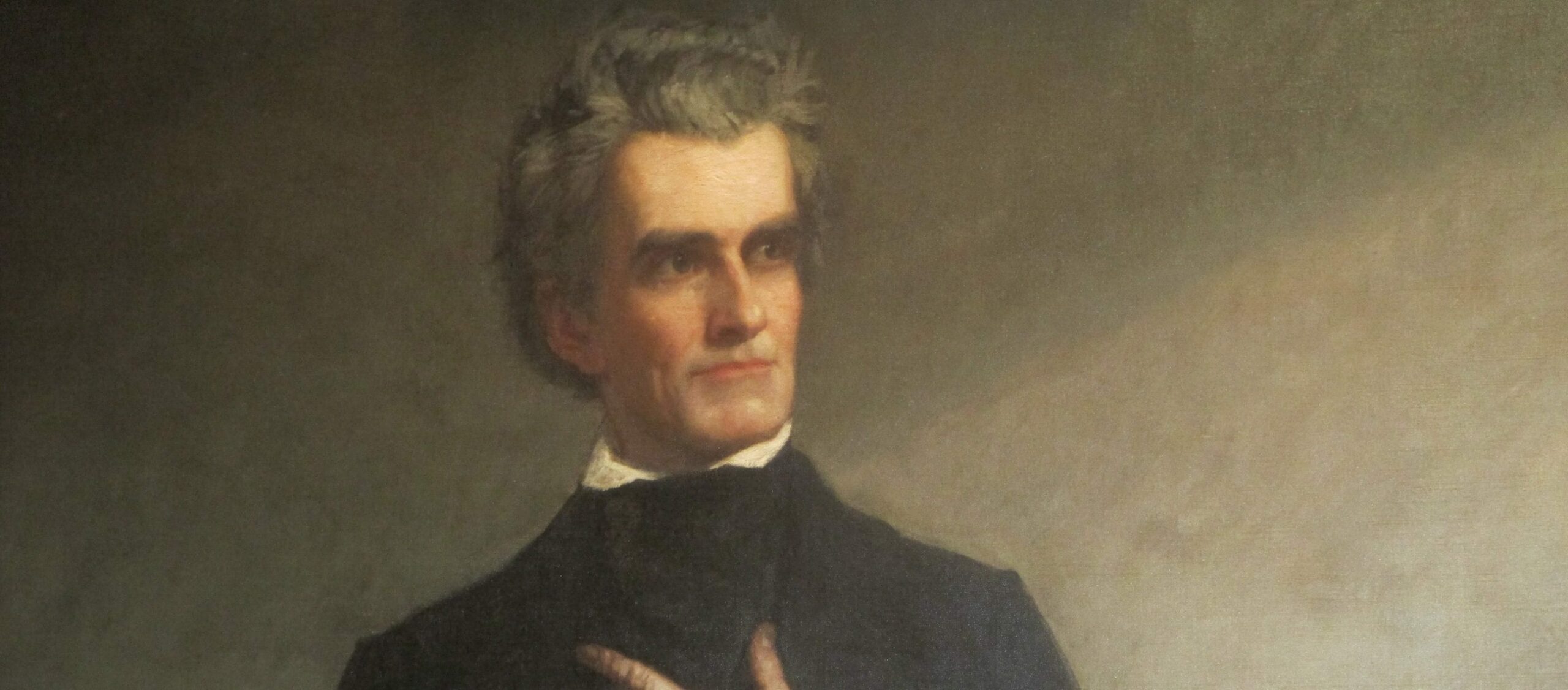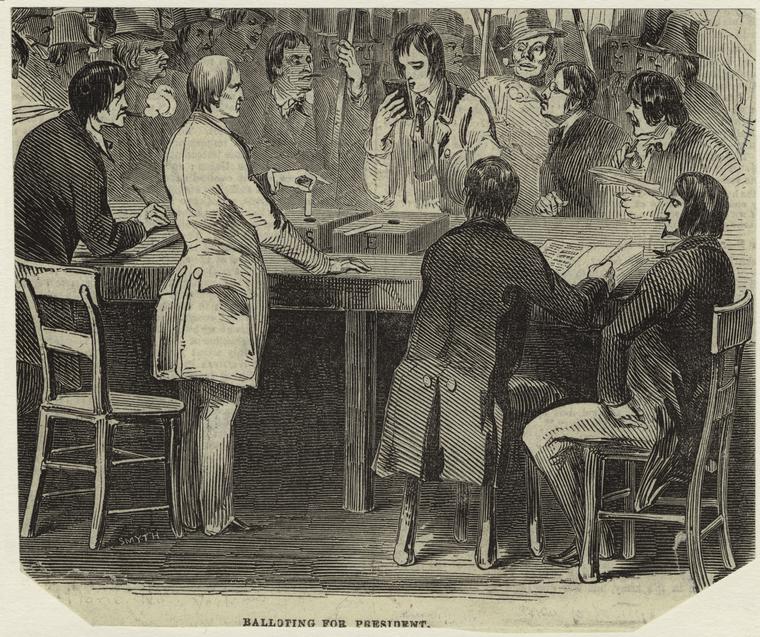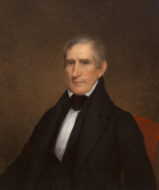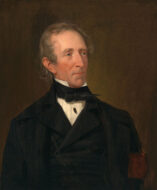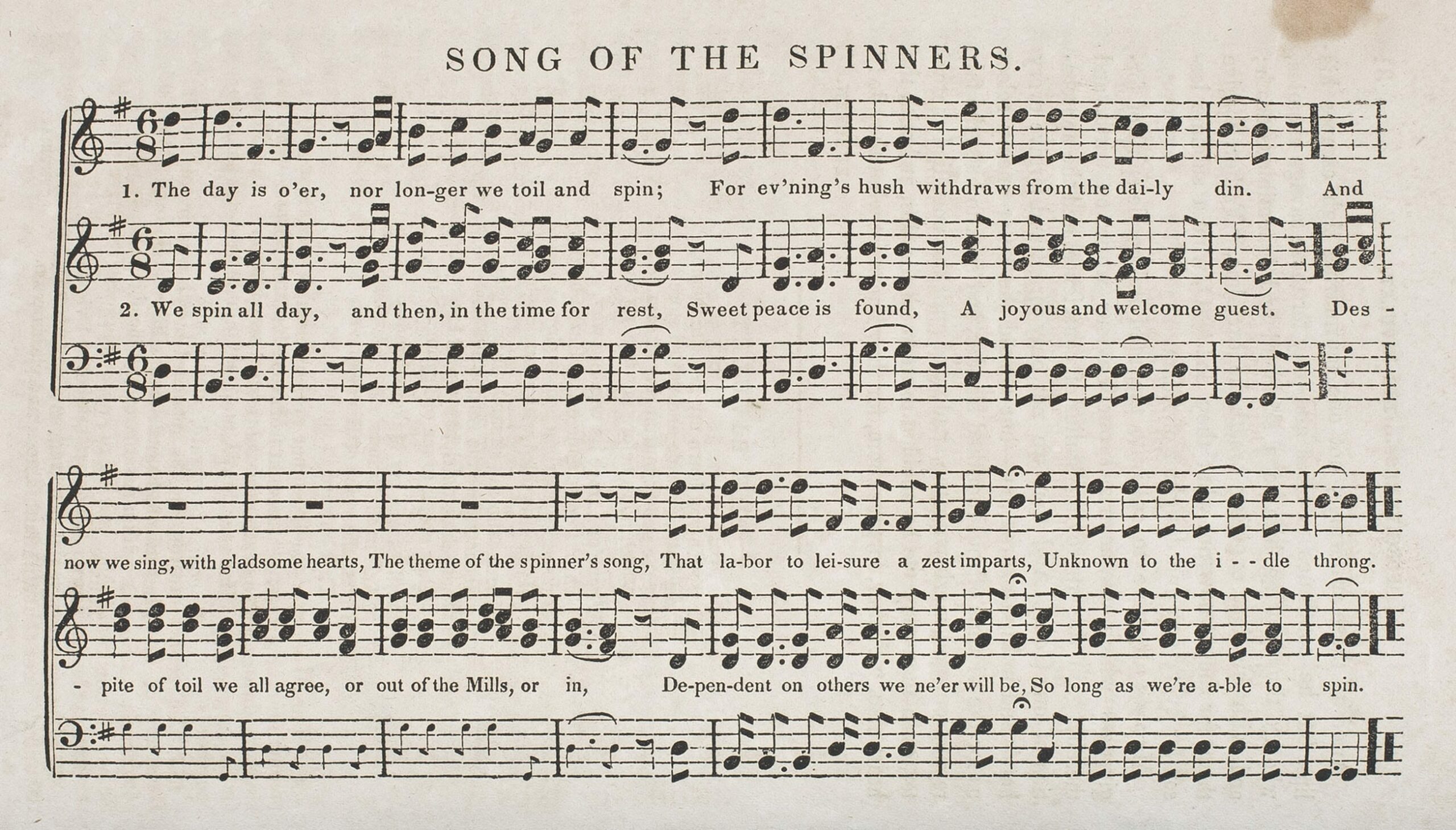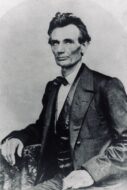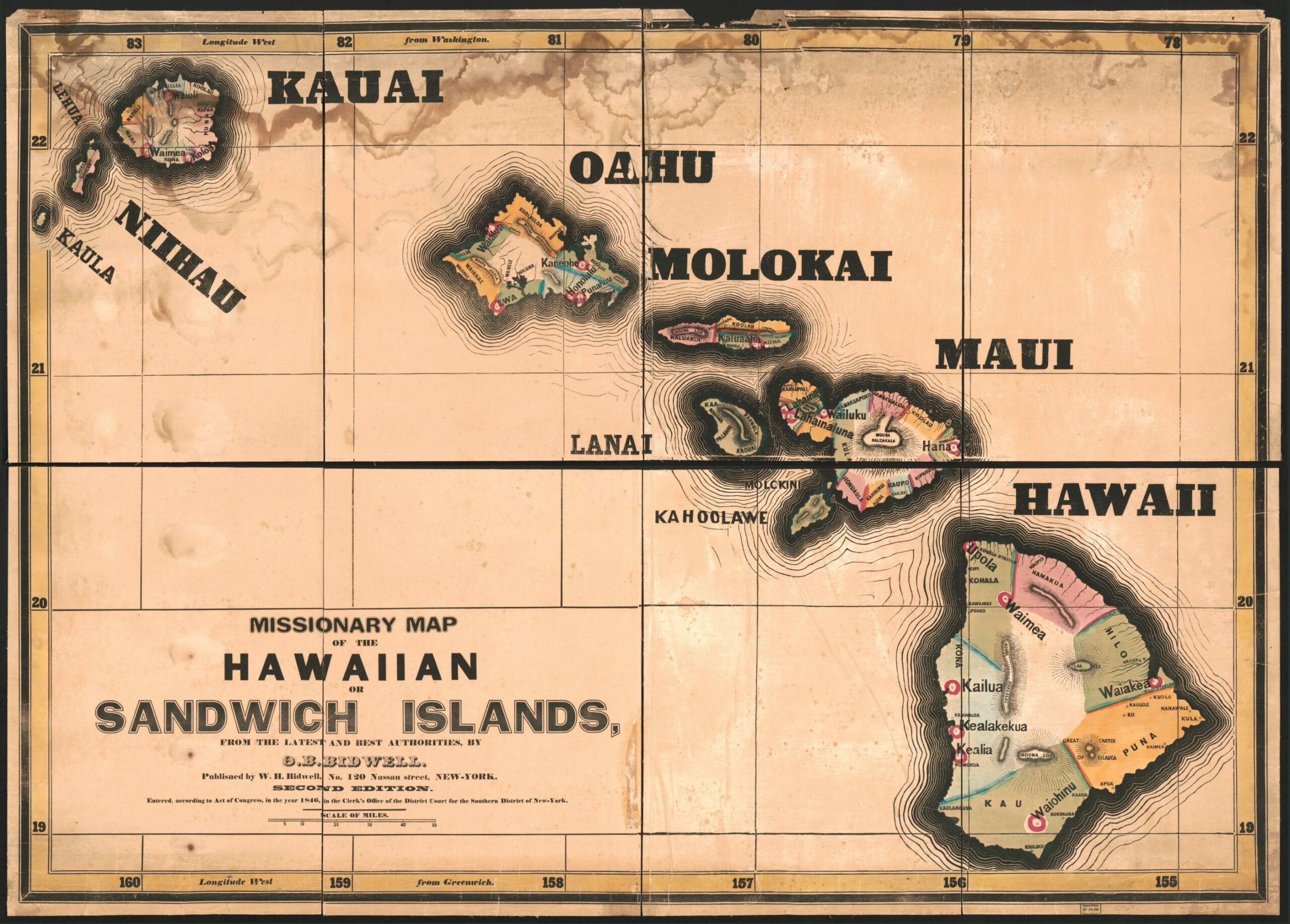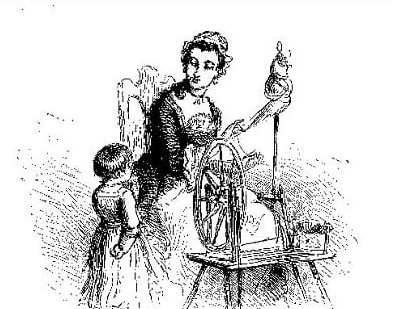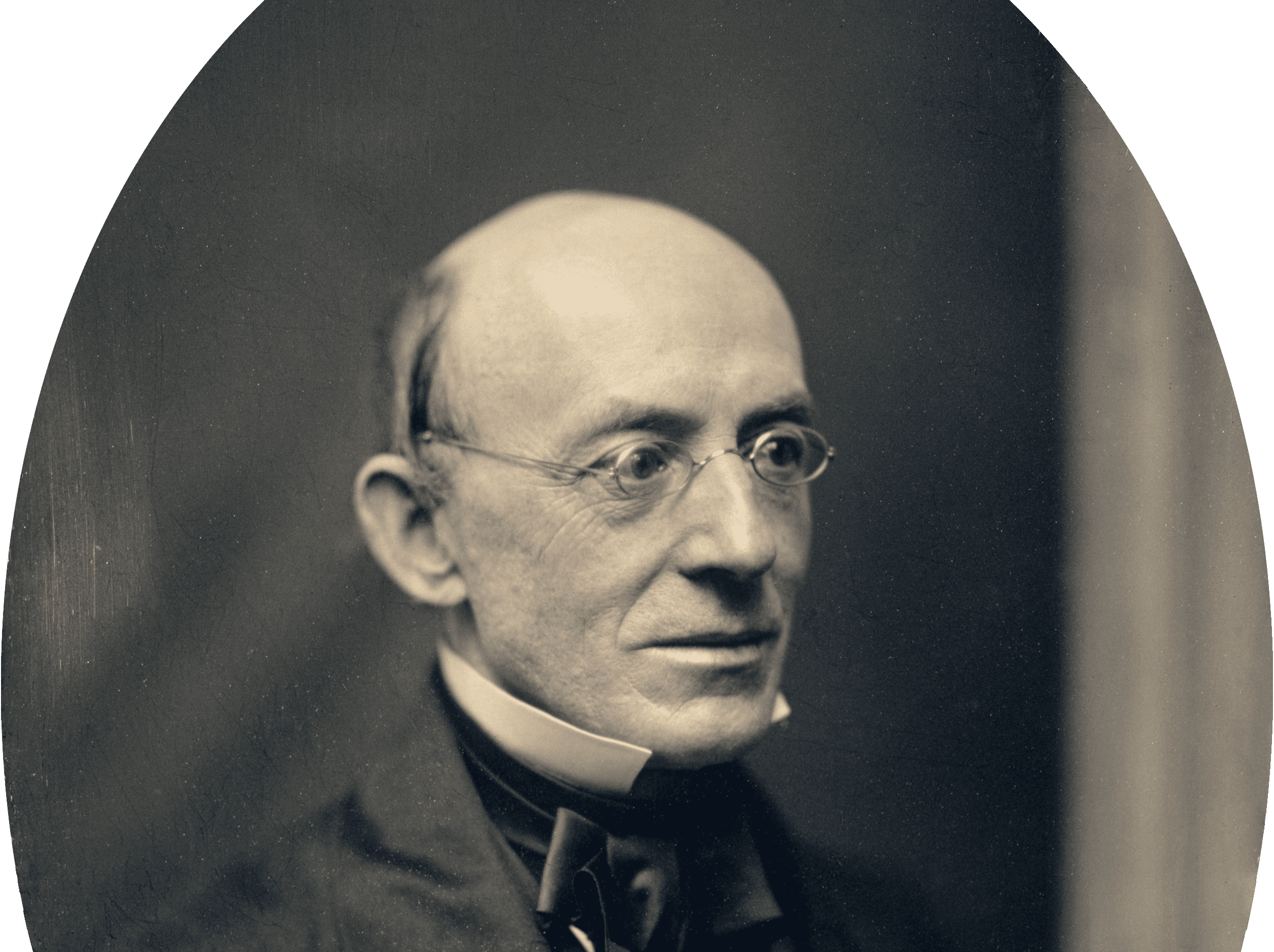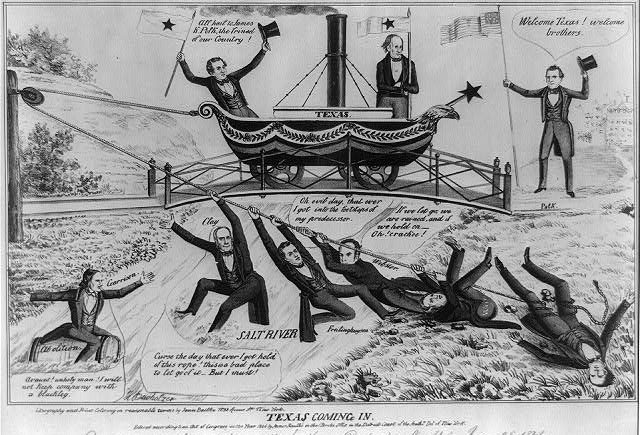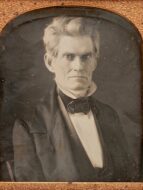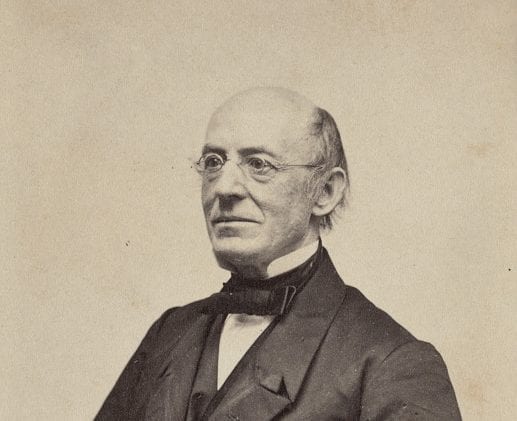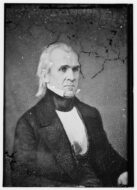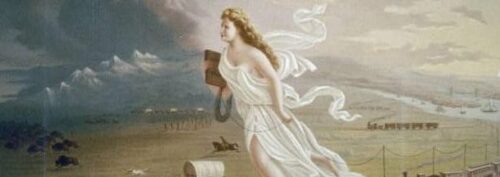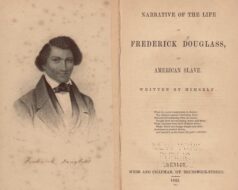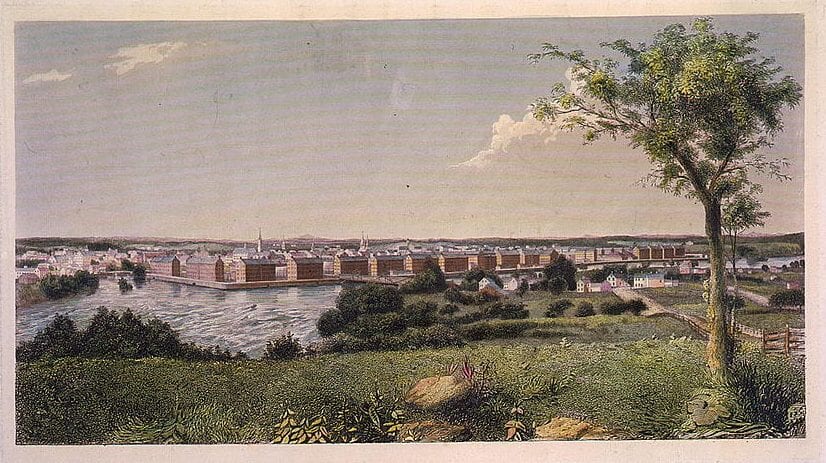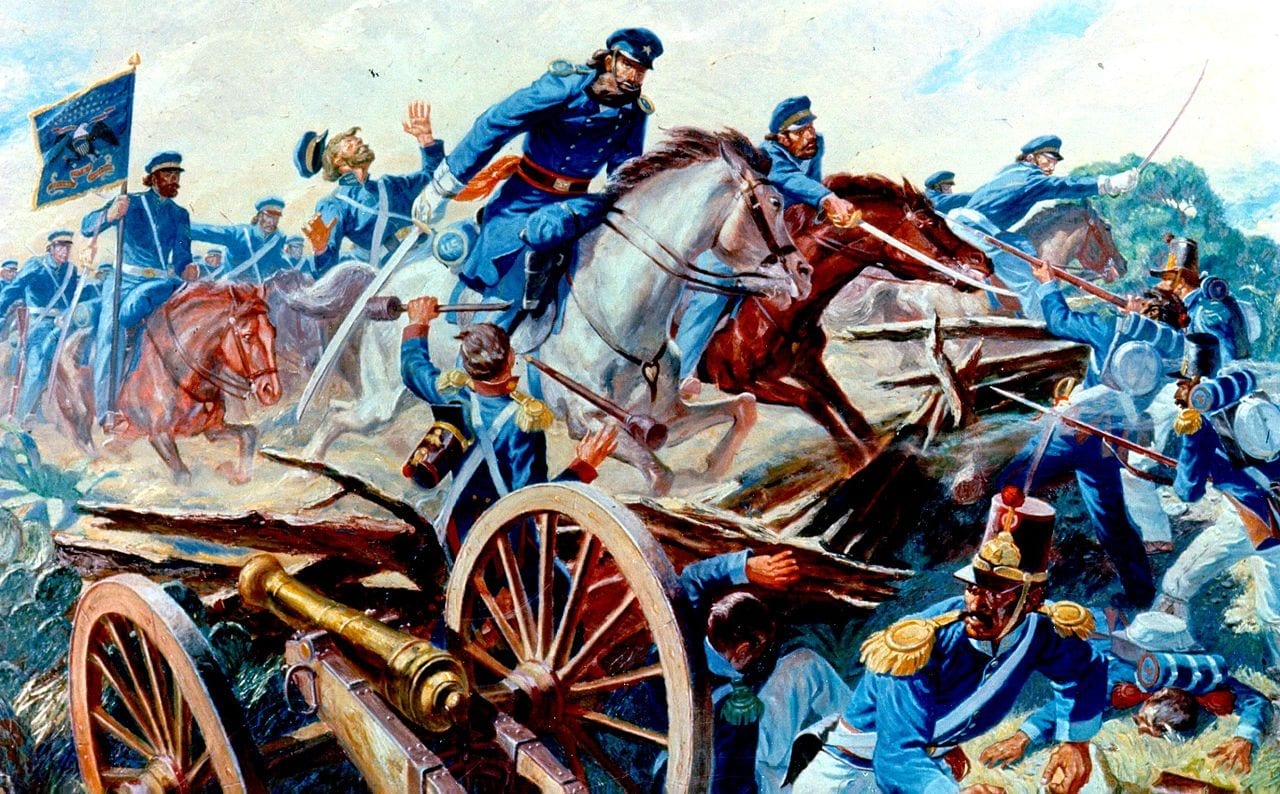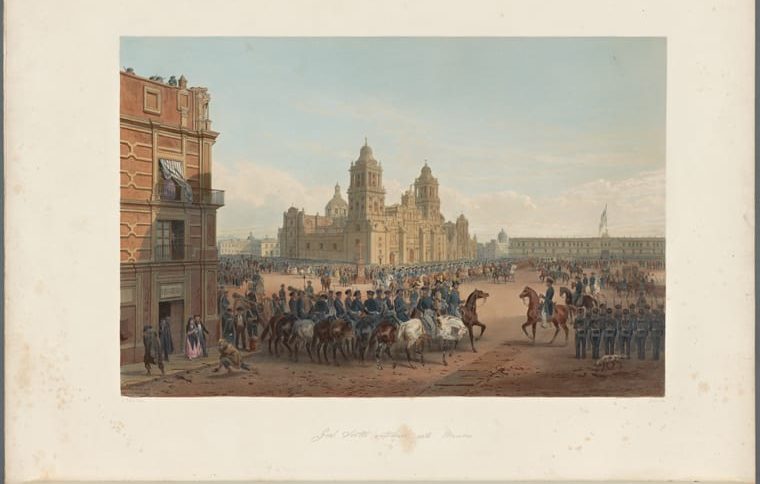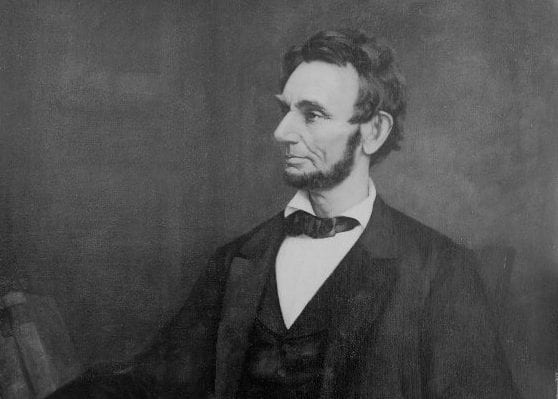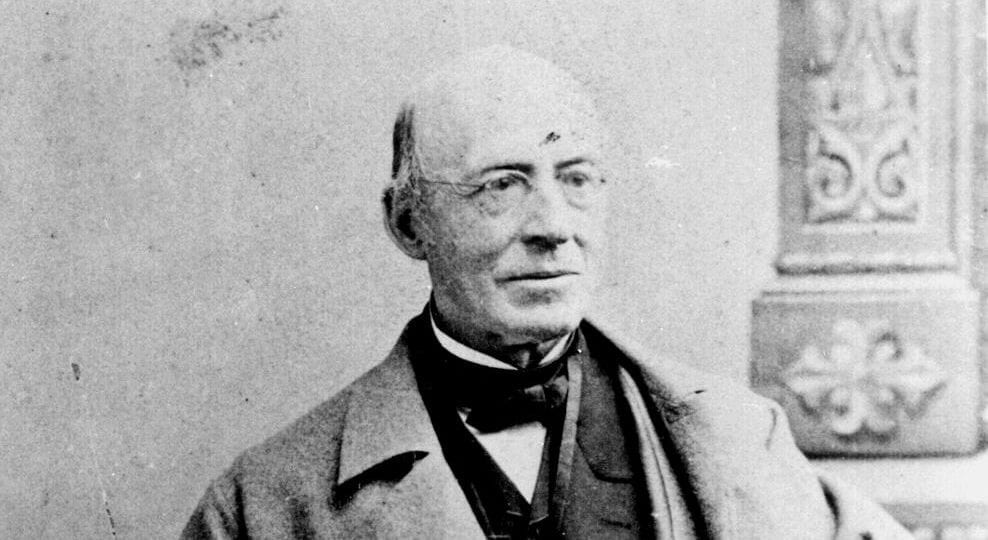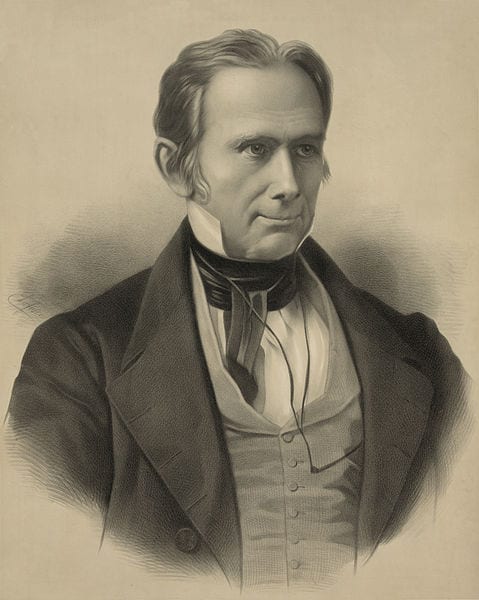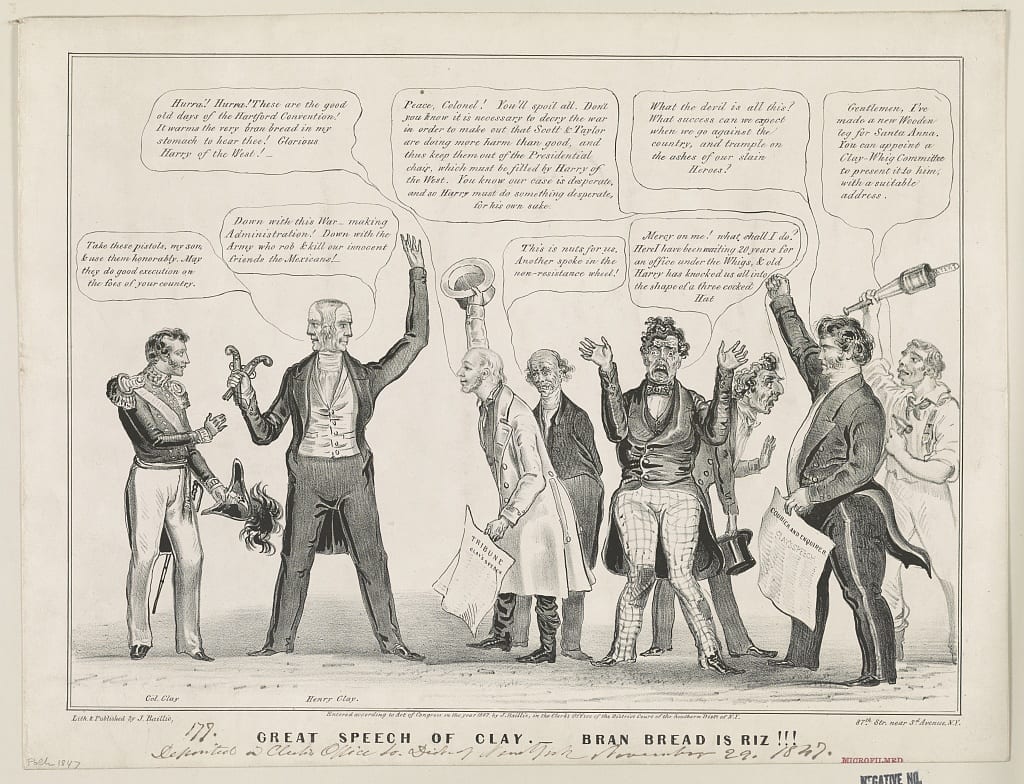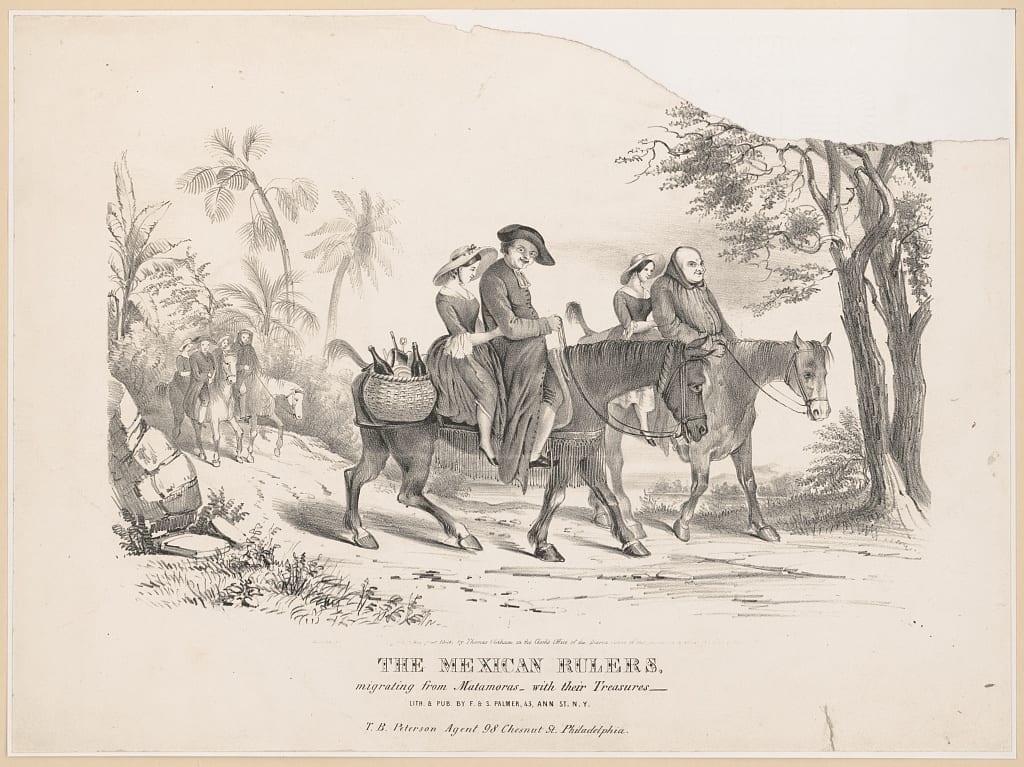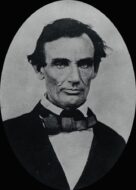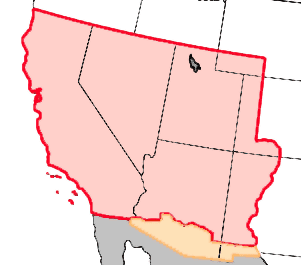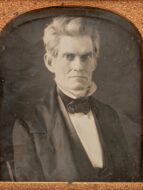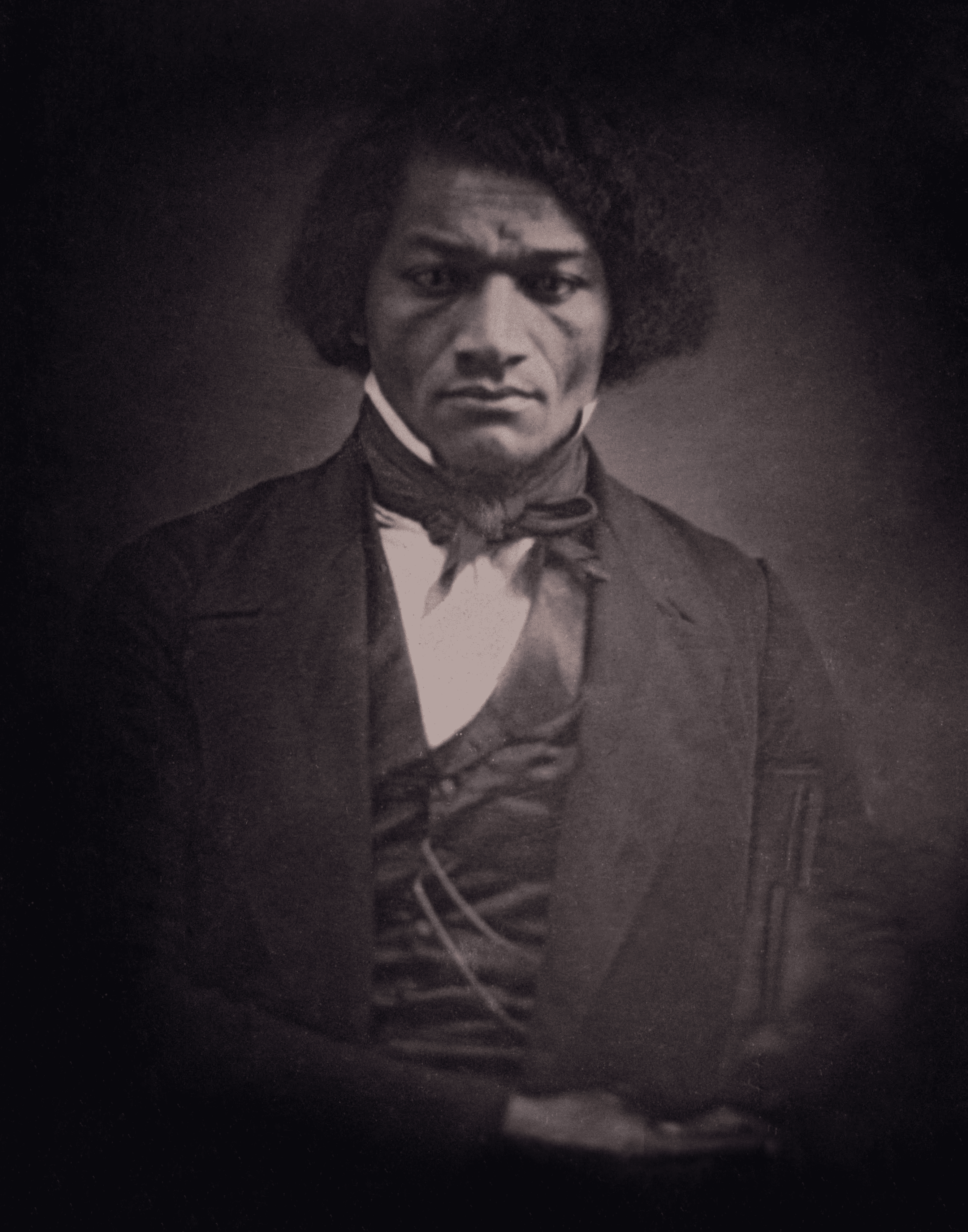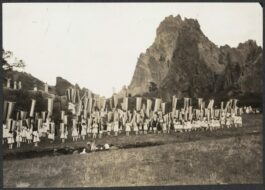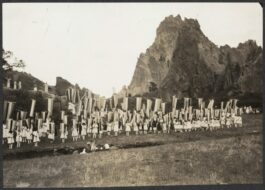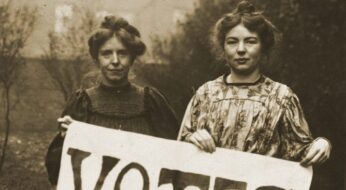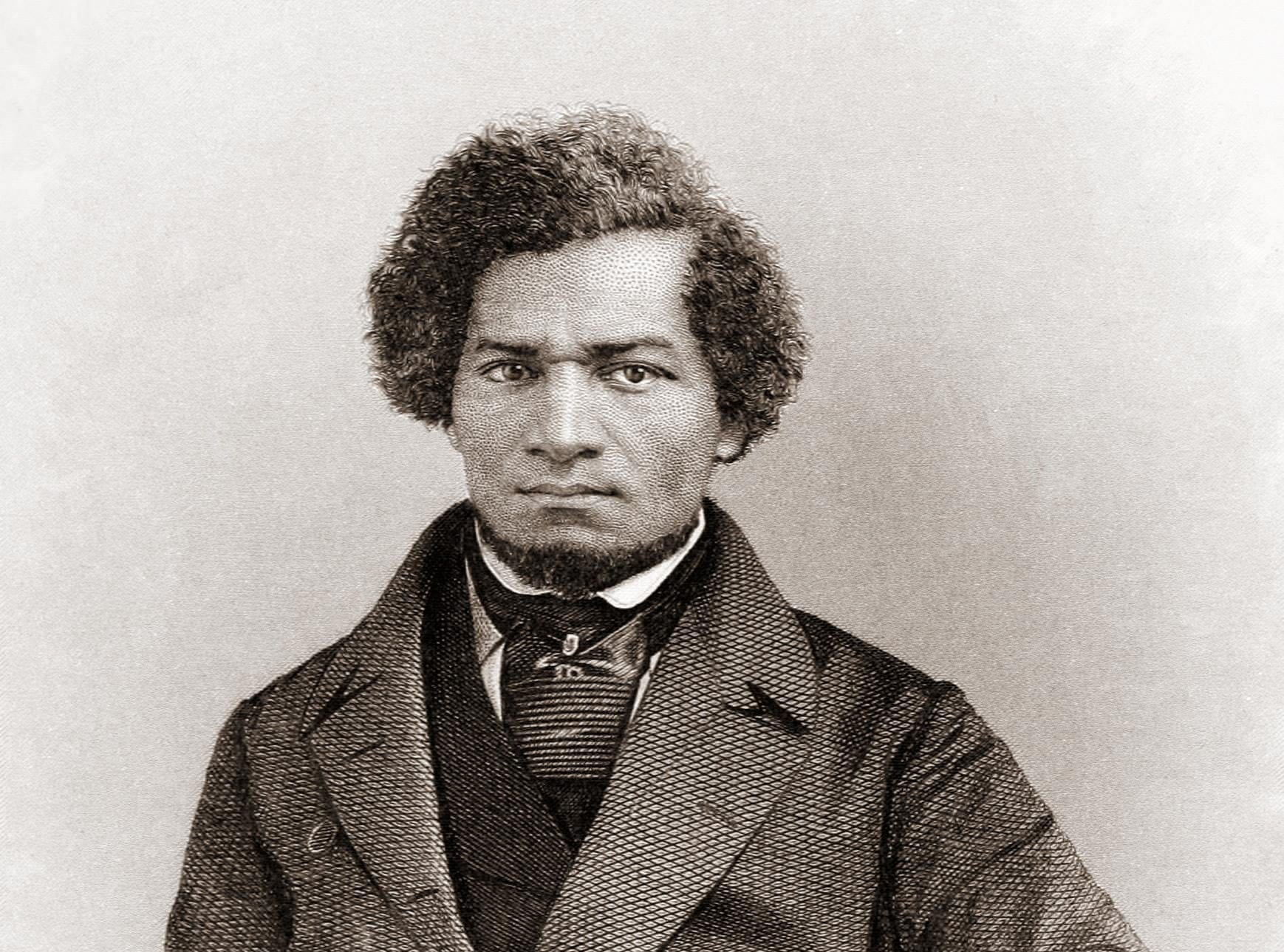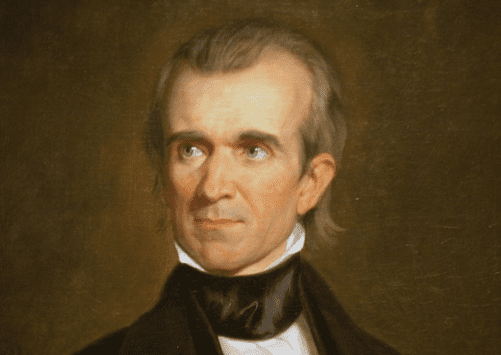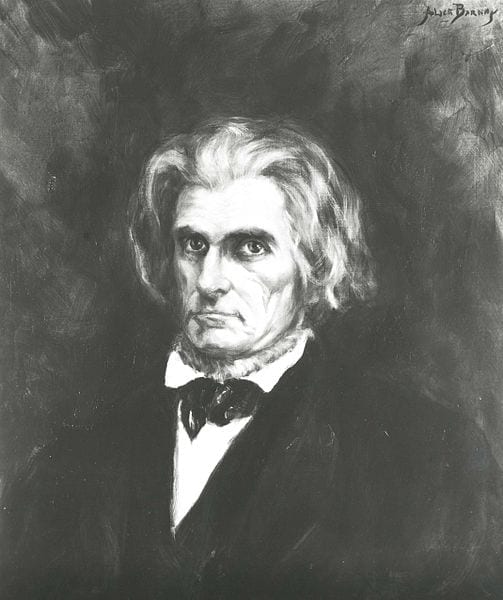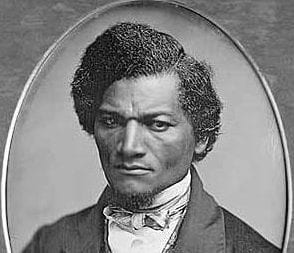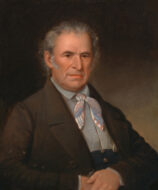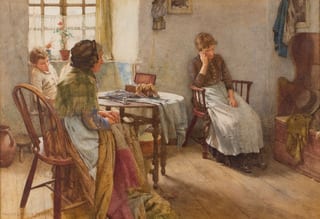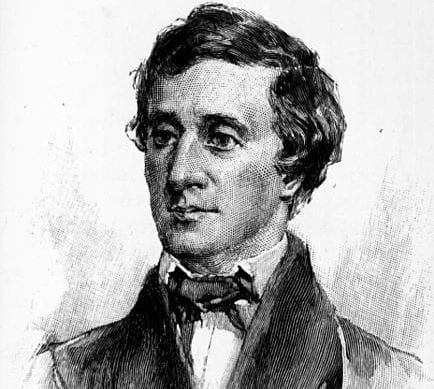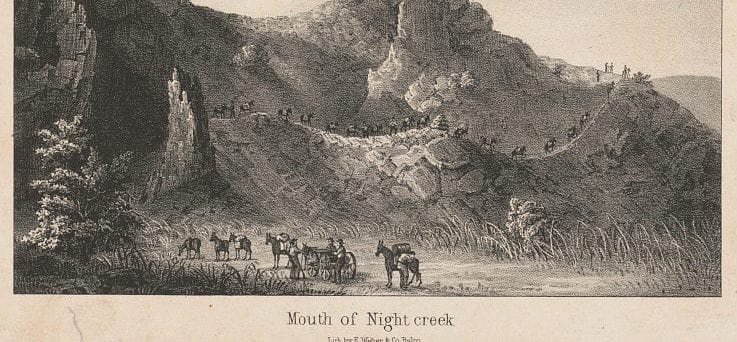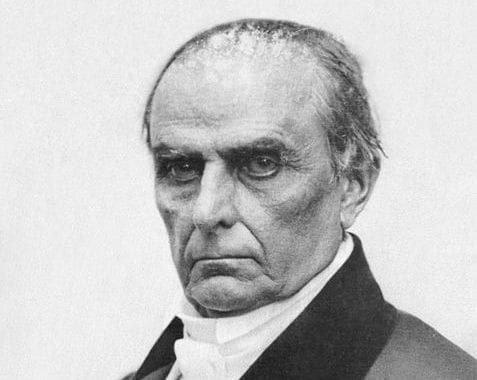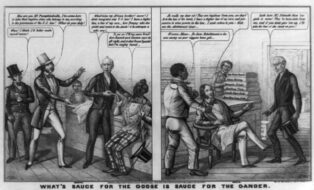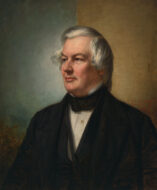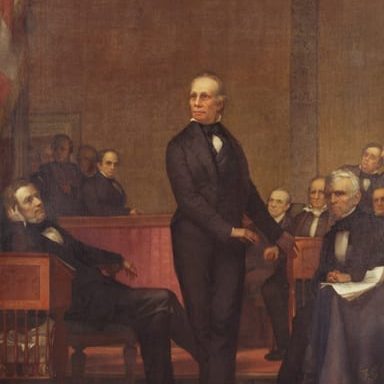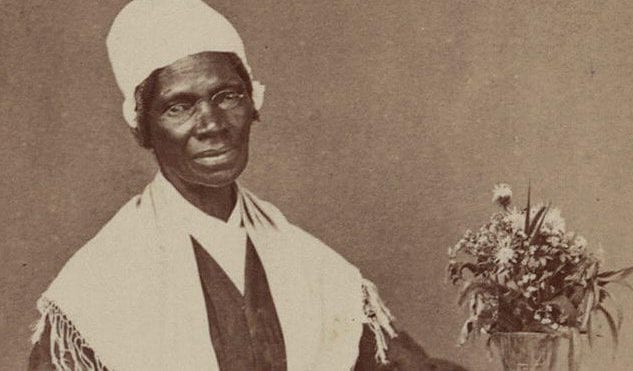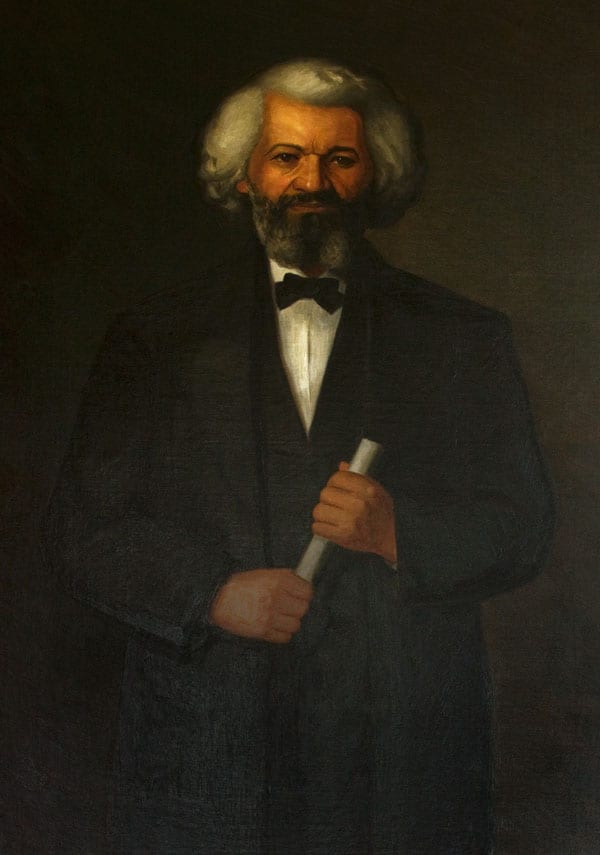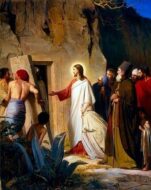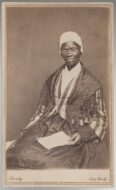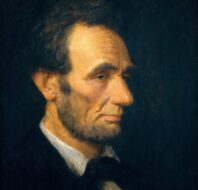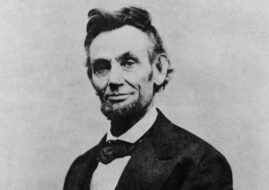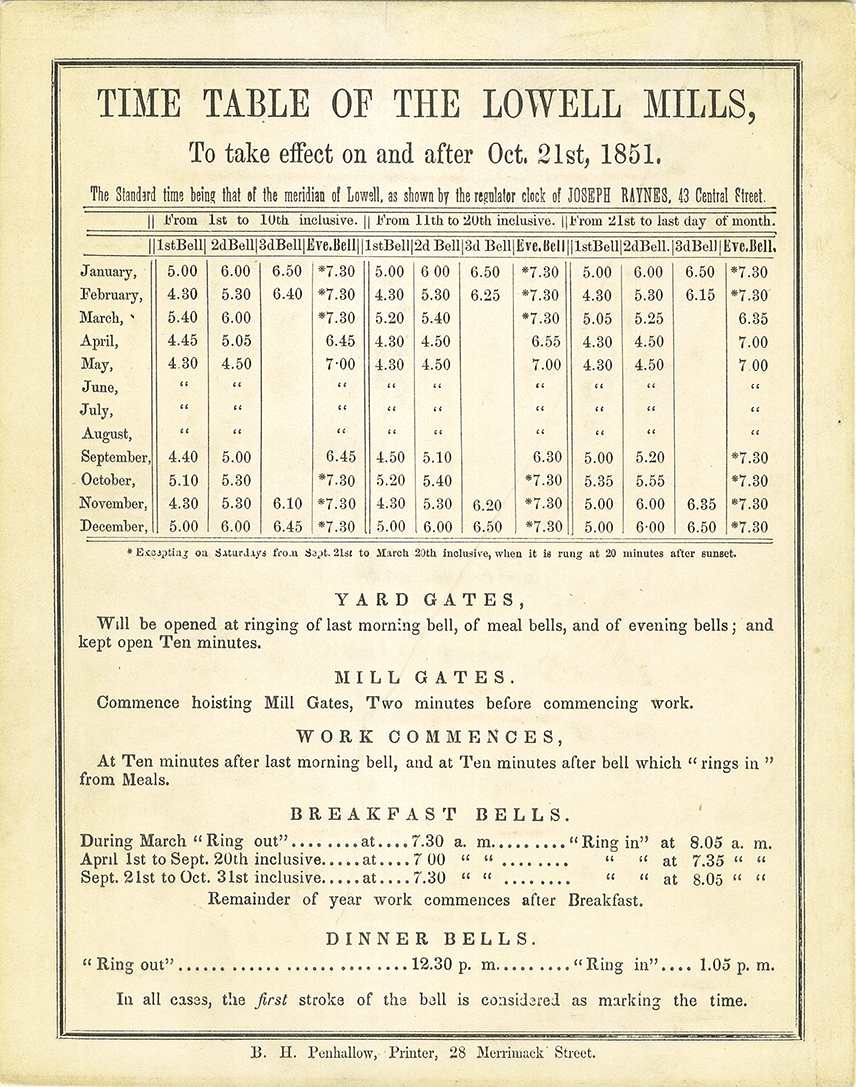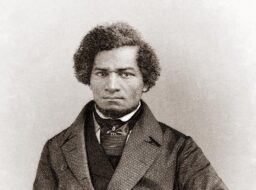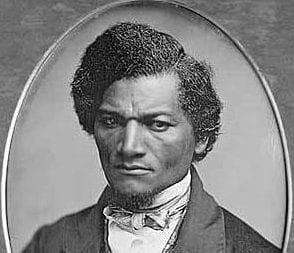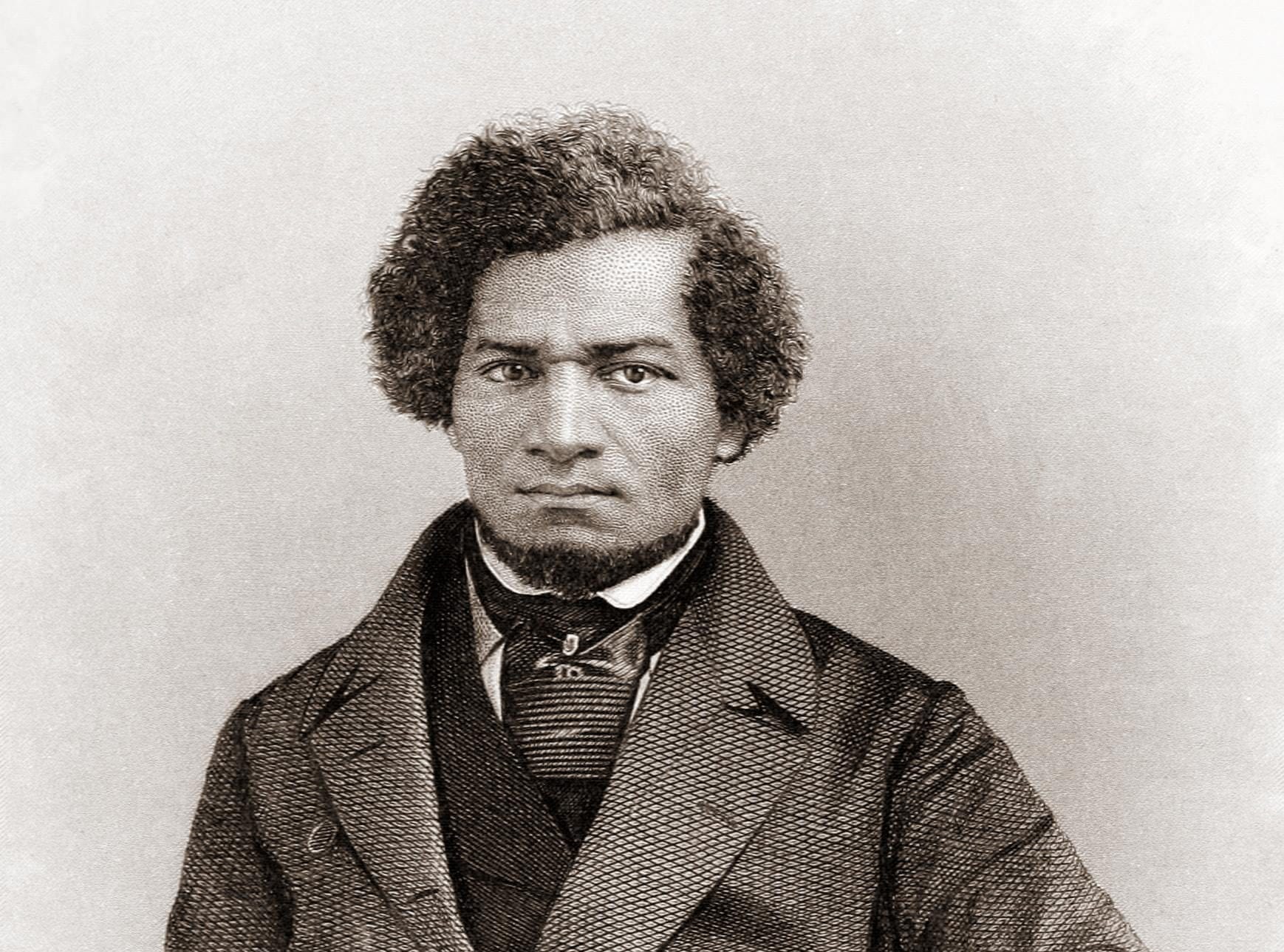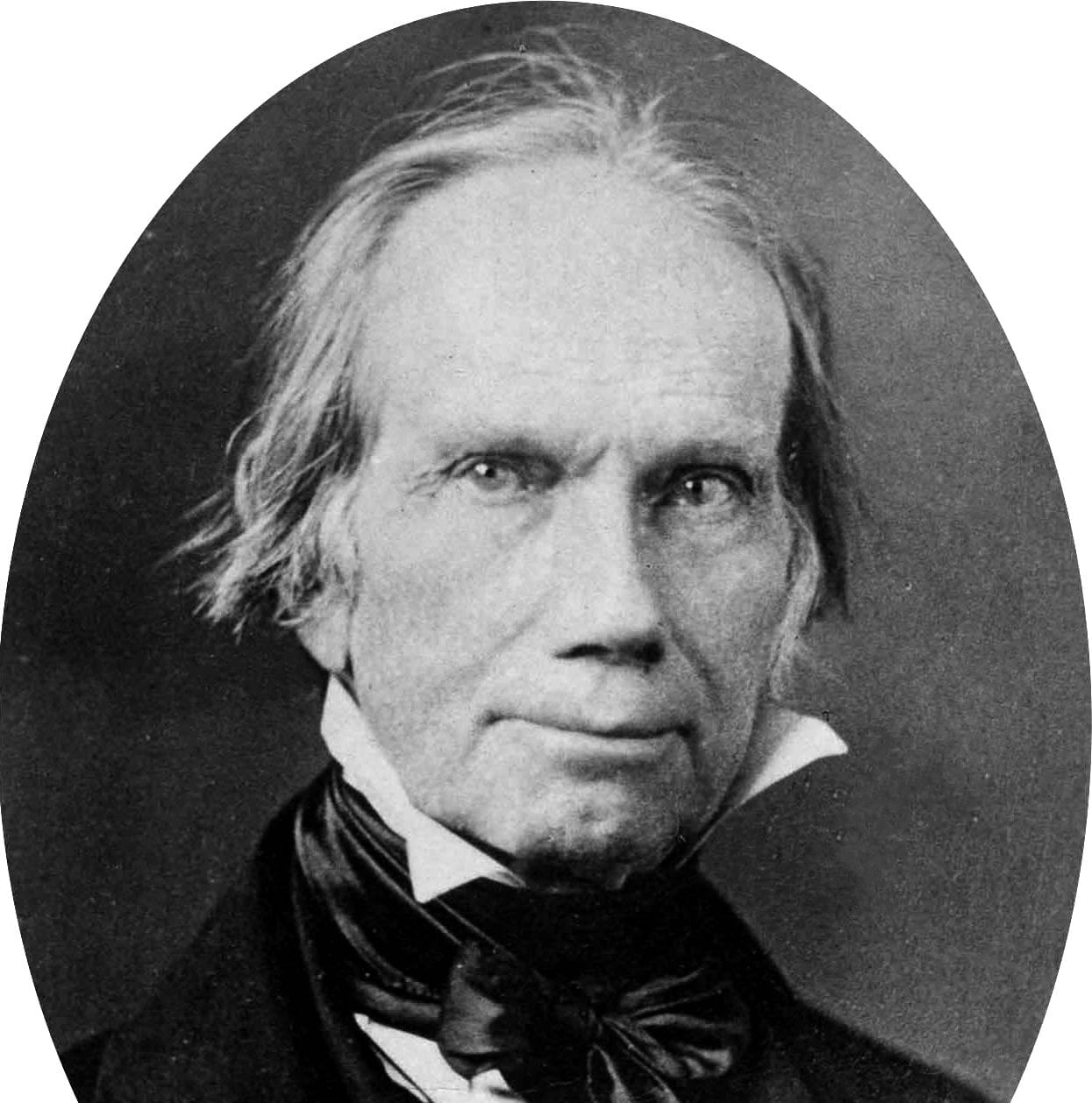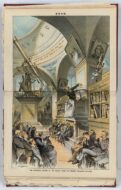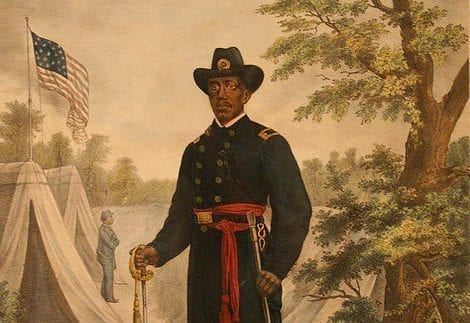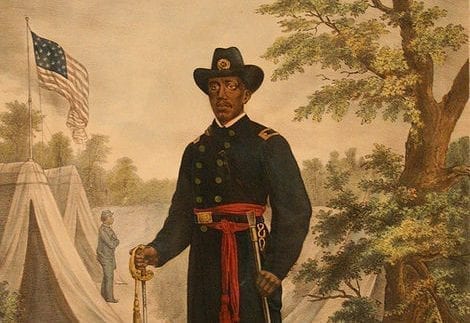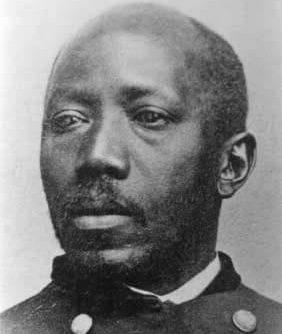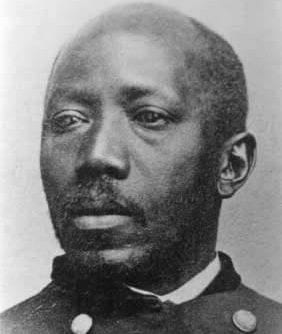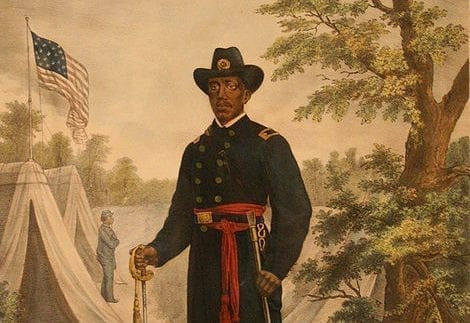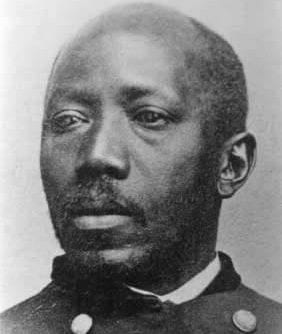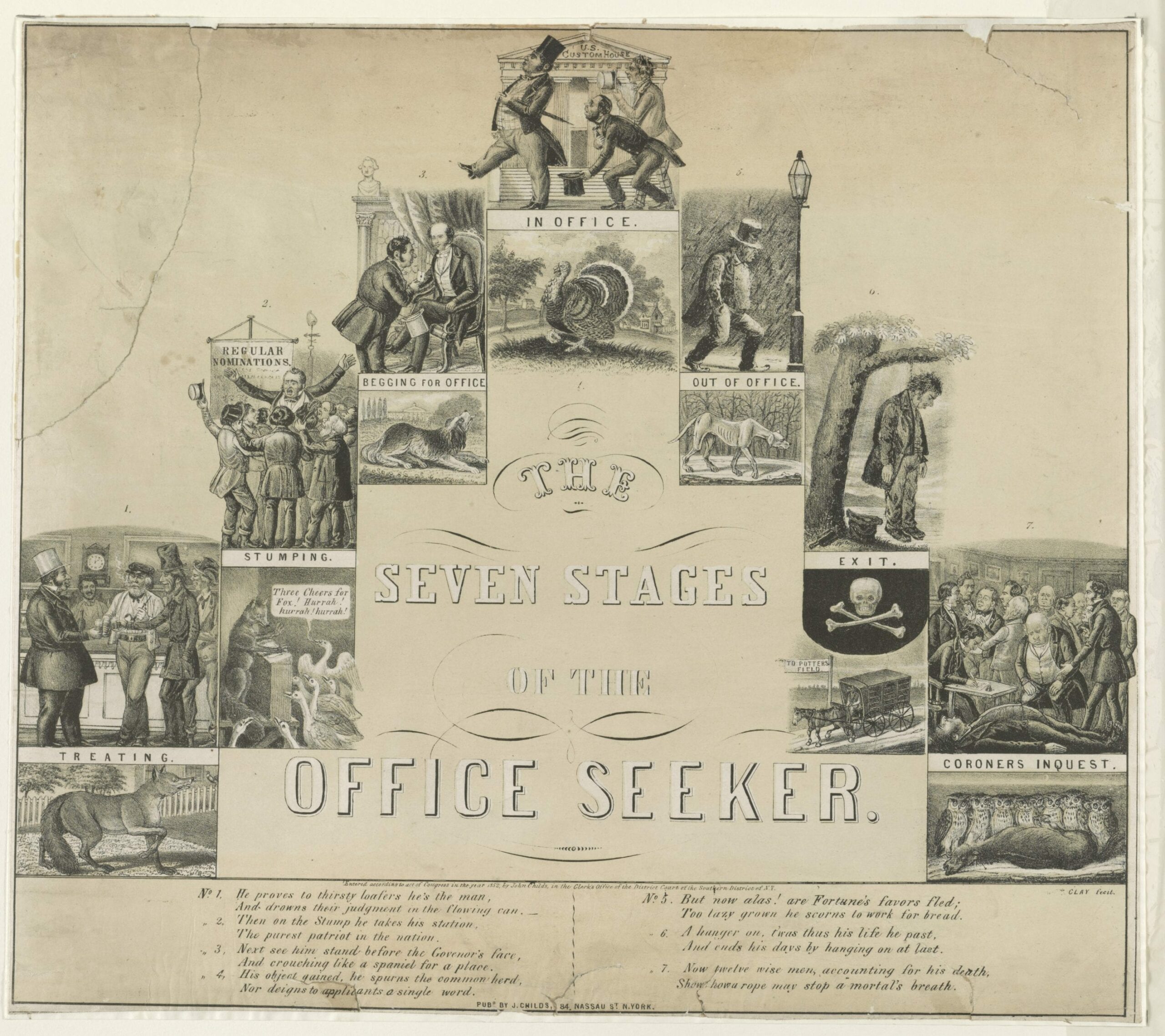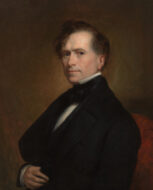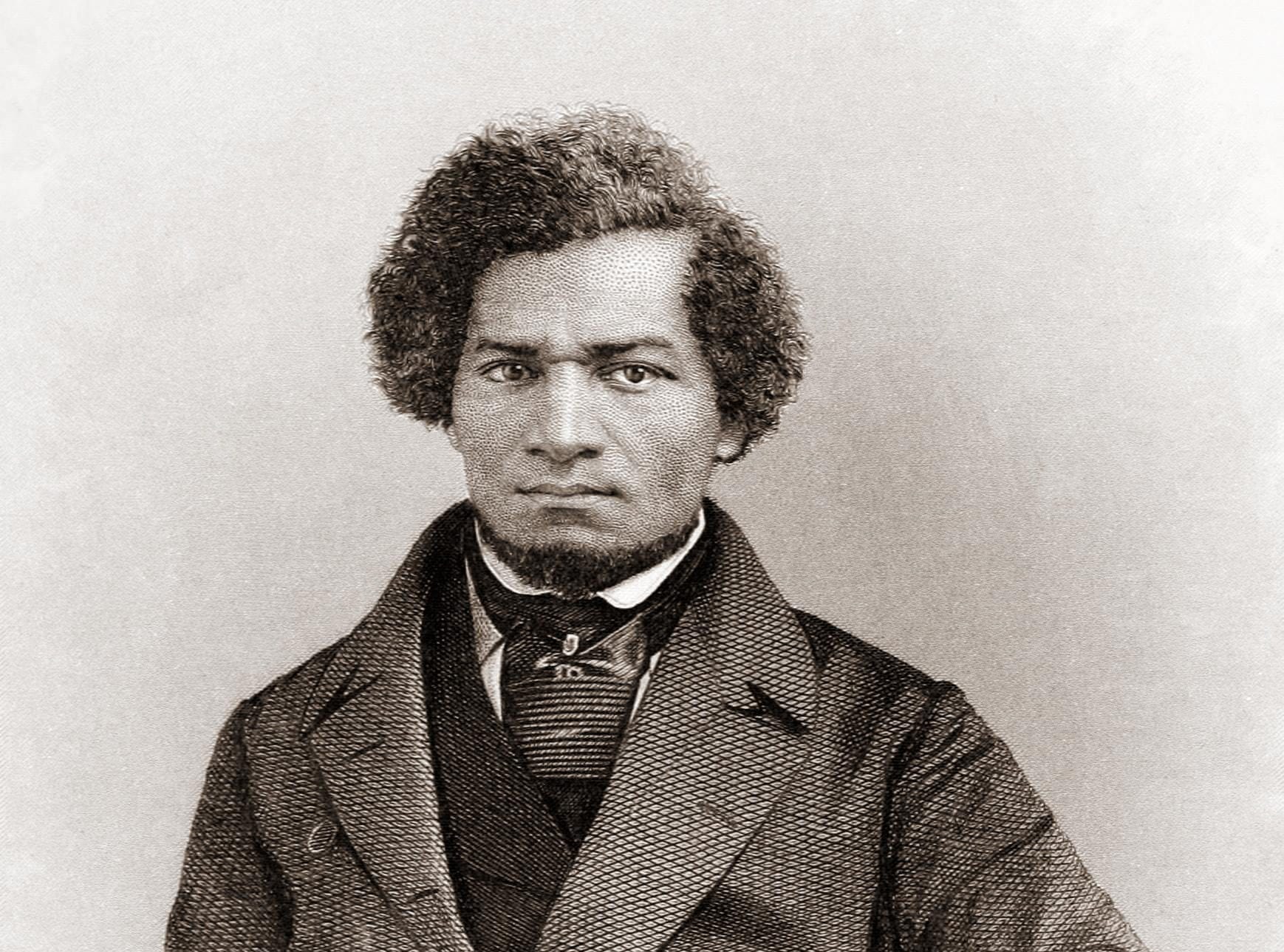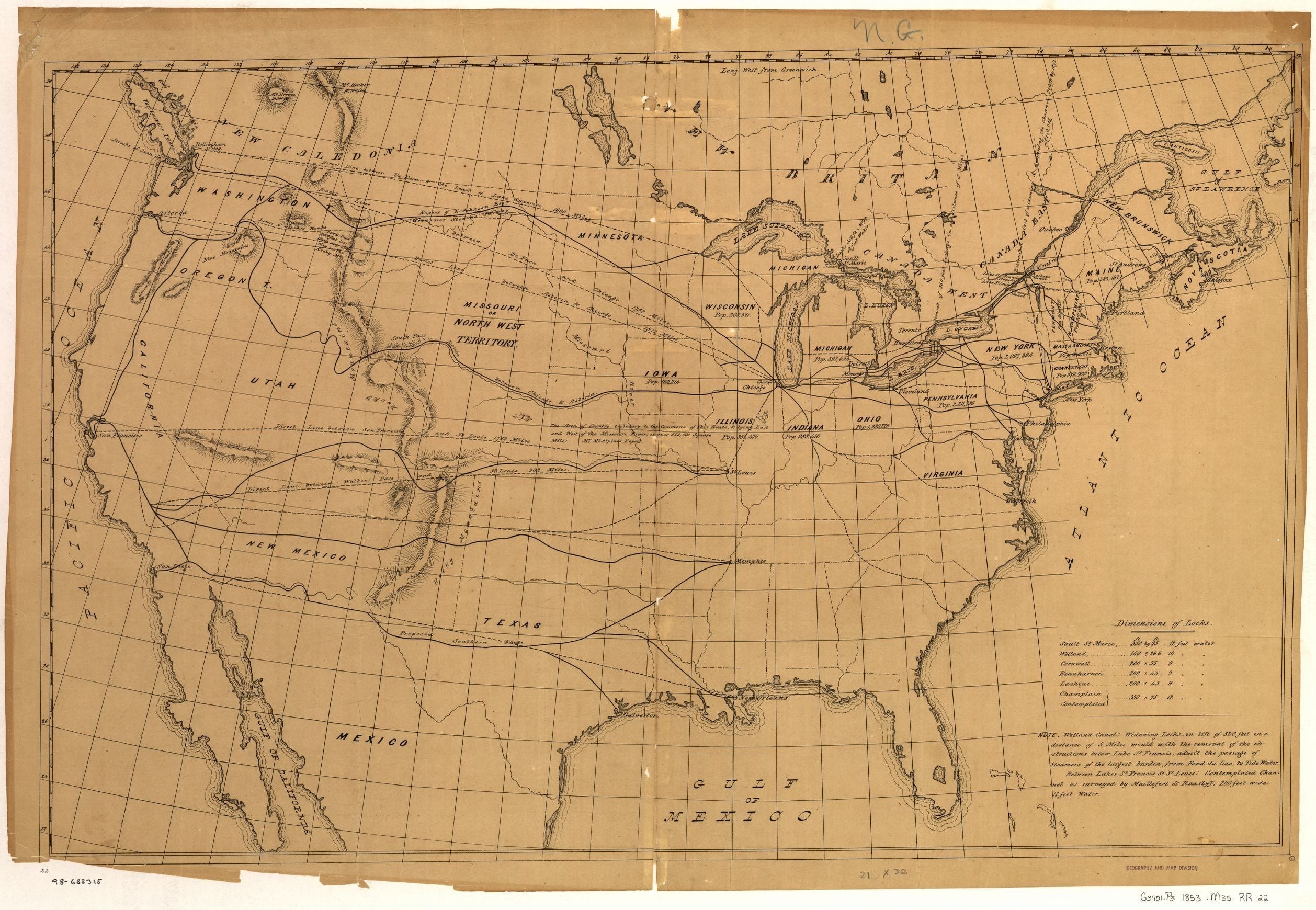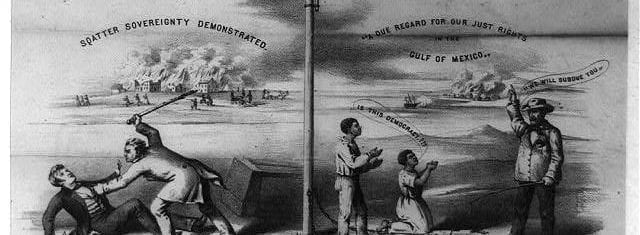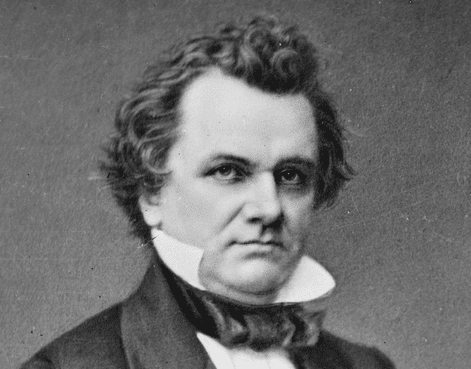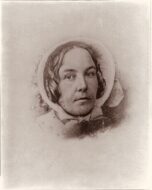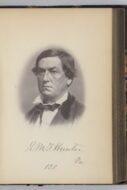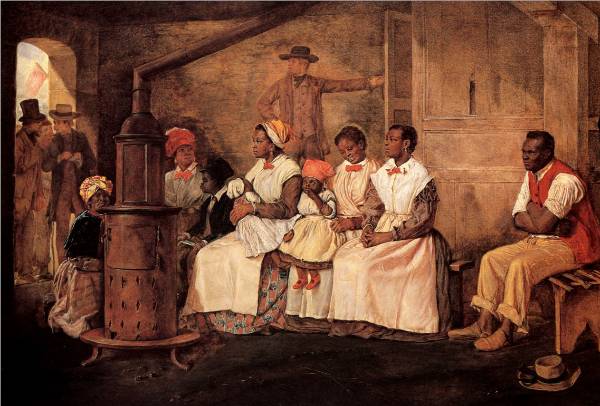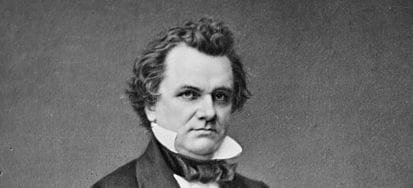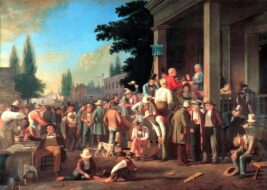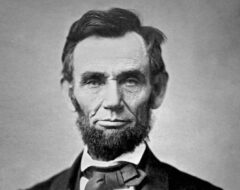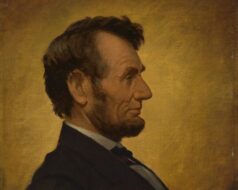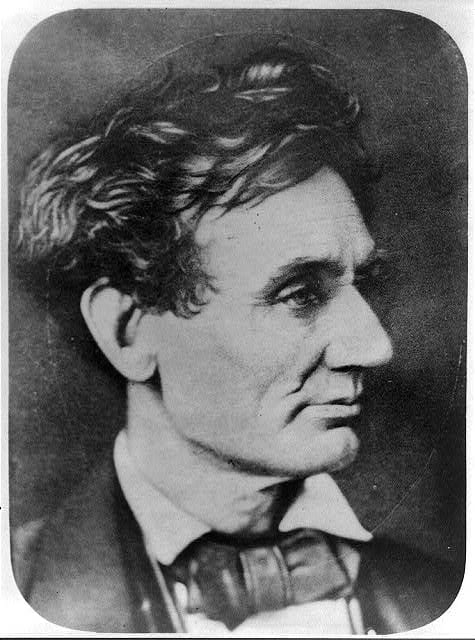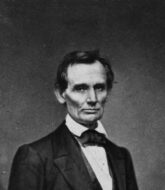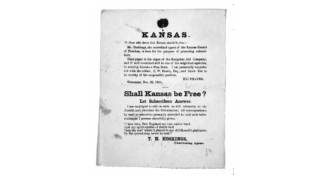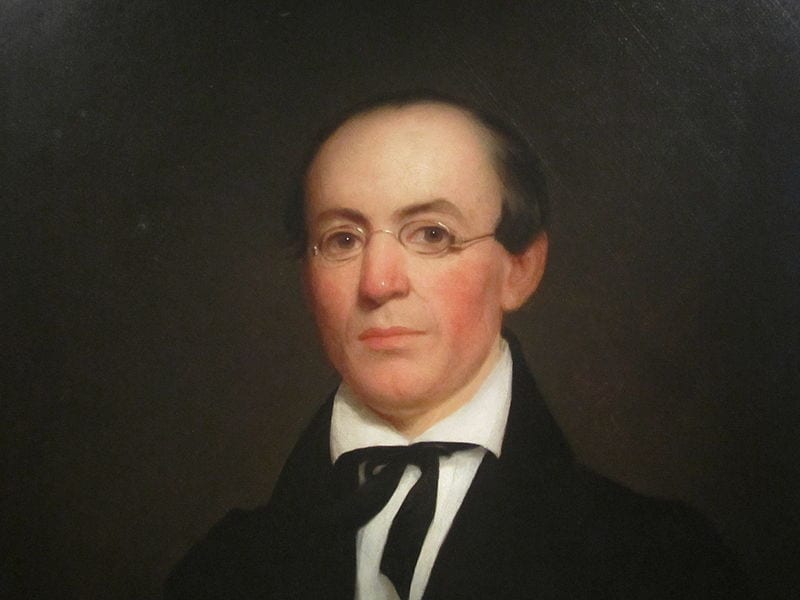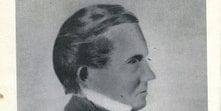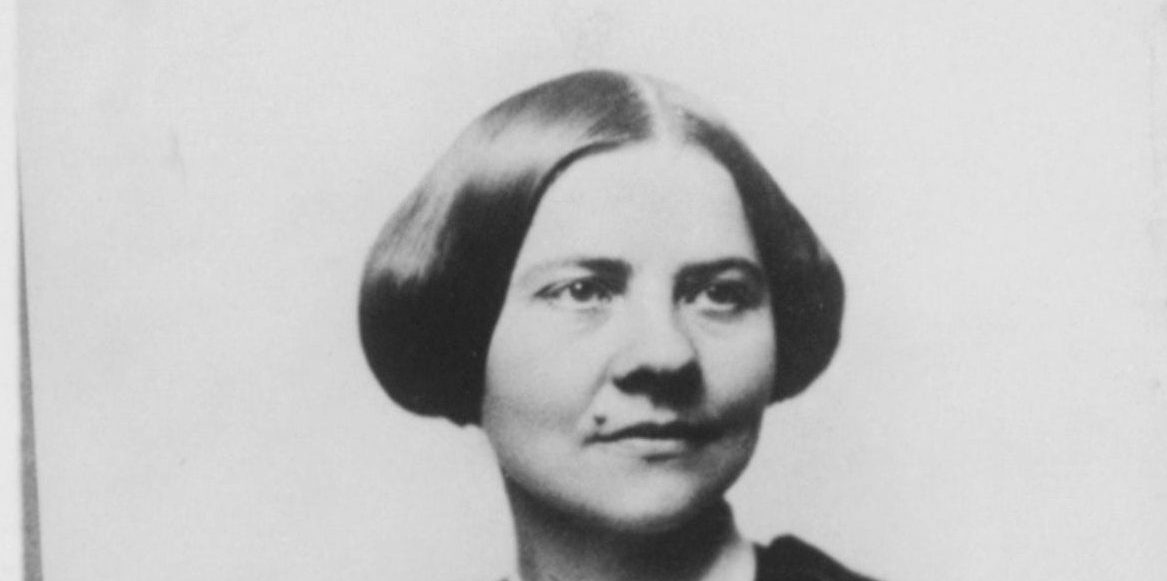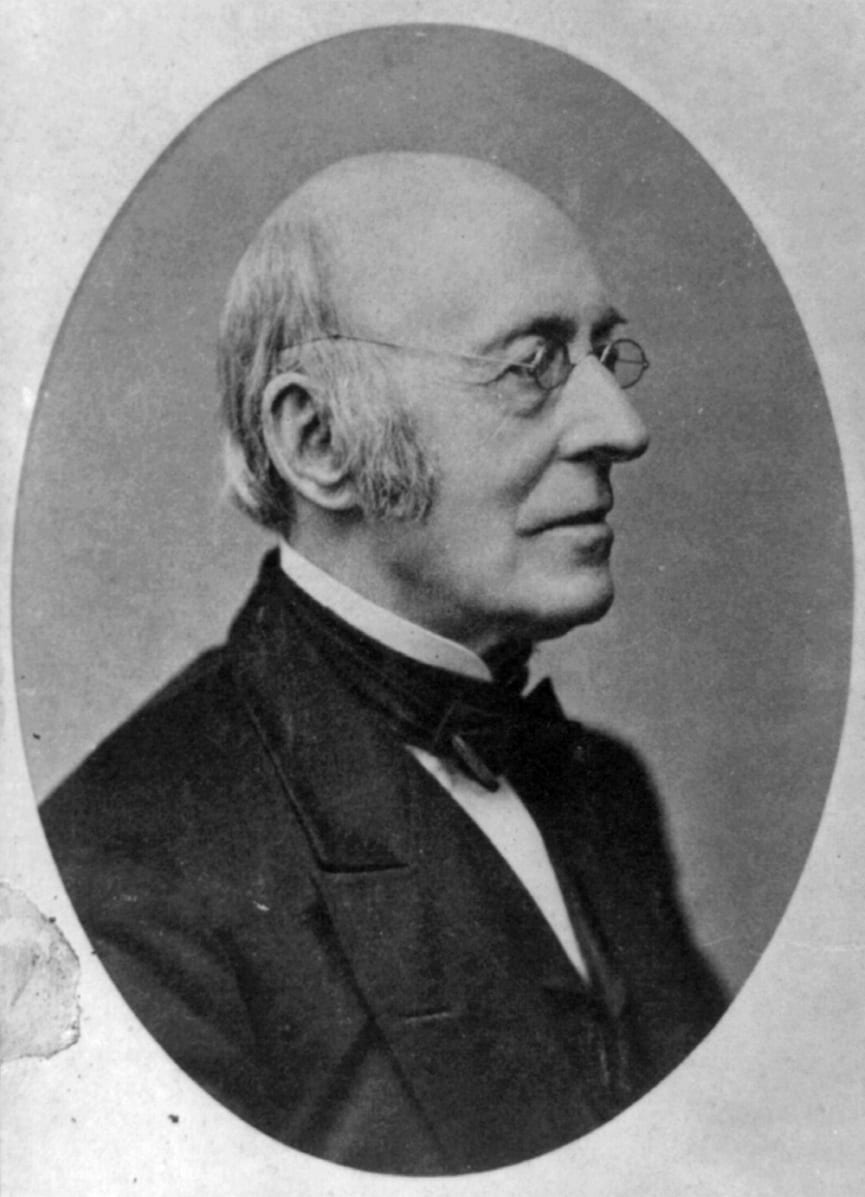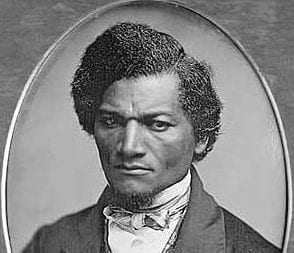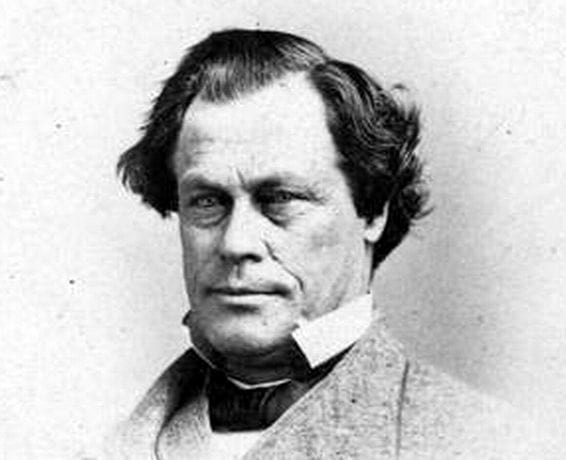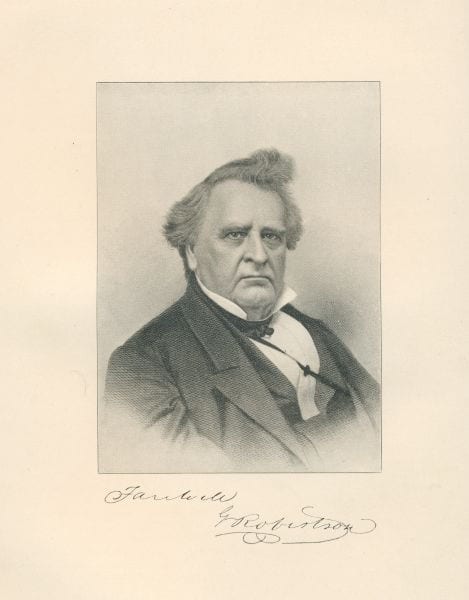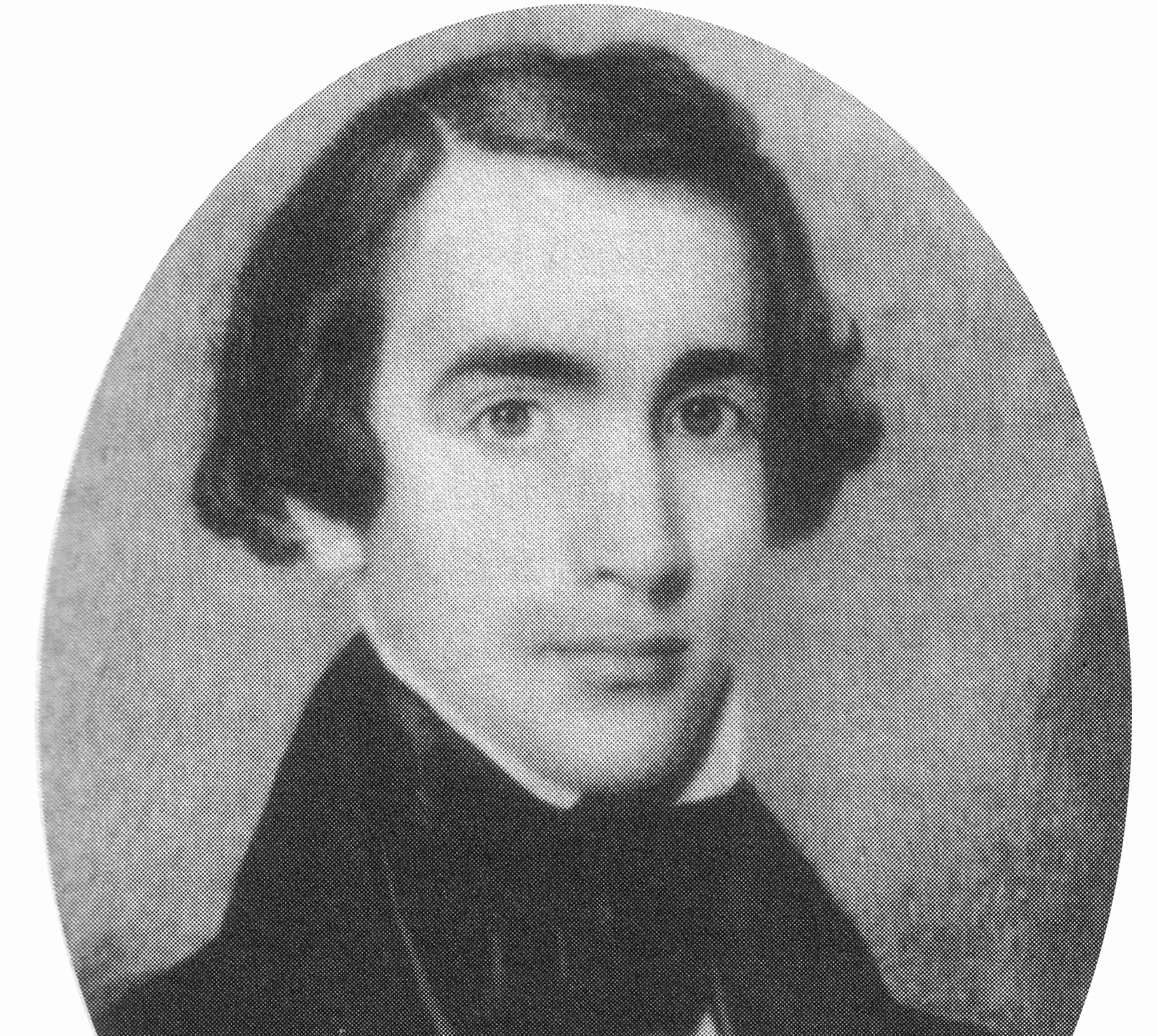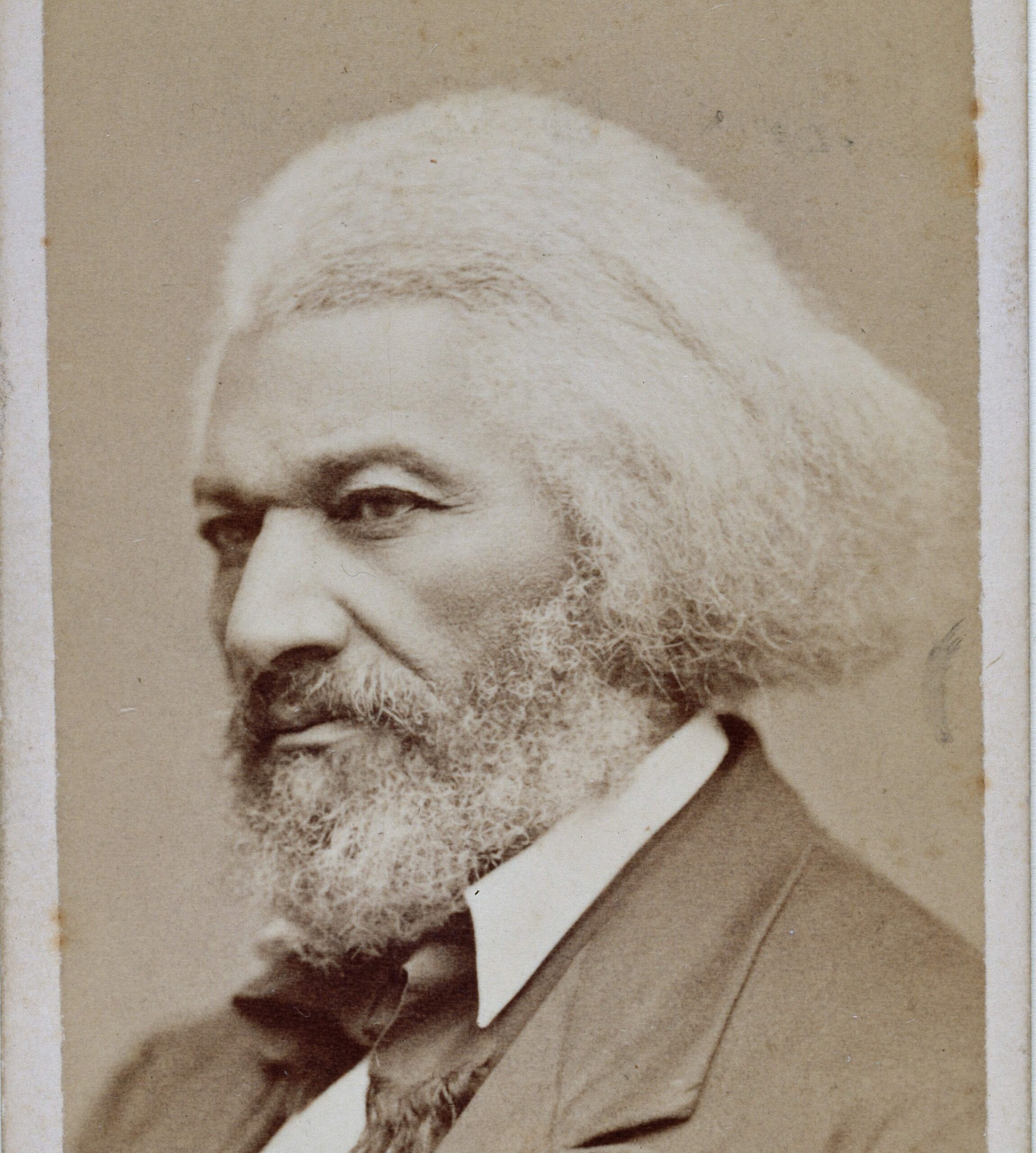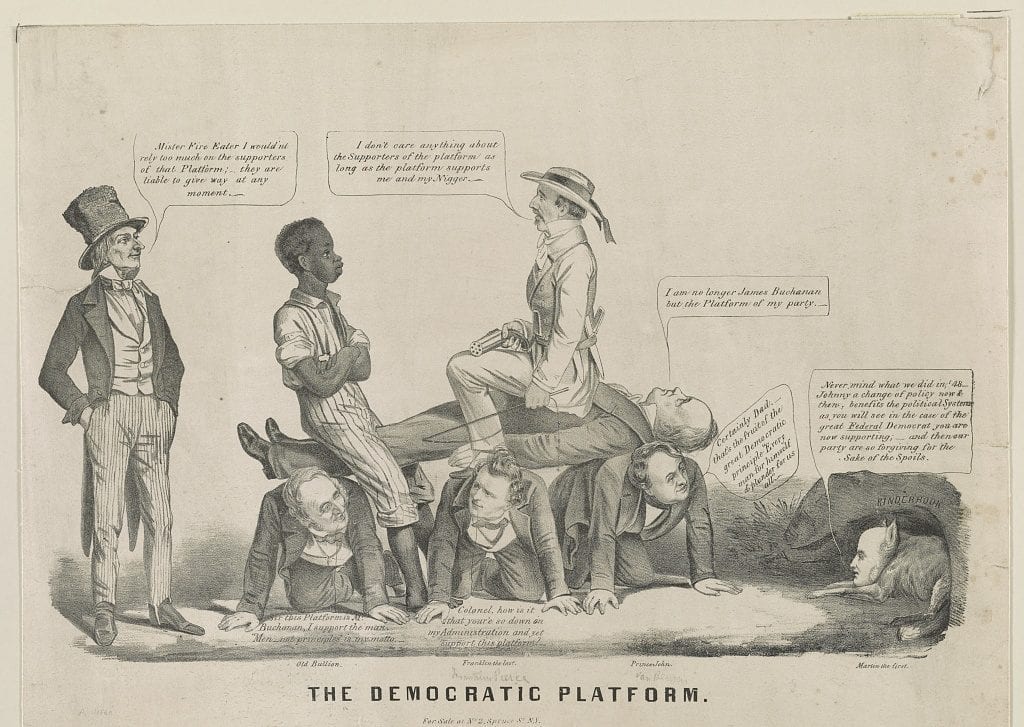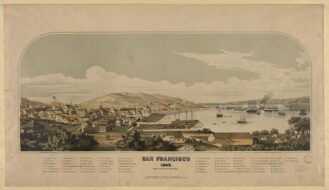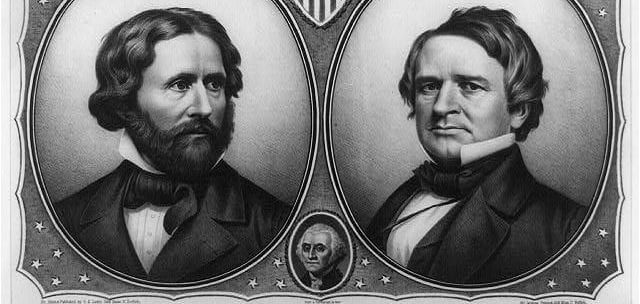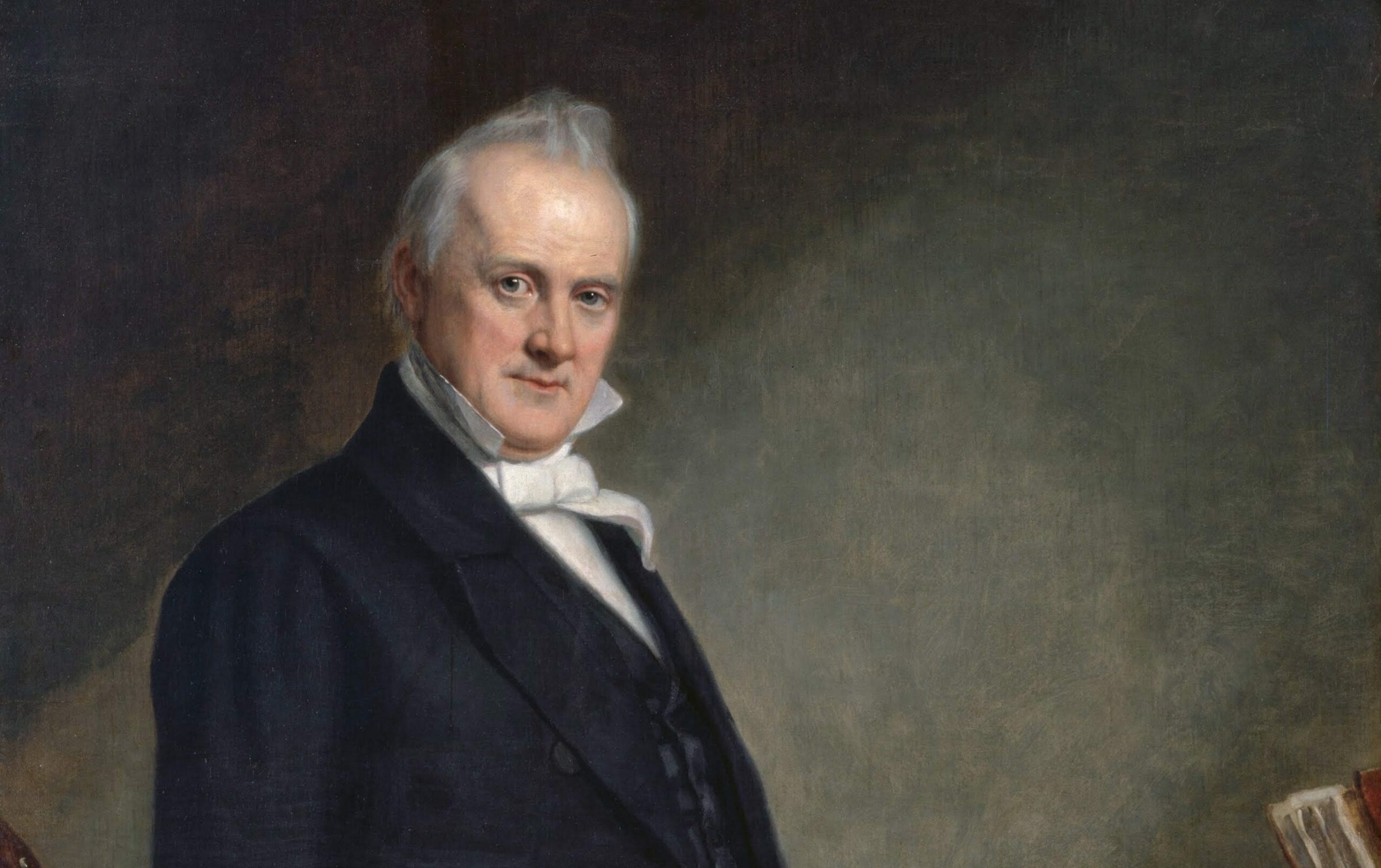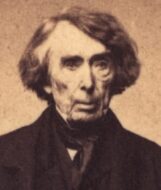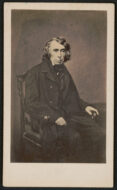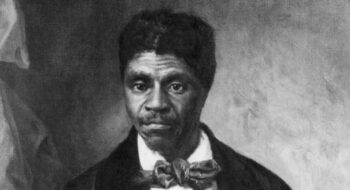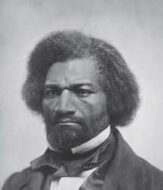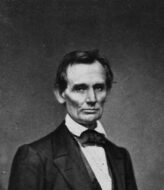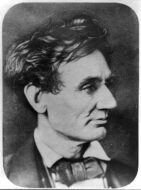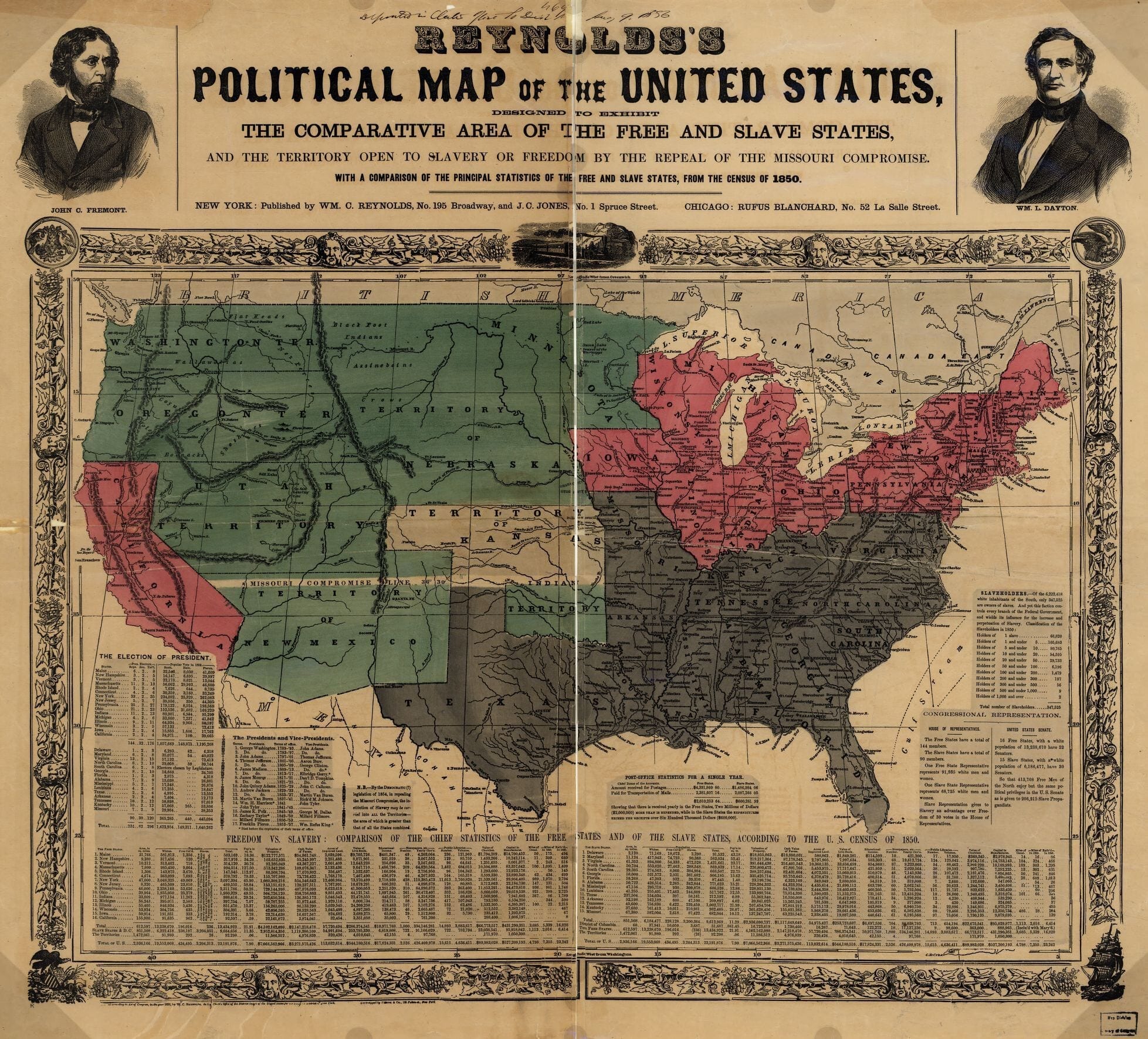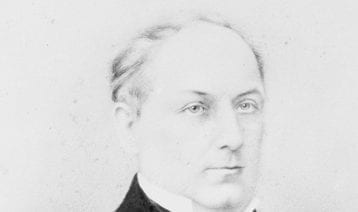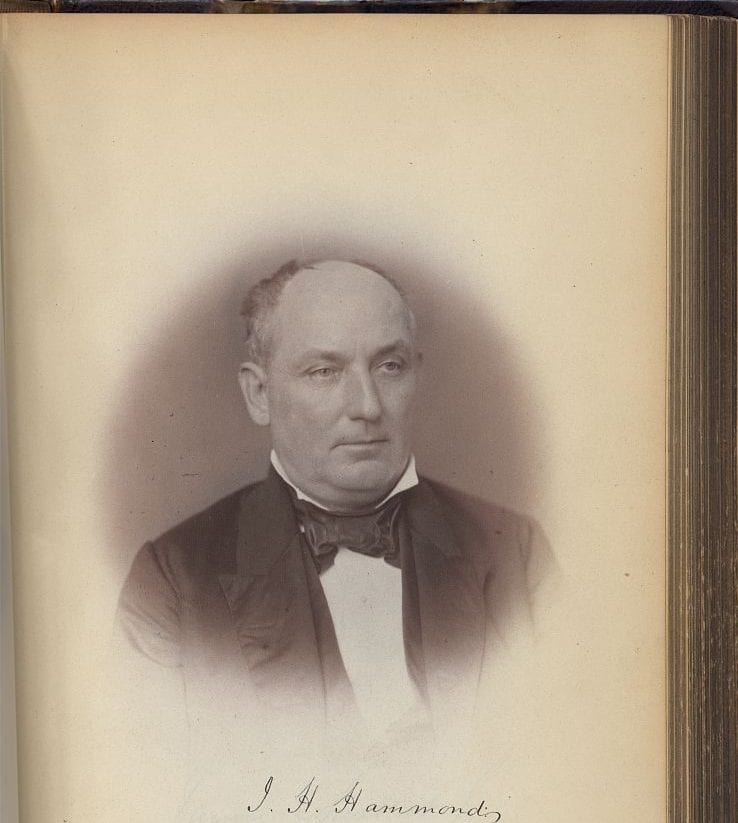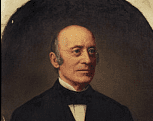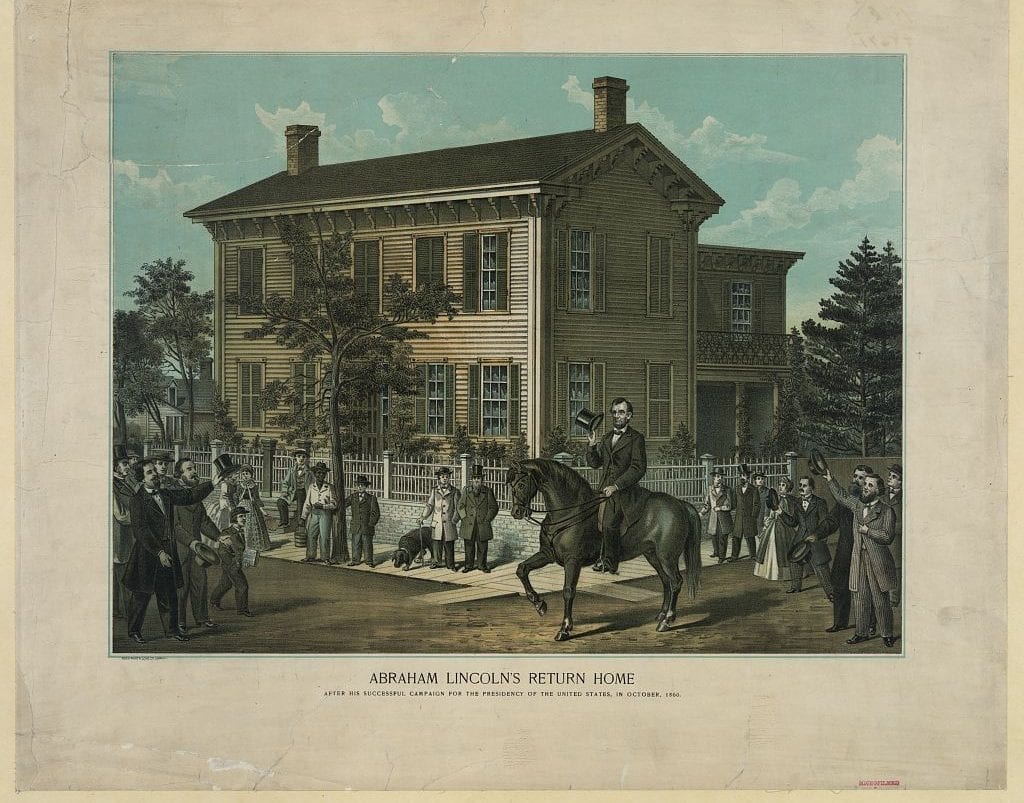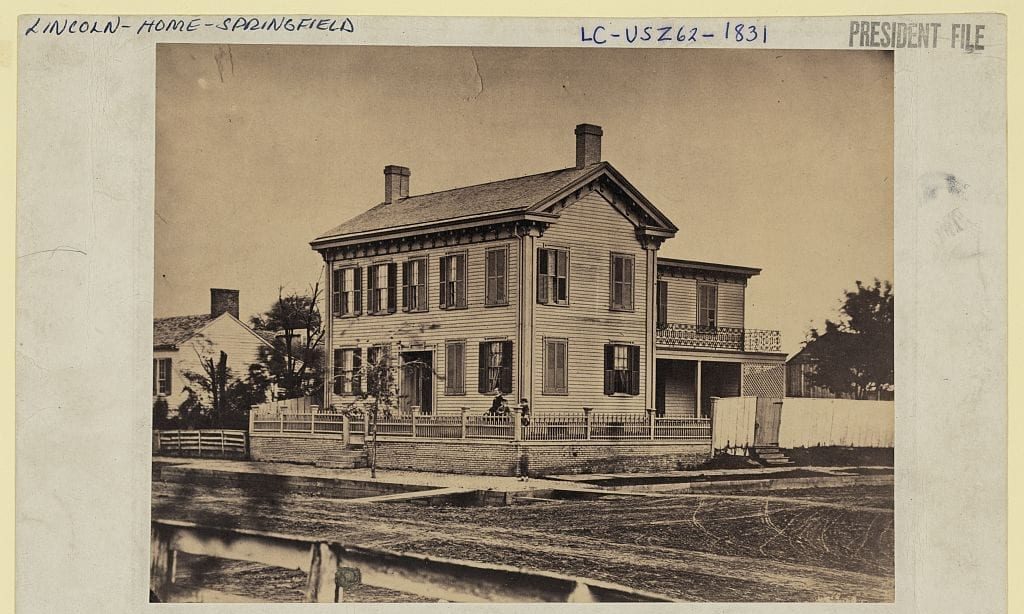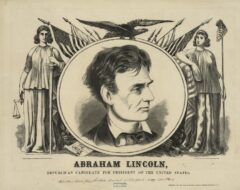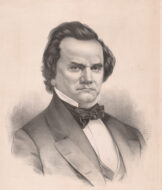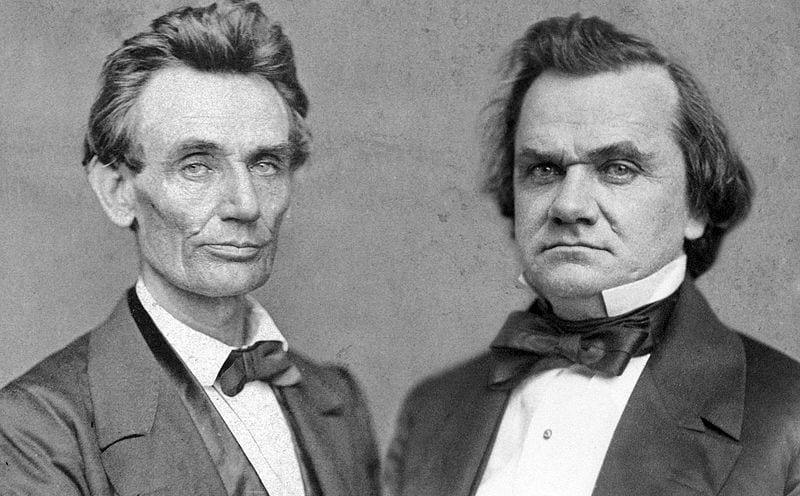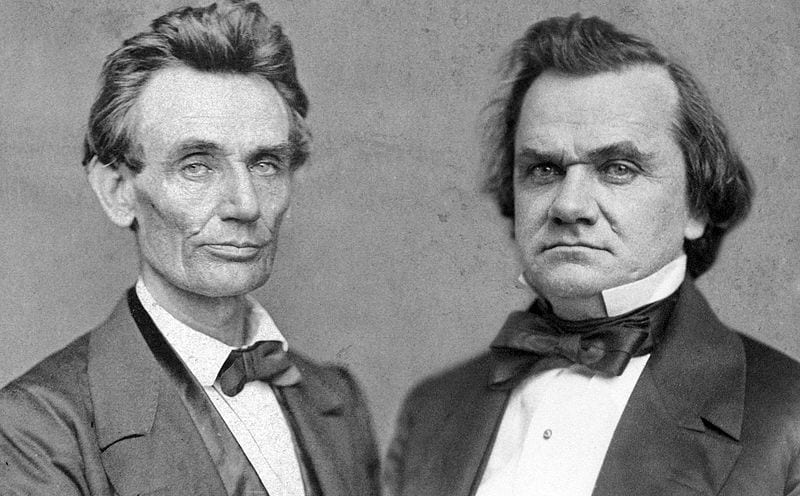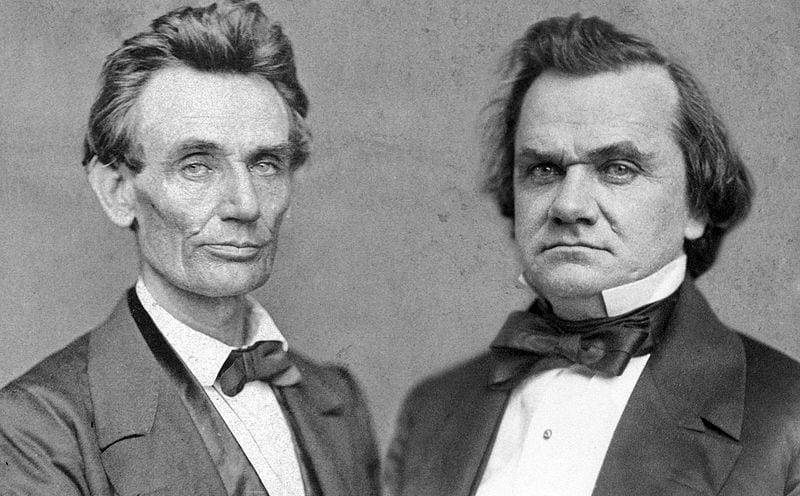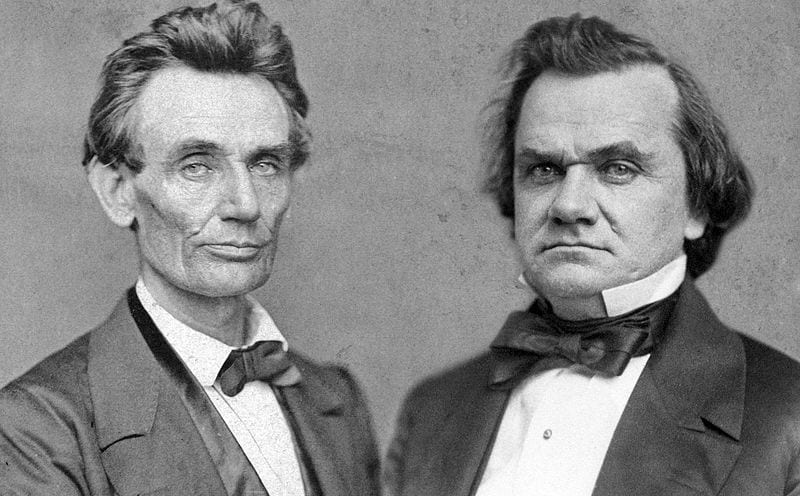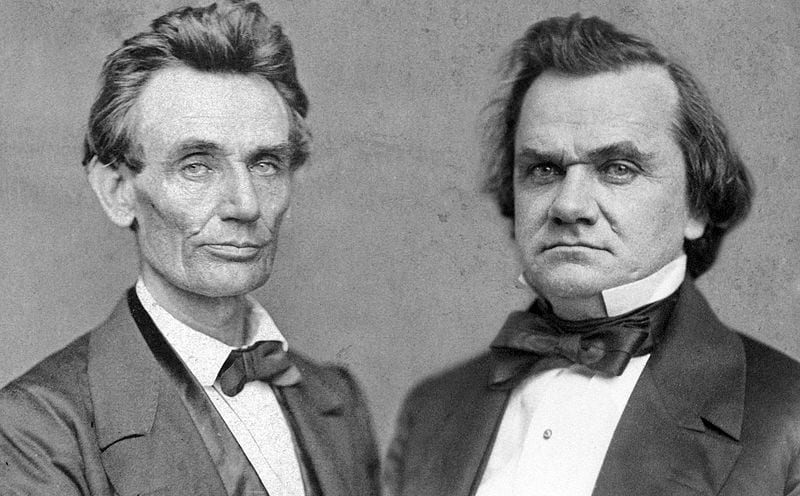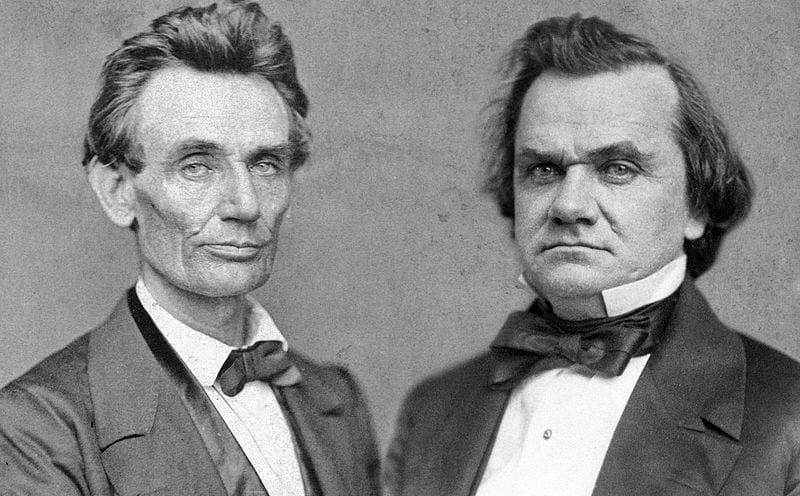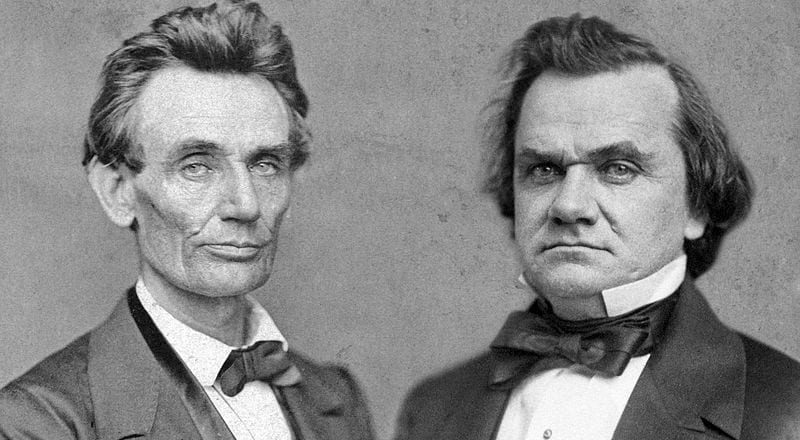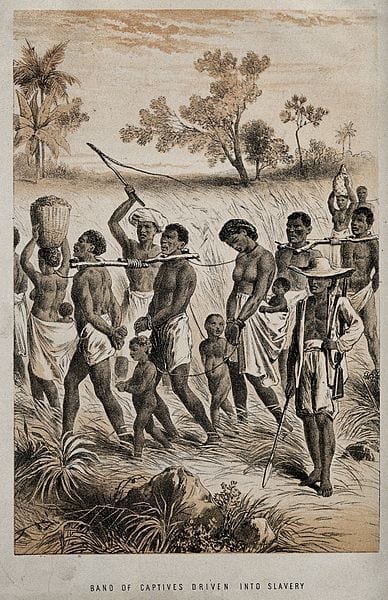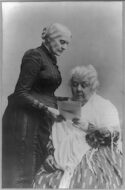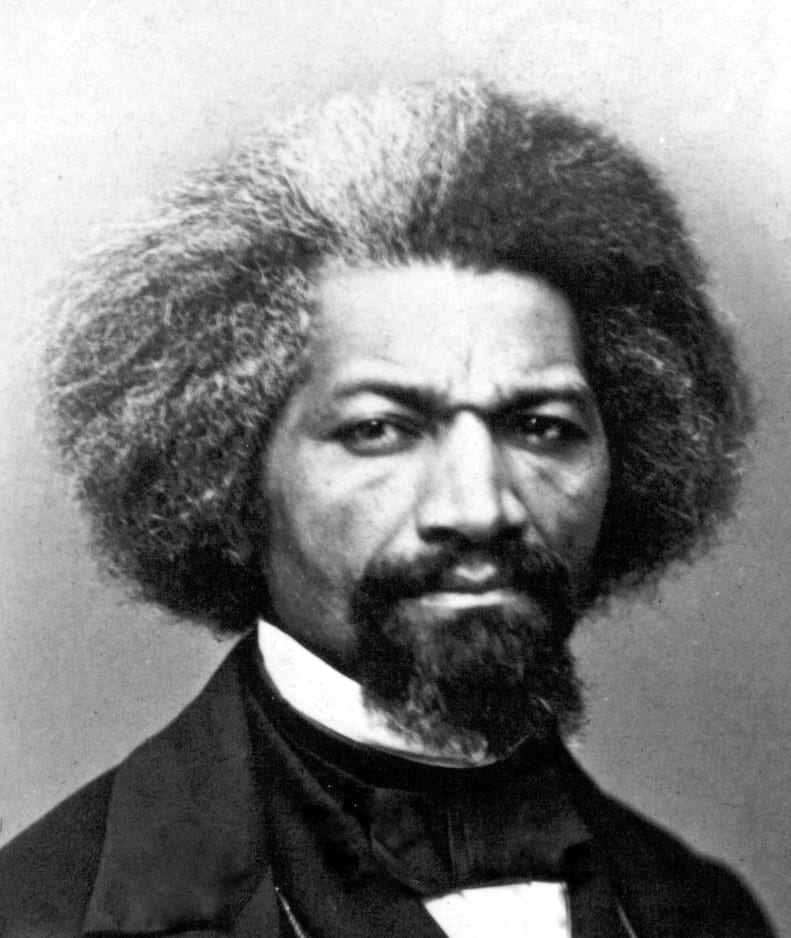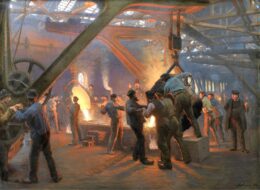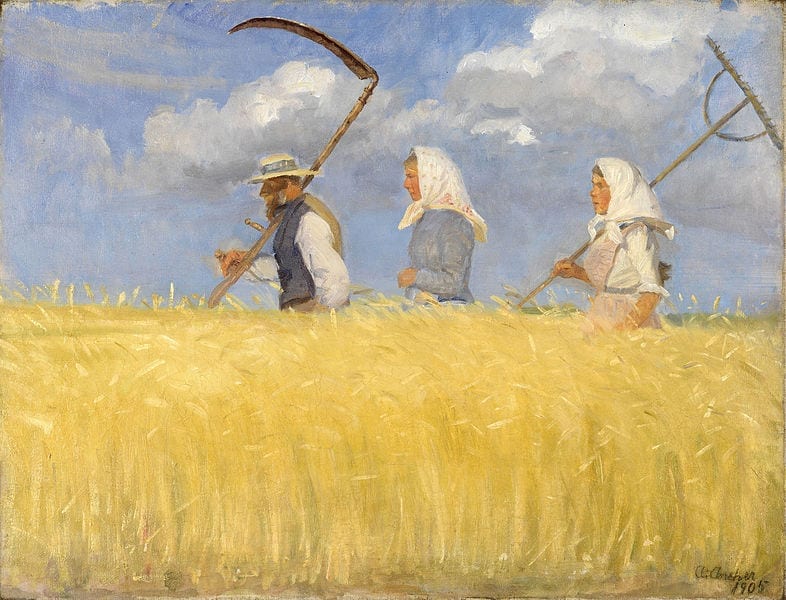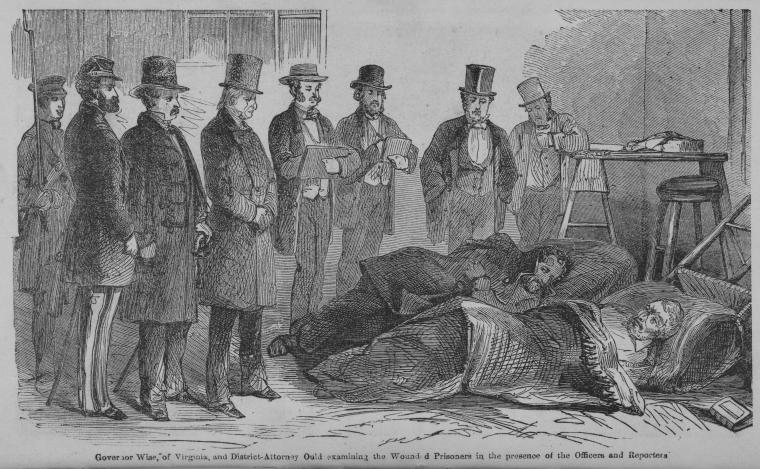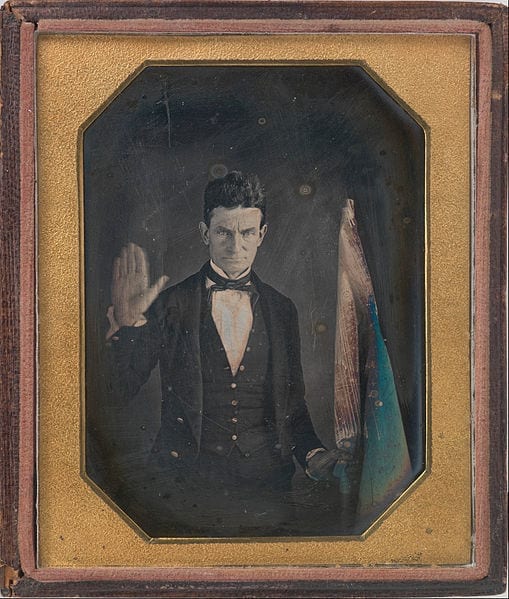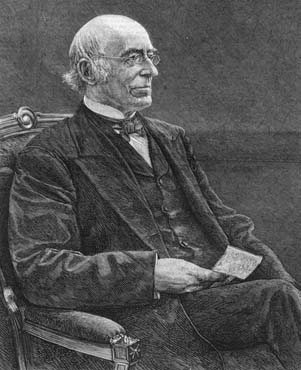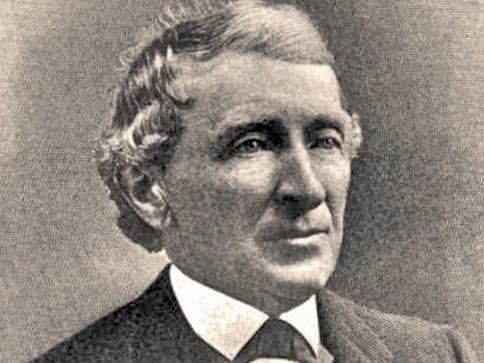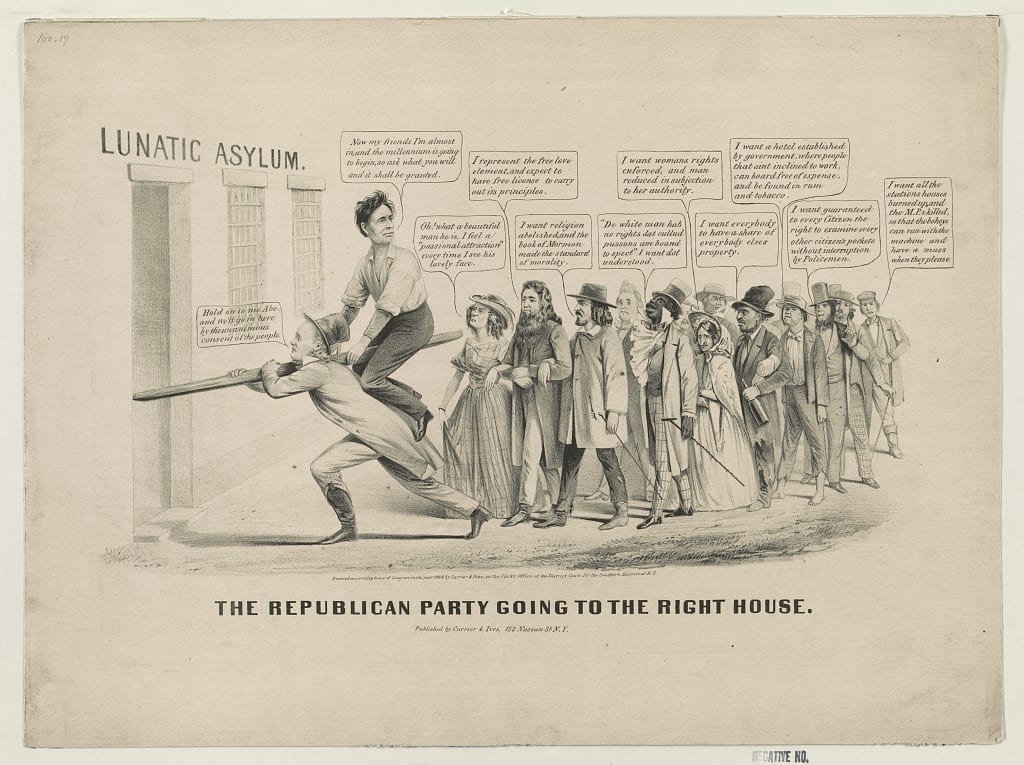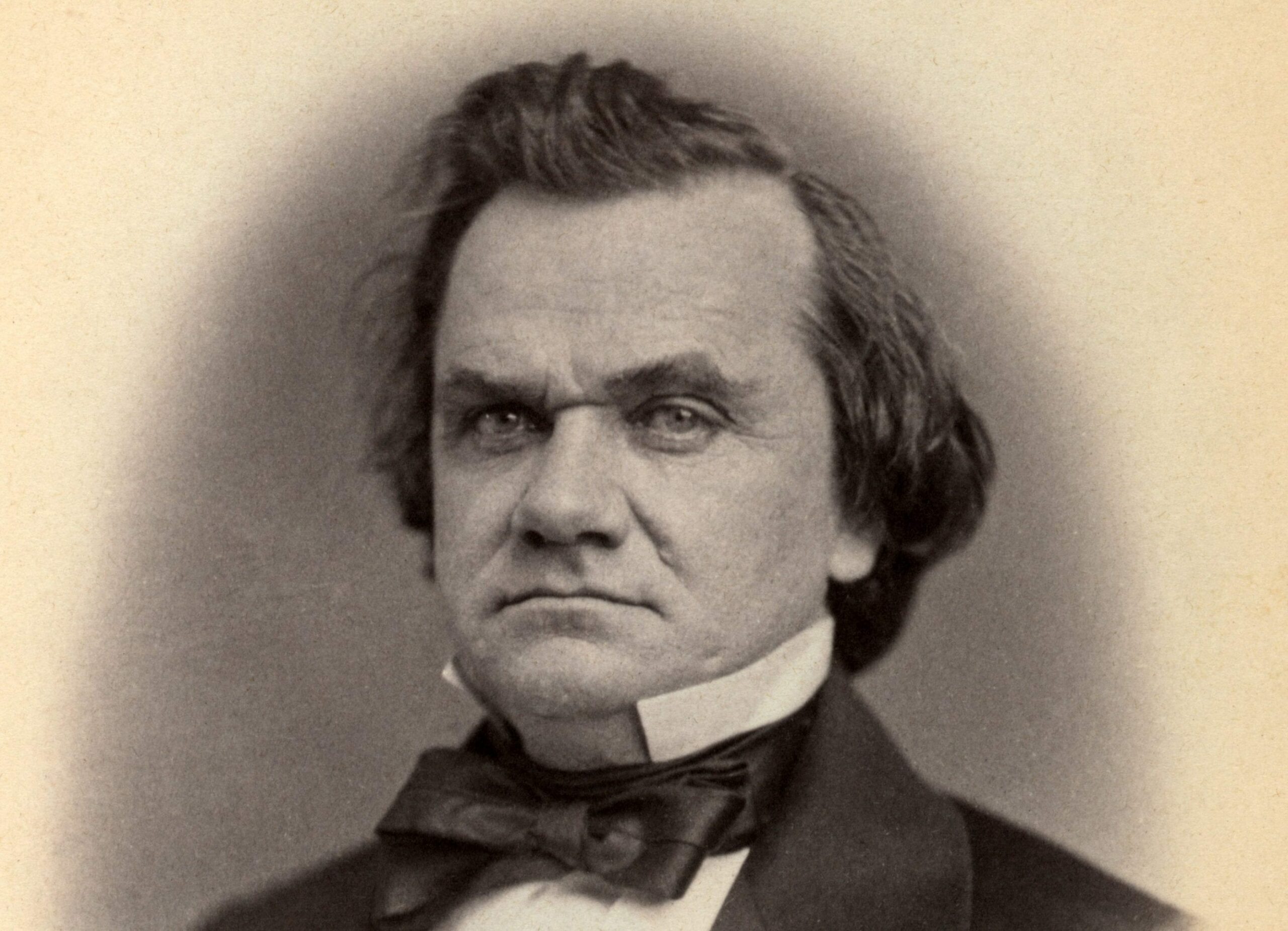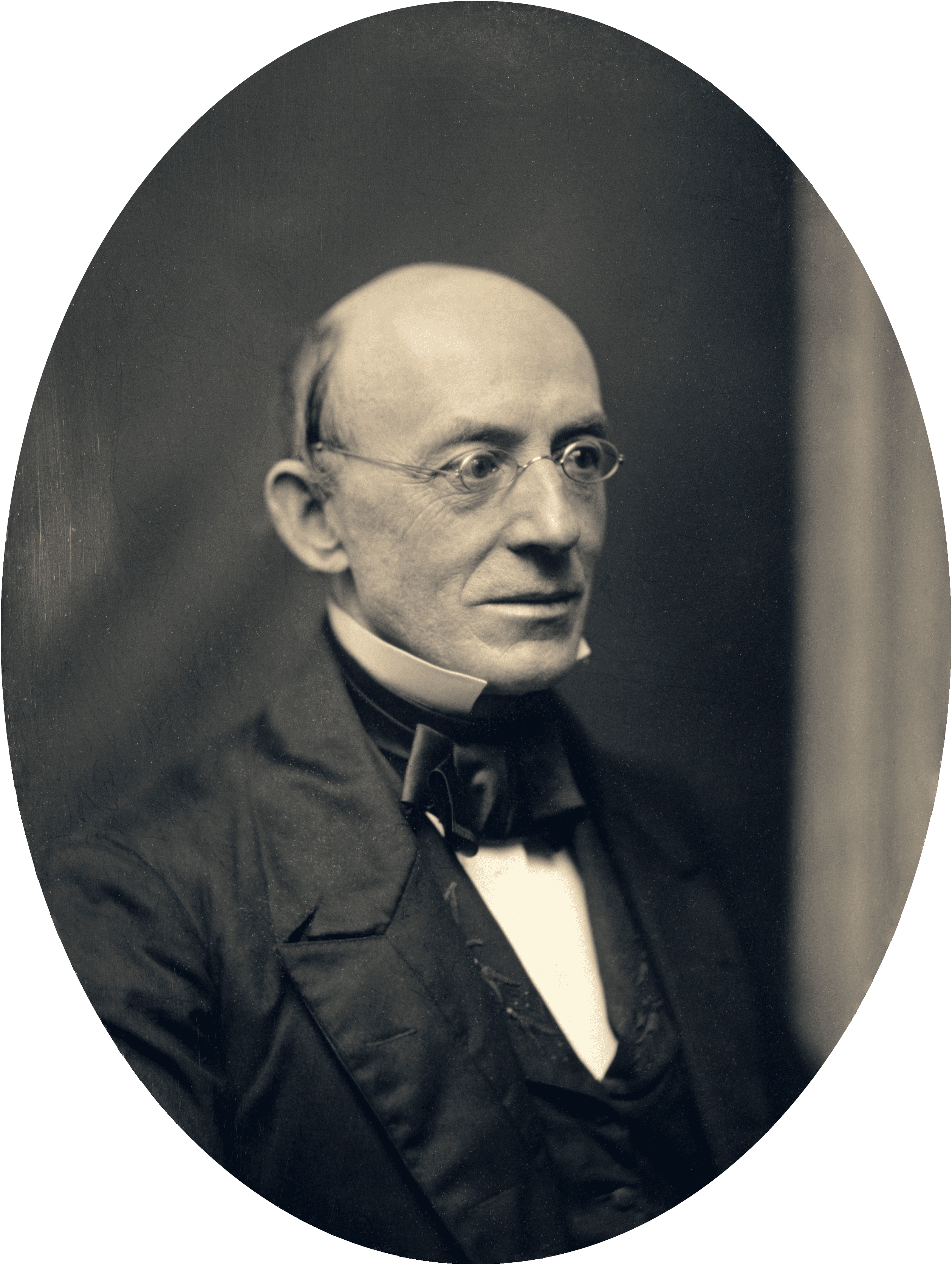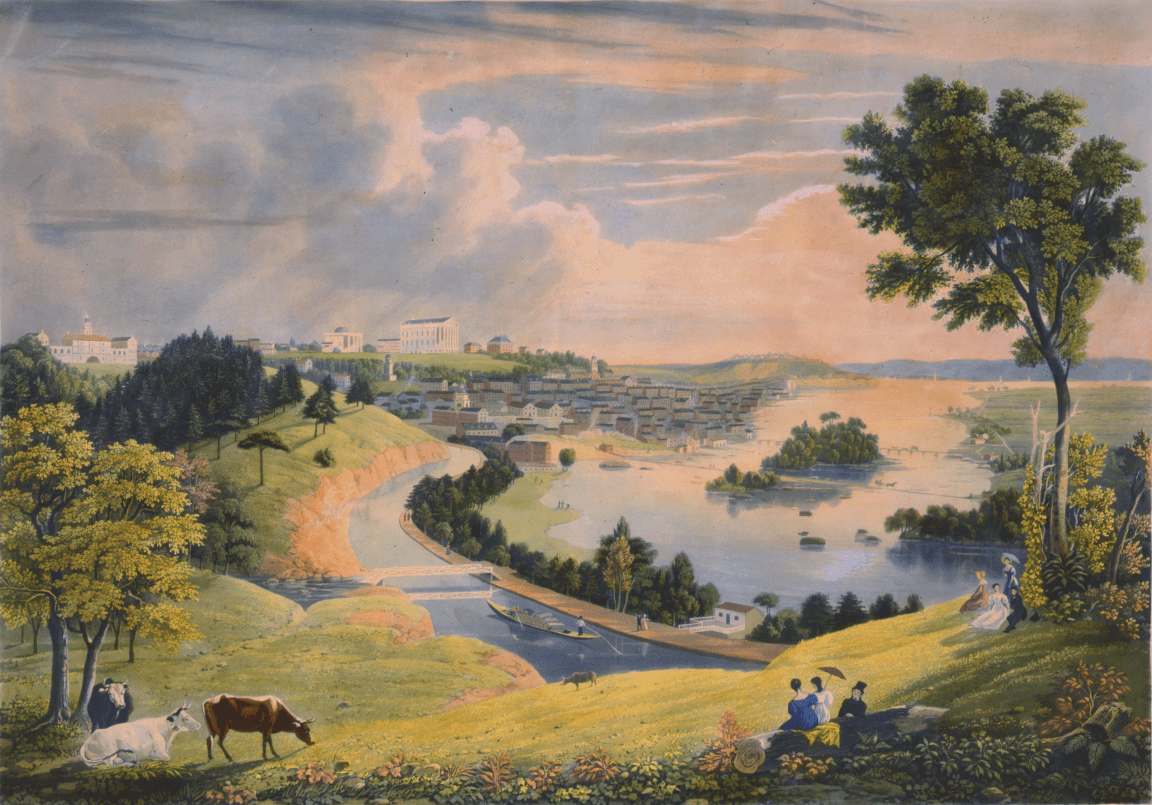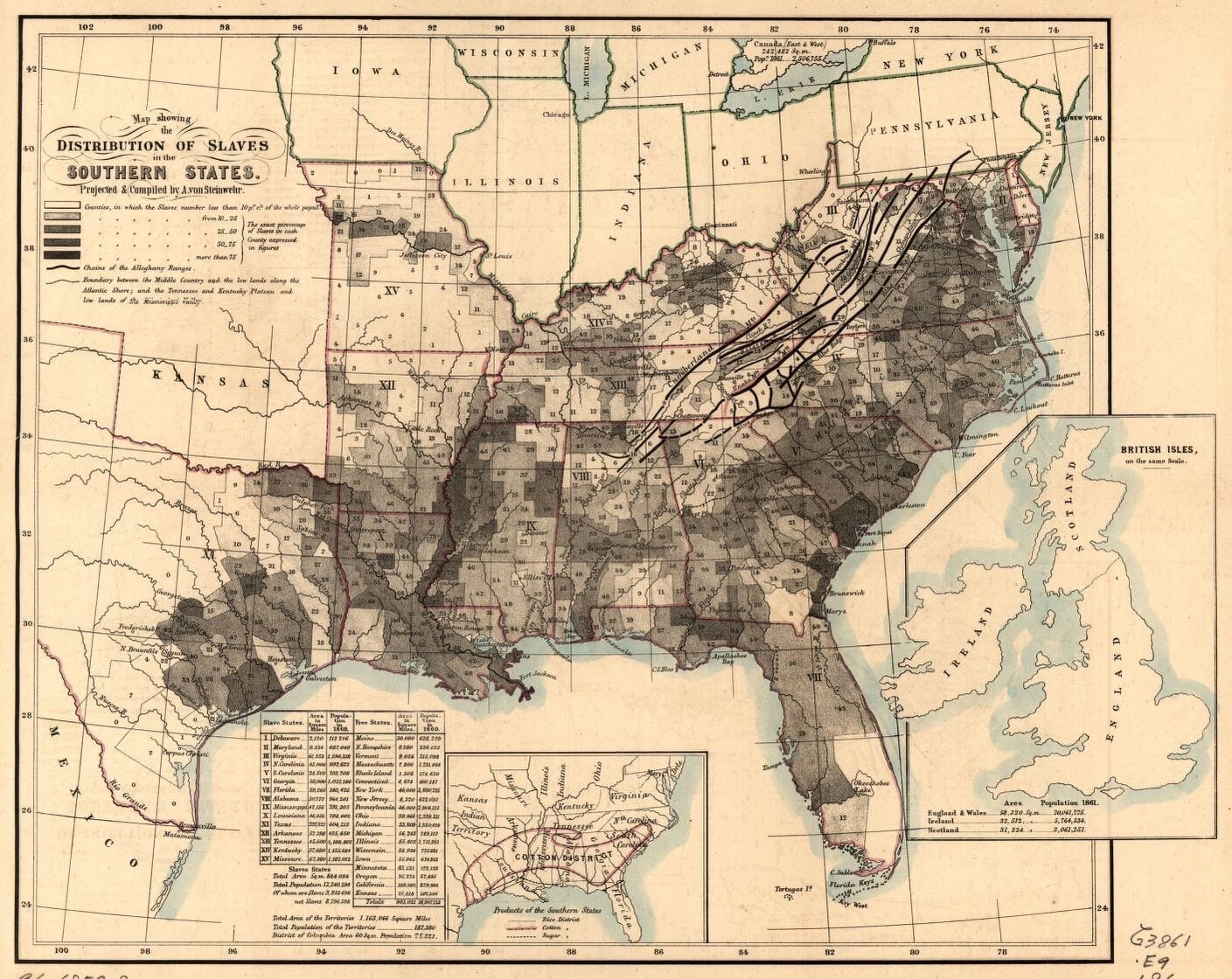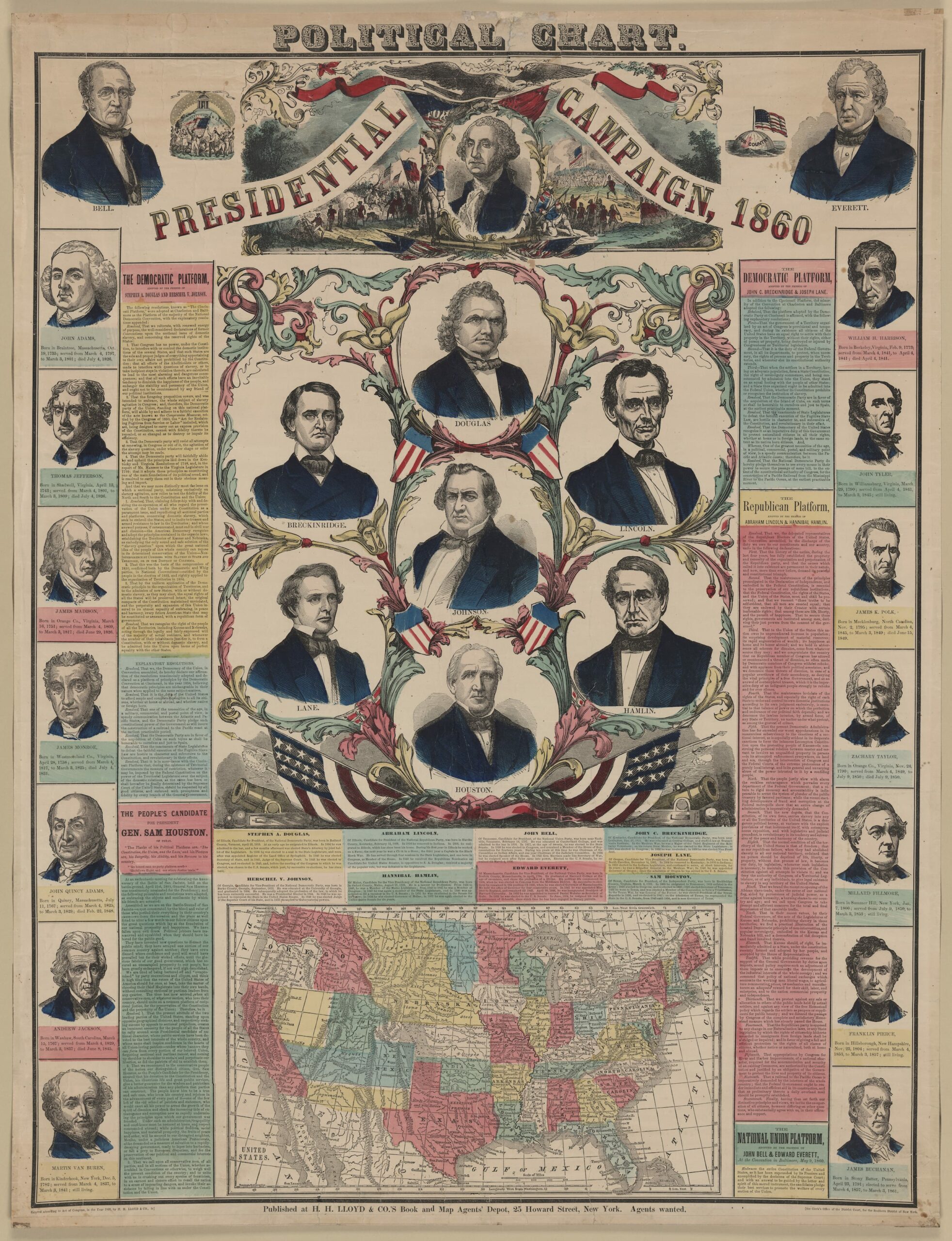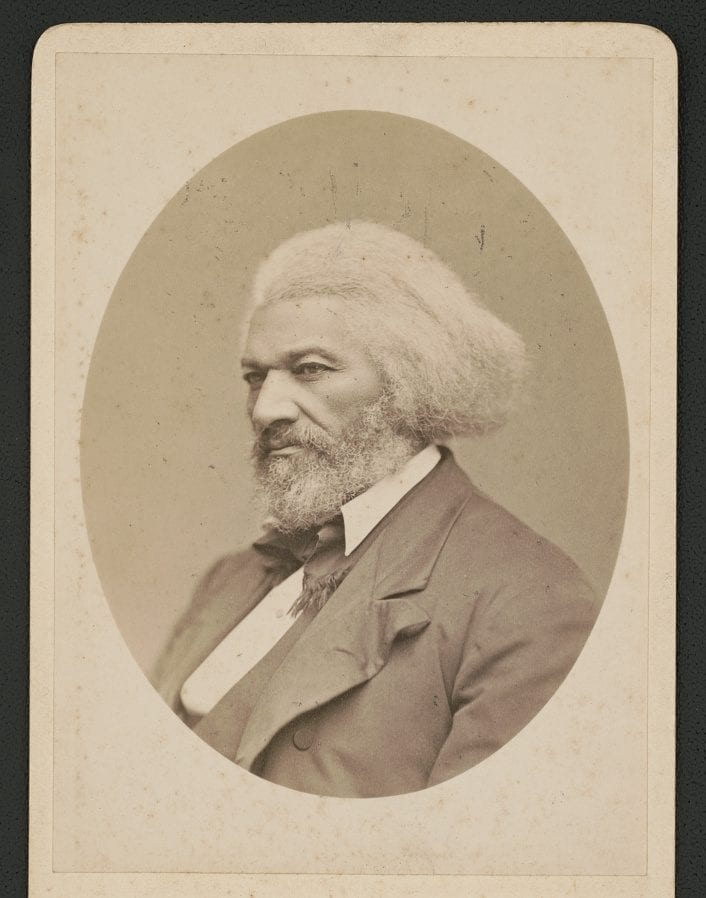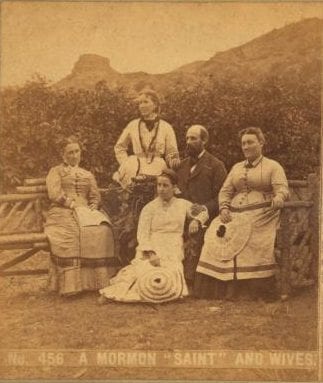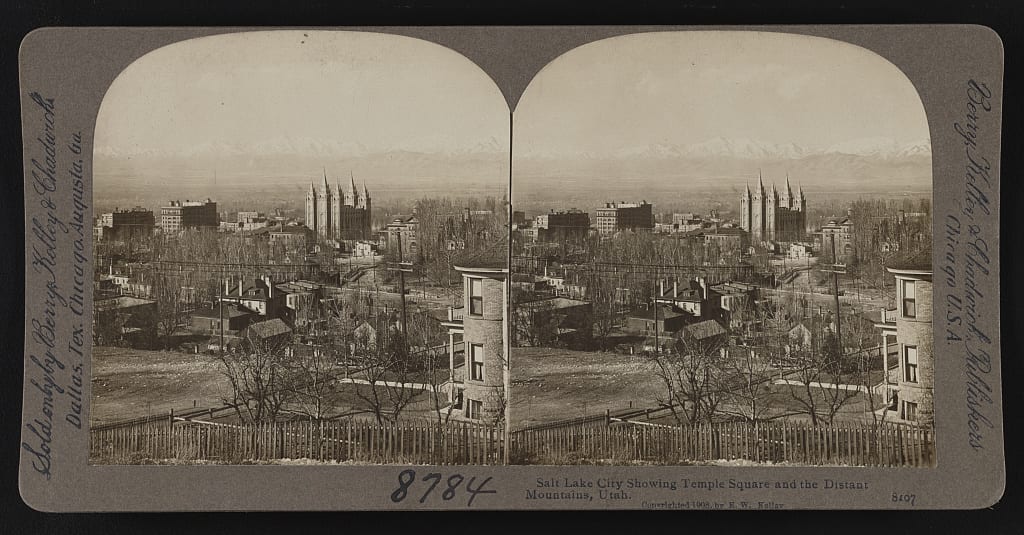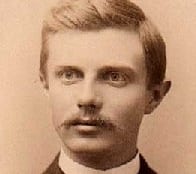
Introduction
Frank W. Gunsaulus (1856–1921) was a prominent minister and educational reformer in Chicago. In October 1890 he addressed the New West Education Commission, a nongovernmental organization, at a particularly interesting time in its work. The commission was established in 1879 to help Christianize the West. In particular, its purpose was to combat the influence of Mormonism and Catholicism—neither truly Christian religions in the view of the Protestant commission. The commission focused its work especially in Utah and New Mexico, where Mormonism and Catholicism, respectively, were particularly influential. During its life (it merged with the Congregational Education Society in 1893), according to its summary report, the commission established forty-one schools, mostly in Utah.
In 1890 two events had occurred of particular interest to the commission. First, the Mormon Church—officially the Church of Jesus Christ of Latter-Day Saints—had proclaimed that its members would no longer practice polygamy. Second, the voters of New Mexico for the second time had voted down a constitution, and thus ended a bid for statehood, because the constitution would have established secular schools. Gunsaulus saw the Mormon proclamation as a mere ploy to help win statehood and ensure its political dominance of the state, while the defeat of the constitution set back hope for a public school system that would have reduced Catholic influence in New Mexico.
Mormon influence had been predominant in what became Utah since Mormons first settled there in 1847. The Utah Territory was created in 1850 out of land acquired by the United States in the Treaty of Guadalupe Hidalgo (1848), which ended the Mexican-American War. Forty-six years passed before Utah became a state, however, in large part because of other Americans’ opposition to the Mormon practice of polygamy. Two U.S. Supreme Court decisions (Reynolds v. United States, 1879 and Murphy v. Ramsey, 1885) gave polygamy no protection. The Mormon Church announced in 1890 that it no longer allowed the practice.
New Mexico likewise became a territory in 1850 from land acquired by the United States in the Treaty of Guadalupe Hidalgo. Its population was largely Hispanic and Catholic, and the Catholic Church provided the territory’s schools. In 1867 the territory’s archbishop invited the Jesuits, a Catholic religious order, to improve the schools. As non-Hispanic Americans moved to the territory, Catholic influence over education became a political issue. In 1872 a controversy developed around a proposal for statehood and a state constitution that required secular schools. Voters rejected the constitution, and therefore statehood. The same thing happened in 1890, the vote rejecting secular schools, a proposed state constitution, and statehood taking place only a week before Gunsaulus spoke to the meeting of the New West Education Commission. In both 1872 and 1890, the Catholic Church opposed adoption of the constitutions, with the Jesuits taking a very public role in defense of the Church’s position. Mexico eventually became a state in 1912. Catholic priests and nuns did not stop teaching in New Mexico’s public schools until 1951.
Source: Addresses at the Annual Meeting of the New West Education Commission, held October 14, 1890 in the First Congregational Church, Chicago (Chicago: n.p., 1890?), available at https://babel.hathitrust.org/cgi/pt?id=uc2.ark:/13960/t58c9th0h&view=1up&seq=3.
I rejoice today, in looking into these faces, that we come together, with a very clear understanding of the triumph in whose glory this Education Commission holds its anniversary meeting. Never so certainly did she stand in the presence of the problems of the hour, flushed with victory, as she does at this moment. Never so truly were her foes ready either to apologize for their lingering existence, or to hasten to bury their dead, or to make earnest protests against any suspicion of disloyalty on their part, either to the government or to evangelical Christianity. . . .
It is clearly understood today that one acre of the land such as is now coming under the influence of one or the other element in the far West, is worth more, for agricultural purposes, than three acres of land such as we have in the prairies of Illinois, Wisconsin, or Michigan. It is well understood, also, that this land, having such opportunities, is always to be attractive to those invading elements coming along the lines of latitude far from the East toward the West, to influence that future with their thought, and to control perhaps the markets of America ultimately with the certainty and the vastness of their product. No one can stand in Salt Lake City with an intelligent Mormon, and see him point his finger toward Arizona and New Mexico, without feeling that there is a well-settled understanding upon the part of that hierarchy,[1] that there the agricultural future of the West abides, and that whatever power controls this great territory, whatever energy takes hold of the leadership of its material forces, is sure to influence for all future time the wealth, nay, the political directions of thought in our beloved America. . . .
. . . Into that valley[2] now, by the direction of the Mormon priesthood,[3] the Mormons of the north, disenfranchised in Utah and Idaho,[4] are pouring. With an almost startling rapidity, the very best lands, under irrigation by means of canals which have been run along these same old ditches, are being taken by men who have within their hearts no loyalty to the flag, no respect for what we know as the Christian home, and the deepest hatred of those institutions and inspirations which are dear to the heart of our Christian civilization. . . .
. . . I saw for myself such [mineral] richness hidden within the earth—aye, did I say hidden—lying upon the very crust of the planet, as would lead one to conclude that he had at least touched in reality something vastly more splendid than an Arabian dream. These mines are waiting to be touched into productiveness, but the finances which they represent are waiting to be moved upon, penetrated, and dominated by some kind of religious or political conception which will, at last, attach them to the very best interests of mankind. . . .
. . . No man can sit in the office of the New West Education Commission and feel pouring in upon him from every point of view the importance of these facts, without feeling in his soul the prayer that should stir all the churches to renewed effort, that by some means Christ’s ideal and spirit may be enabled to dominate with spiritual impulses these great material facts. . . .
. . . It is the distinct announcement of this New West Education Commission that the work to be done is the work of uprooting and tearing out of the human soul those seeds of vice and lust and sin that lie at the base of all this disloyalty, that are in themselves the damnation of the Christian home, that in themselves hold all the possibilities of evil, and distribute those possibilities of evil into the minds and hearts of the people. So the New West Education Commission alone is unblinded by the fact that President Woodruff has issued a certain proclamation.[5] . . .
There never was such system of political lying as today is nourished by the Mormon Church, and never before, my friends, was there such an instant, overwhelming demand for the work of the New West Education Commission to give to Idaho and Utah and New Mexico and Arizona and all that territory a conscience that must lie behind the greatness and the strength of American citizenship everywhere. . . .
But I look at the Mormon question[6] as it touches Utah and Idaho as an exceedingly small question in comparison with that vaster question which touches you in Boston, which touches us in Chicago, which, today, above all other questions in the state of Wisconsin, makes the air electric; and which this fall in this state of Illinois demands from every loyal citizen his utmost concern and deepest thought. I refer to the great question as to the supremacy and permanence of the common school[7] in America, against the aggressions of the Jesuit party as moved and controlled by that Italian despot sitting in the Vatican at Rome. . . .
Every man who knows the politics of the Southwest understands perfectly well that New Mexico, in wealth, in political importance, in vast openings from which come the hopes of a great financial future, in every way worthy of statehood, if only she has the common school to guide her people, to instruct her children, to pour the elements of republicanism and democracy into the child’s breast, to give him love of self-government, to make him absolutely free of the autocracy of any foreign power,[8] to assist him to that kind of thought which will make him feel that every thread of the flag means the future of a better humanity. But eight months ago the Roman Catholic hierarchy saw that, if New Mexico went into the Union at all, she must go in with this common school. The Pope of Rome has always understood that the common school was opposed to the dictatorial nature and arrogance of the Vatican. He knows that today the common school stands between him and rulership in the nineteenth century. . . . [T]he common school today stands as the one great barrier through which the Pope may not ride to power in this land. (Applause.) This was seen so clearly in the Southwest, that on that old ground which Protestantism has never yet tried to control, the papacy recently erected its barriers against the admission of New Mexico to statehood. The question involved the reception or the rejection of their state constitution. It was a constitution drawn so clearly favorable toward the public schools by every affection that brought it into existence, that the papal power at once demanded its defeat. From Romish priests orders were spread over New Mexico, which I was told by Catholics themselves that they dared not disobey. Merchants of New Mexico have been boycotted by their Catholic friends. The old Mexico . . . coming up into our new dominions, demanded that this constitution should suffer a serious defeat. If today New Mexico will abandon the common school, the Catholic hierarchy will place her among the list of states.[9] Without the common school, she has the Catholic vote; with the common school, she has no political importance. The New West Education Commission at Albuquerque, at various places in New Mexico and the Southwest, stands as the prophetess of the coming common schools. She stands guarding, before the minds of that priest-ridden people, a school so rich in hopes for their children that it is impossible for them to omit to see the richness, the beauty of this new educational force. They cannot help but see, I say, how strongly the public school means to guarantee the best interests of mankind. . . .
. . . It is entirely impossible, even by the laws of New Mexico and Arizona, to create a [public] school fund. In both of these territories, the two richest territories in the Union, in my judgment, the territories that more than any other in this Union will repeat the financial miracles of Southern California, it is impossible, I say, to stir any sort of public interest in a common school, without opposition of the priesthood.
These representatives of our New America—the representatives of our New West Education Commission—stand therefore with the dawn upon their foreheads, with the morning in their hearts, with the whole future of our common Americanism in their hands. No such advance guard ever lived as the advance guard for the protection of the common schools; no representatives of that brave army who will hold this institution to republicanism, to Americanism, to human hope, have surpassed our beloved representatives of this New West Education Commission.
- 1. The Mormon Church.
- 2. Near Casa Grande, Arizona, a settlement established in 1879 during a silver-mining boom
- 3. The officials of the Mormon Church.
- 4. In 1882, Congress passed the Edmunds Act, which prohibited polygamists from voting. The law vacated all elected offices in Utah and set up a commission to issue certificates to candidates who denied belief in or the practice of polygamy. The certificate allowed them to run for office.
- 5. Gunsaulus refers to the proclamation by Wilford Woodruff, president of the Church of Jesus Chris of Latter-Day Saints, in 1890 that church members were not to practice polygamy.
- 6. “Mormon question” referred to the debate about whether the principle of religious freedom protected the Mormon practice of polygamy and allowed Mormons to engage fully in American political life. It included the question of the terms on which Utah would be allowed to become a state.
- 7. Public school.
- 8. An allusion to the claim that Catholics, and especially the Catholic Church, in America did the bidding of the Pope.
- 9. Gunsaulus was suggesting that the influence of Spanish and Catholic Mexico still controlled—came up into—New Mexico despite the cession of the territory to the United States in 1848, and that if New Mexico were to join the Union without secular public schools, the Catholic Church would no longer use its influence to block statehood.
The Significance of the Frontier in American History
December 31, 1893
Conversation-based seminars for collegial PD, one-day and multi-day seminars, graduate credit seminars (MA degree), online and in-person.
